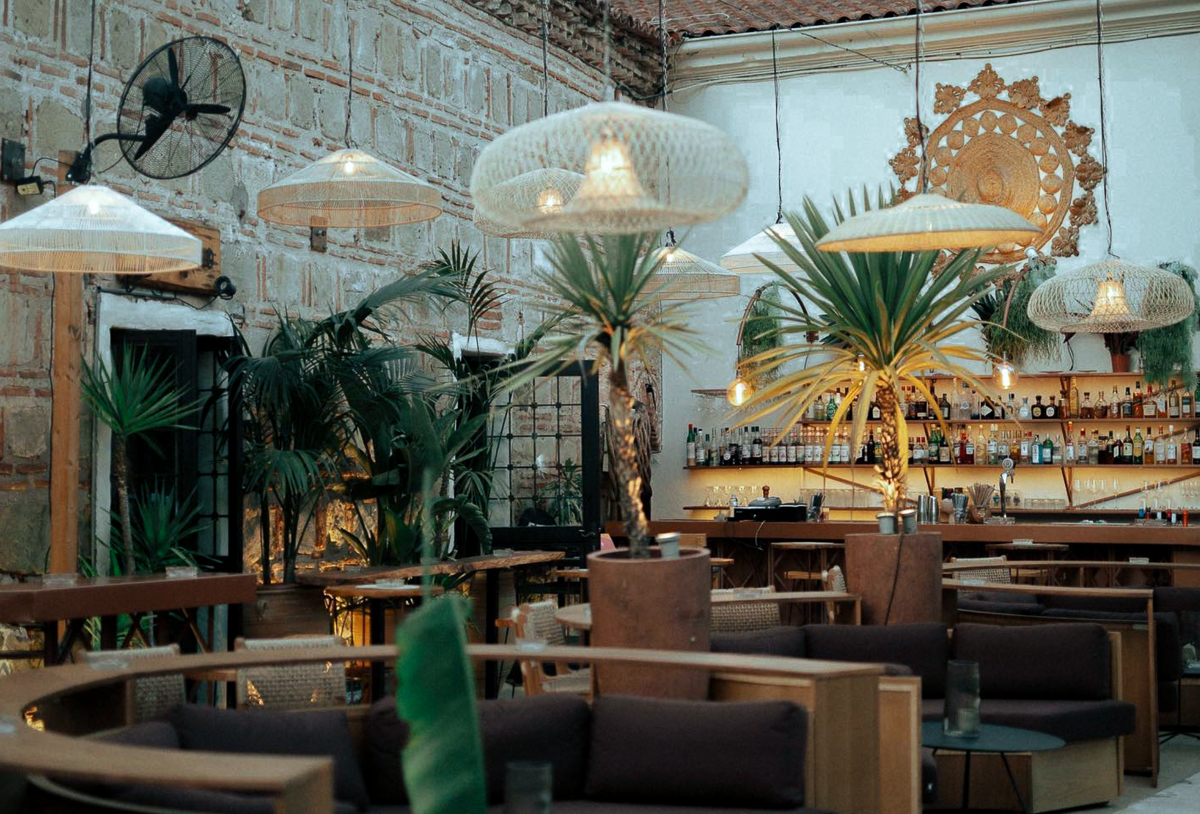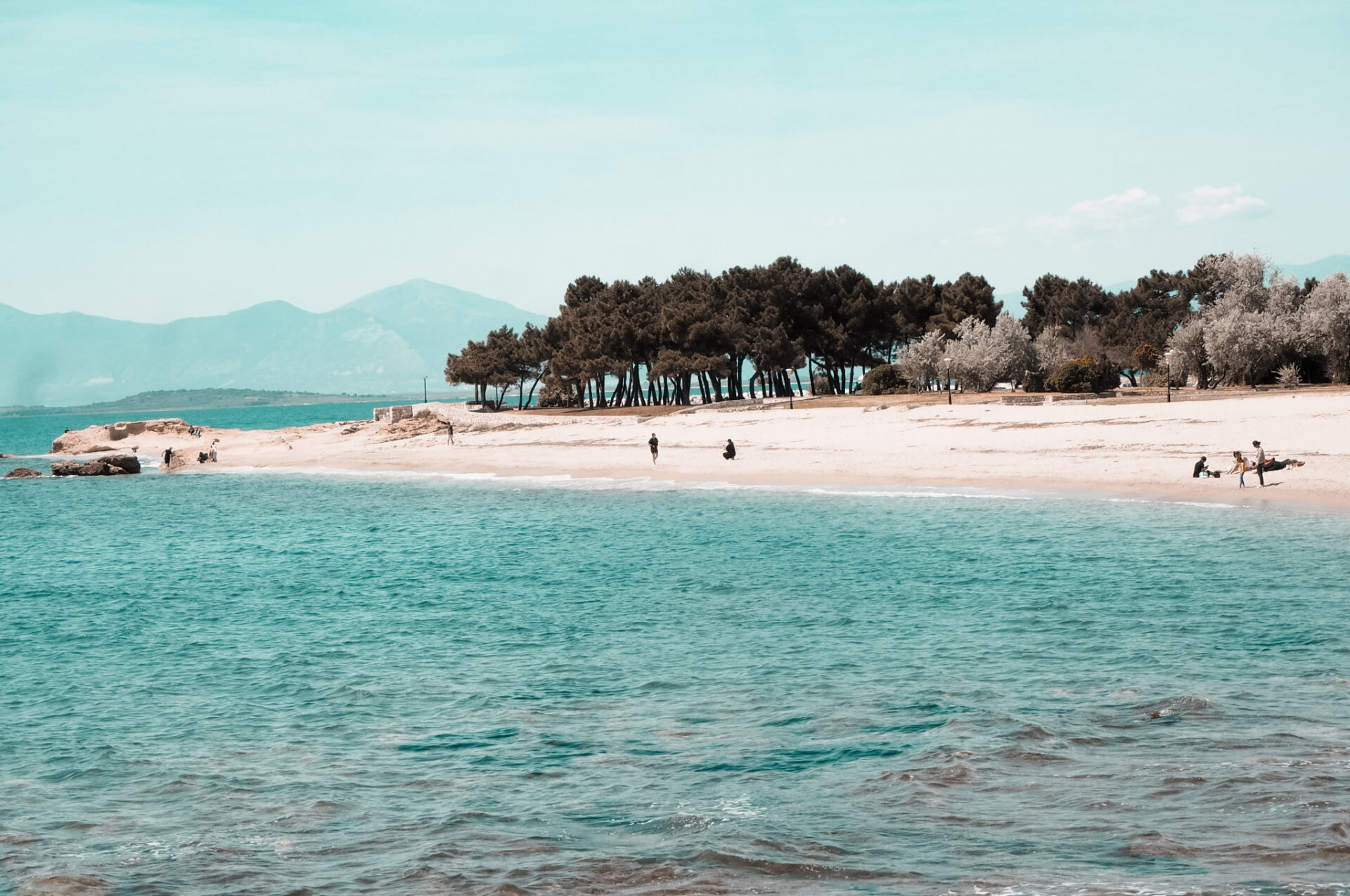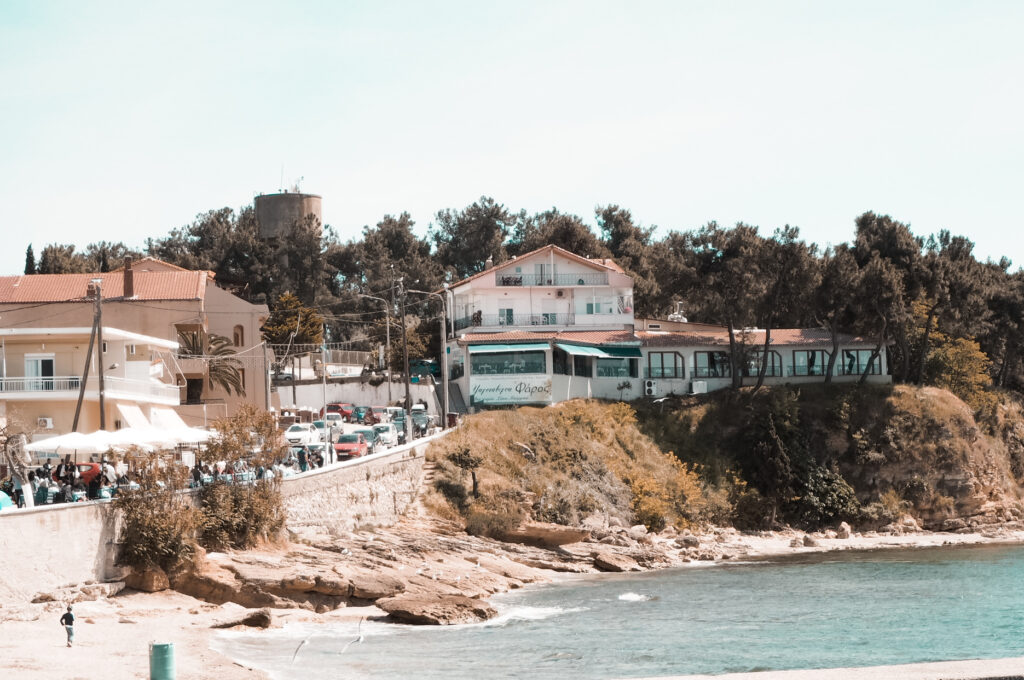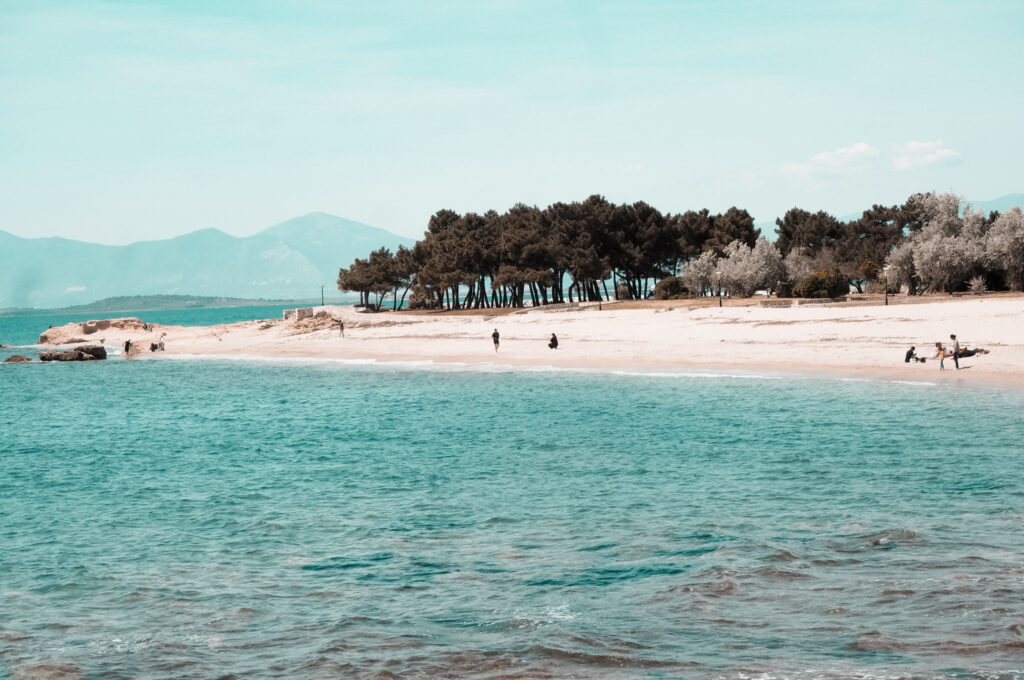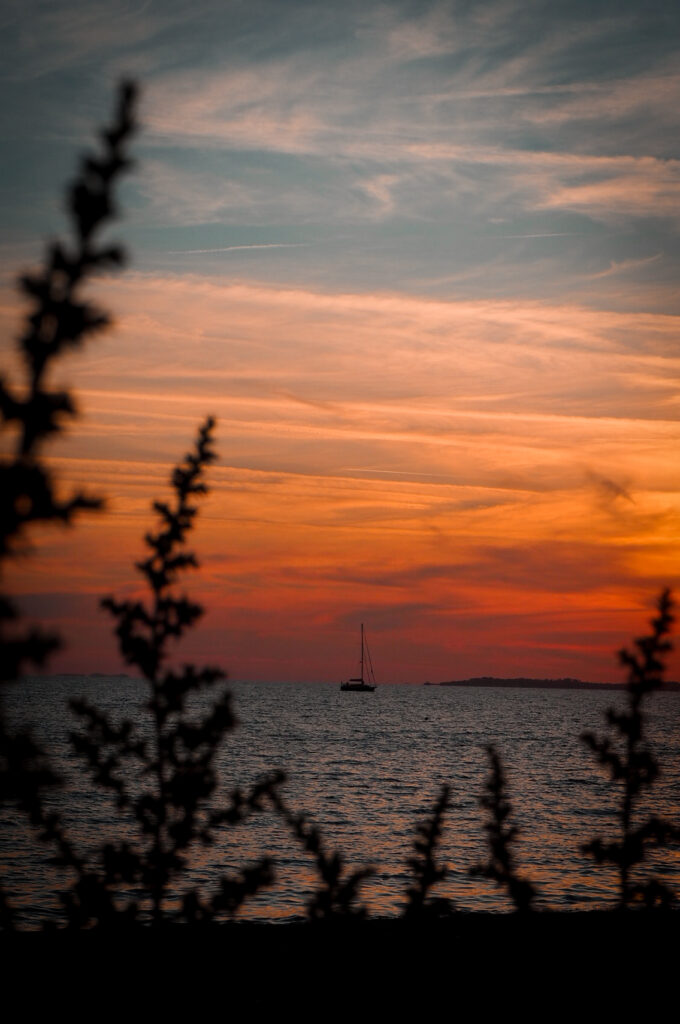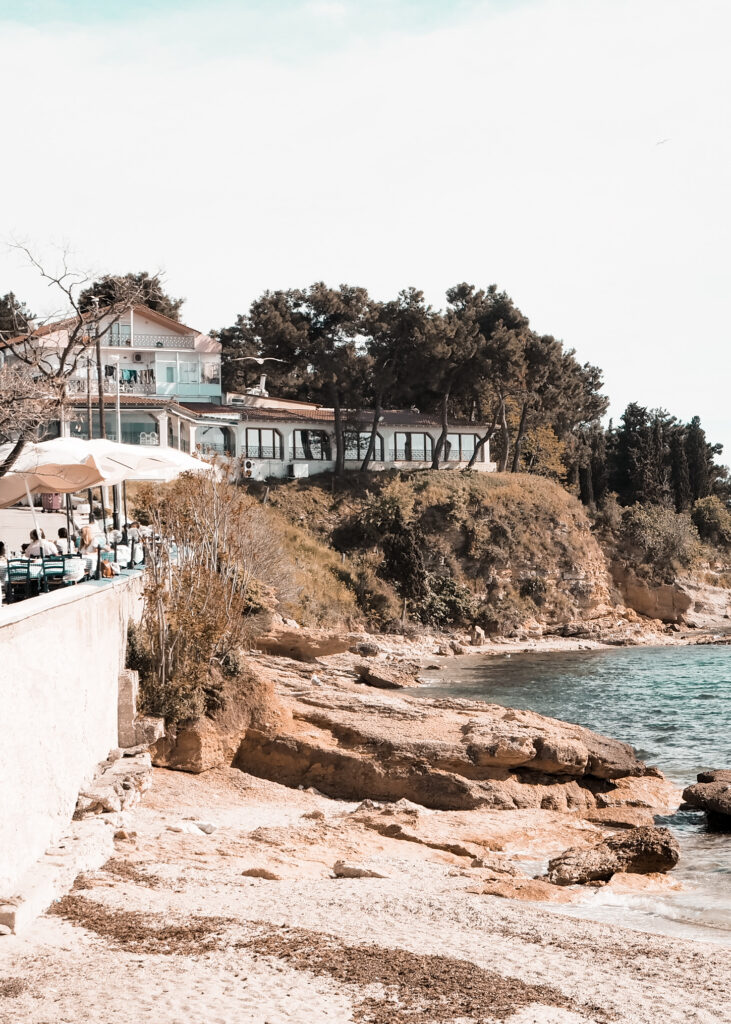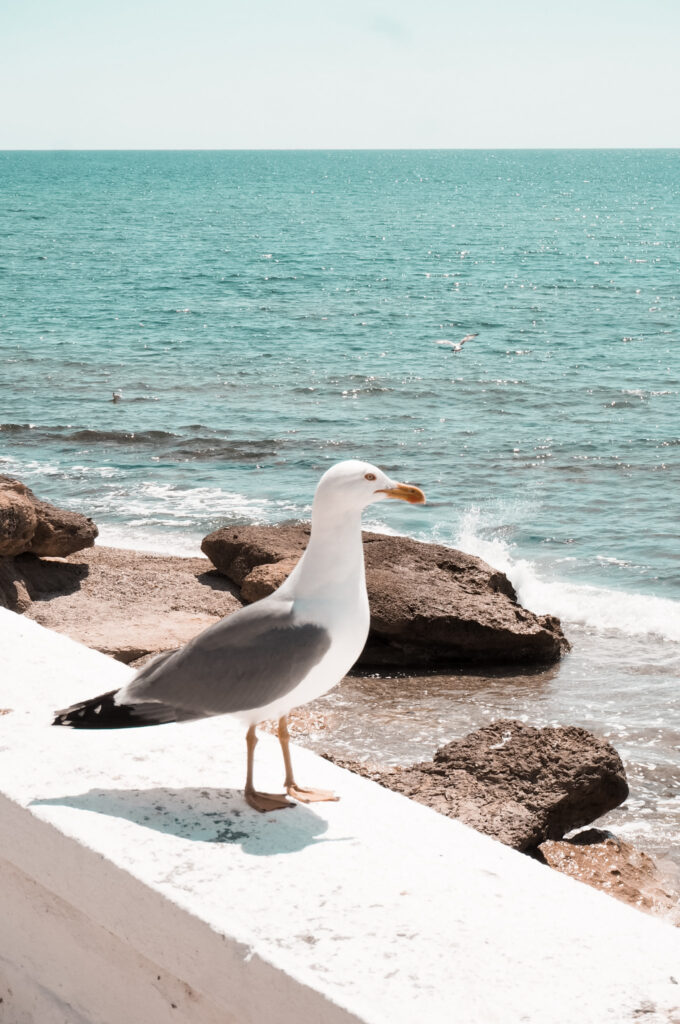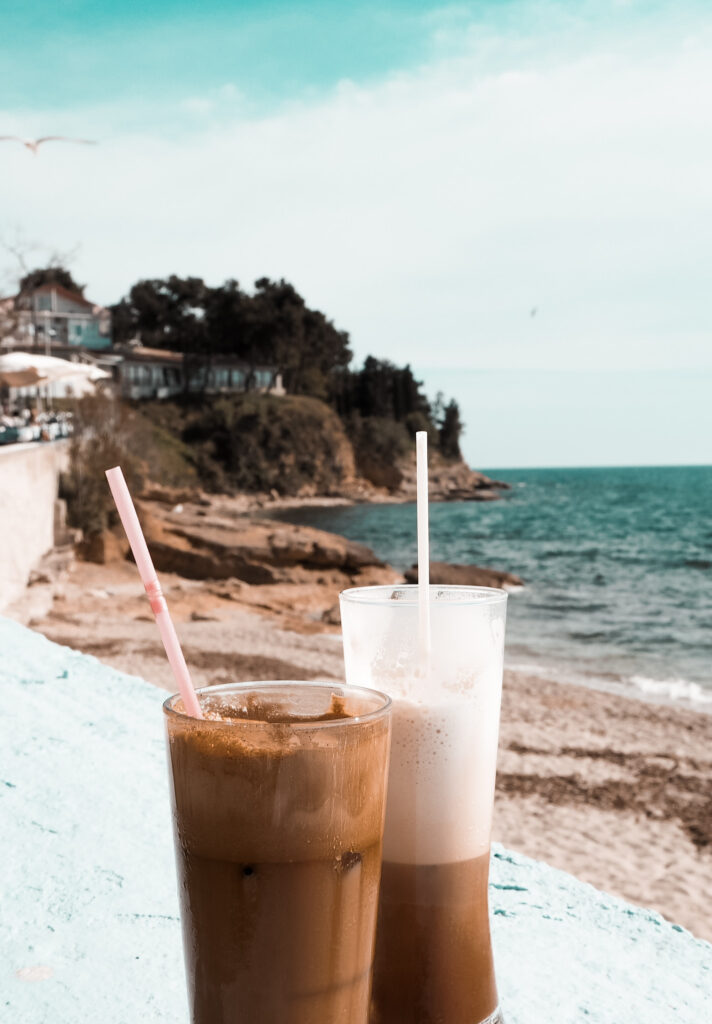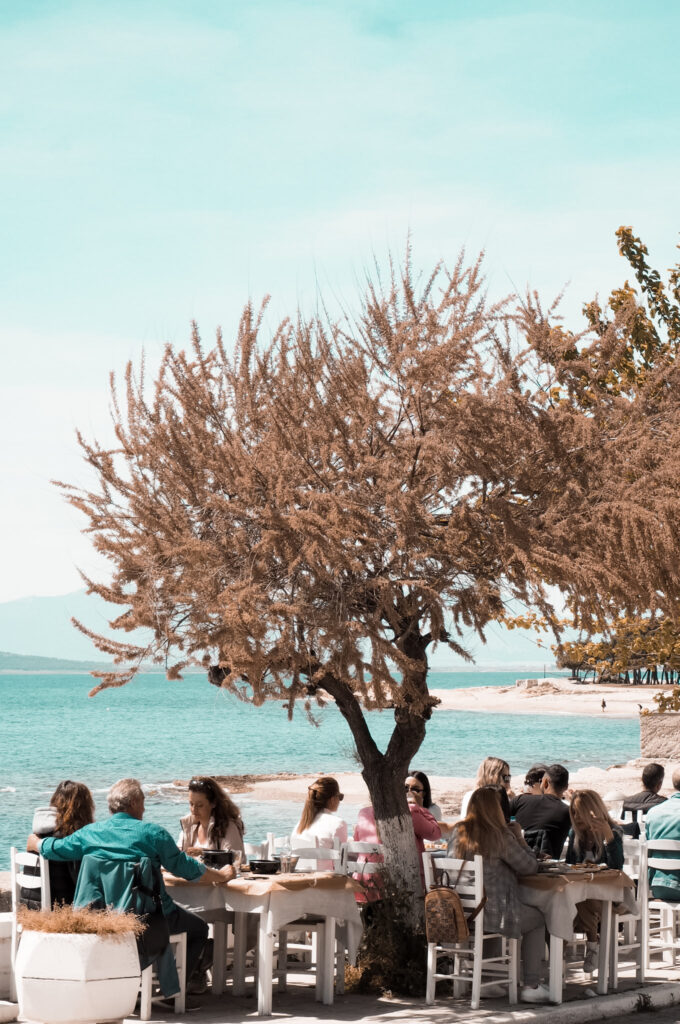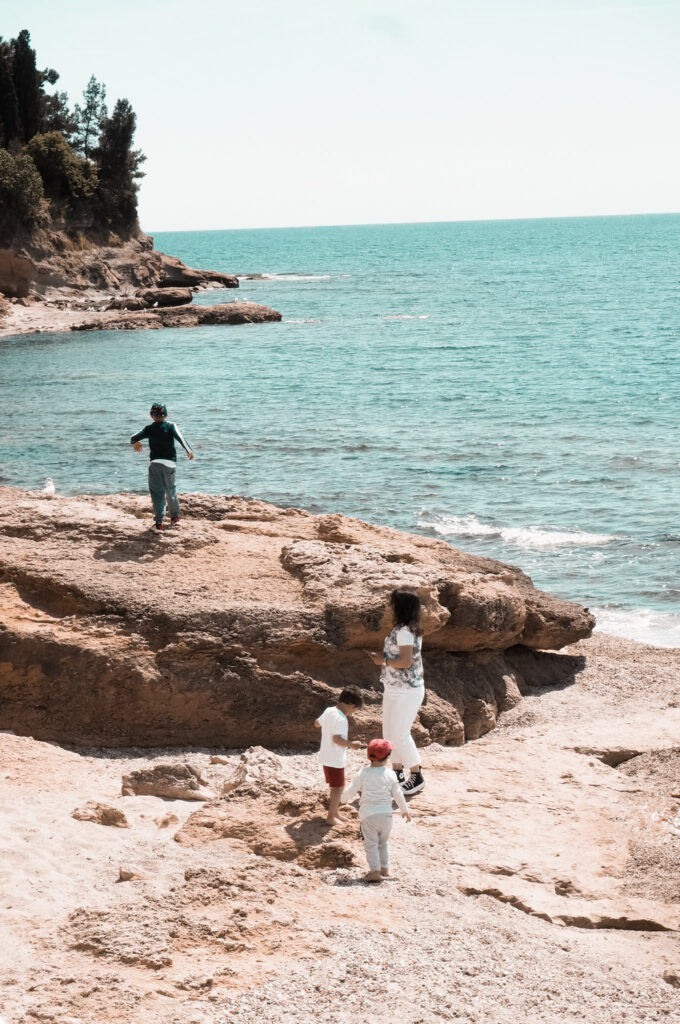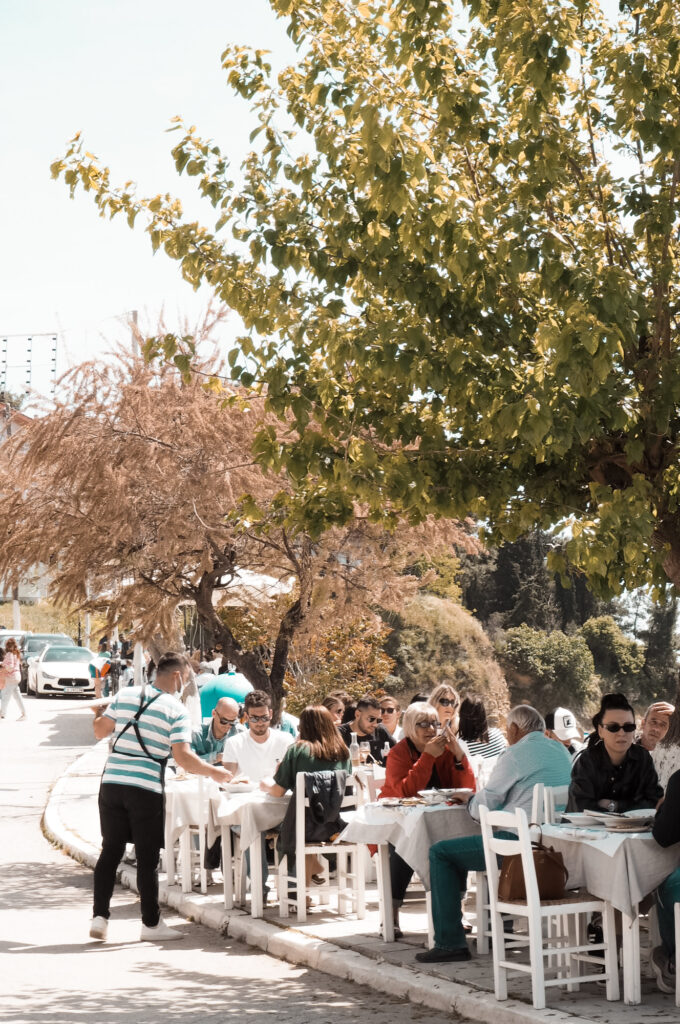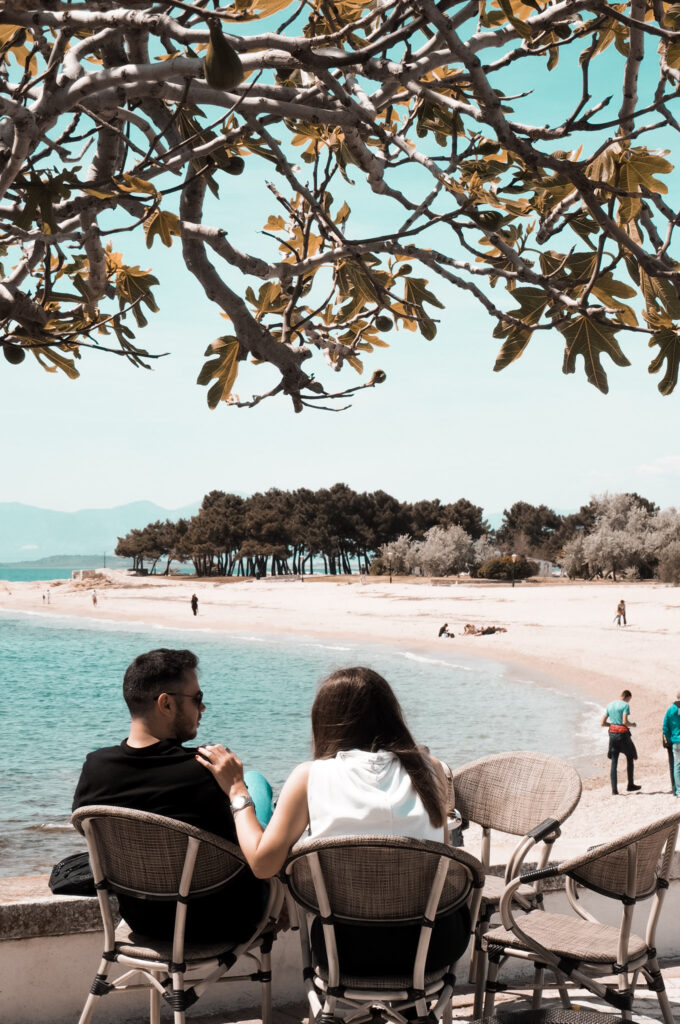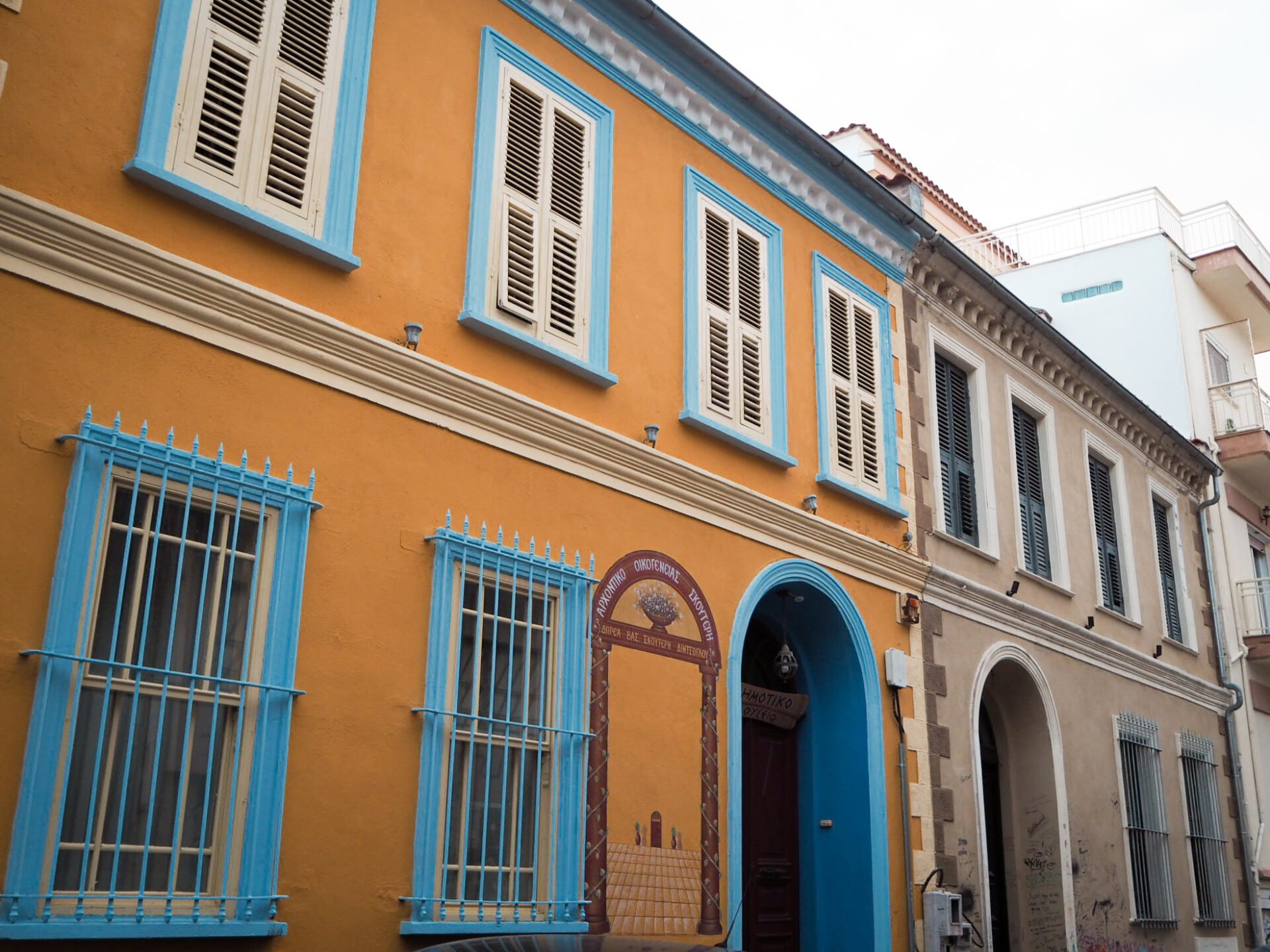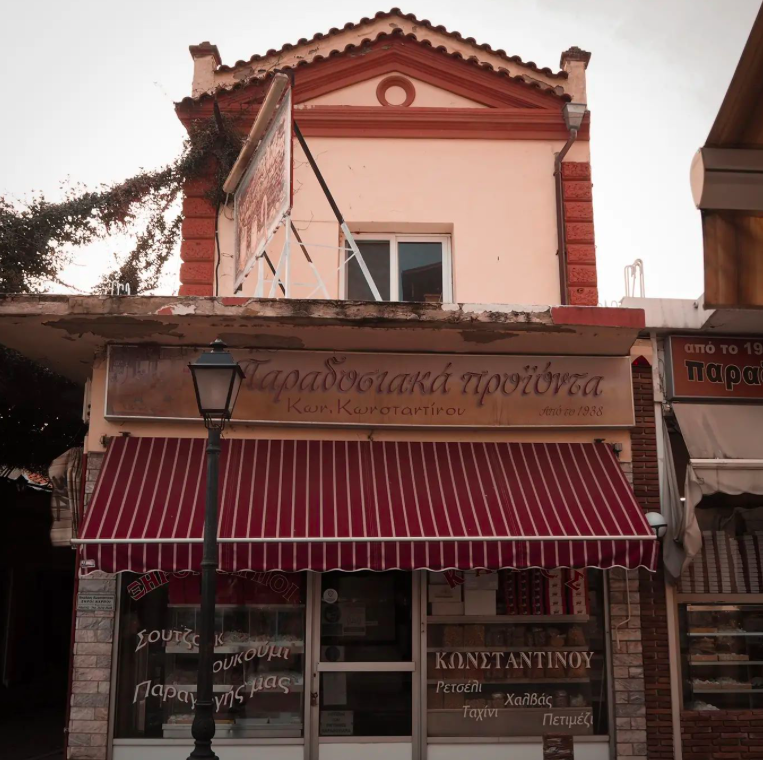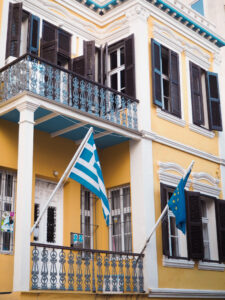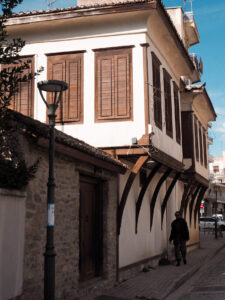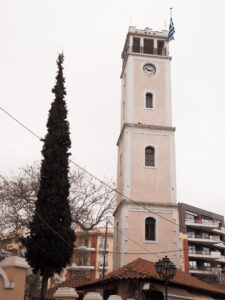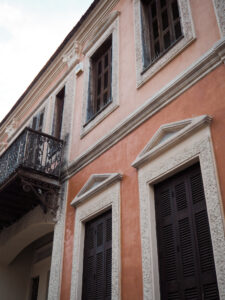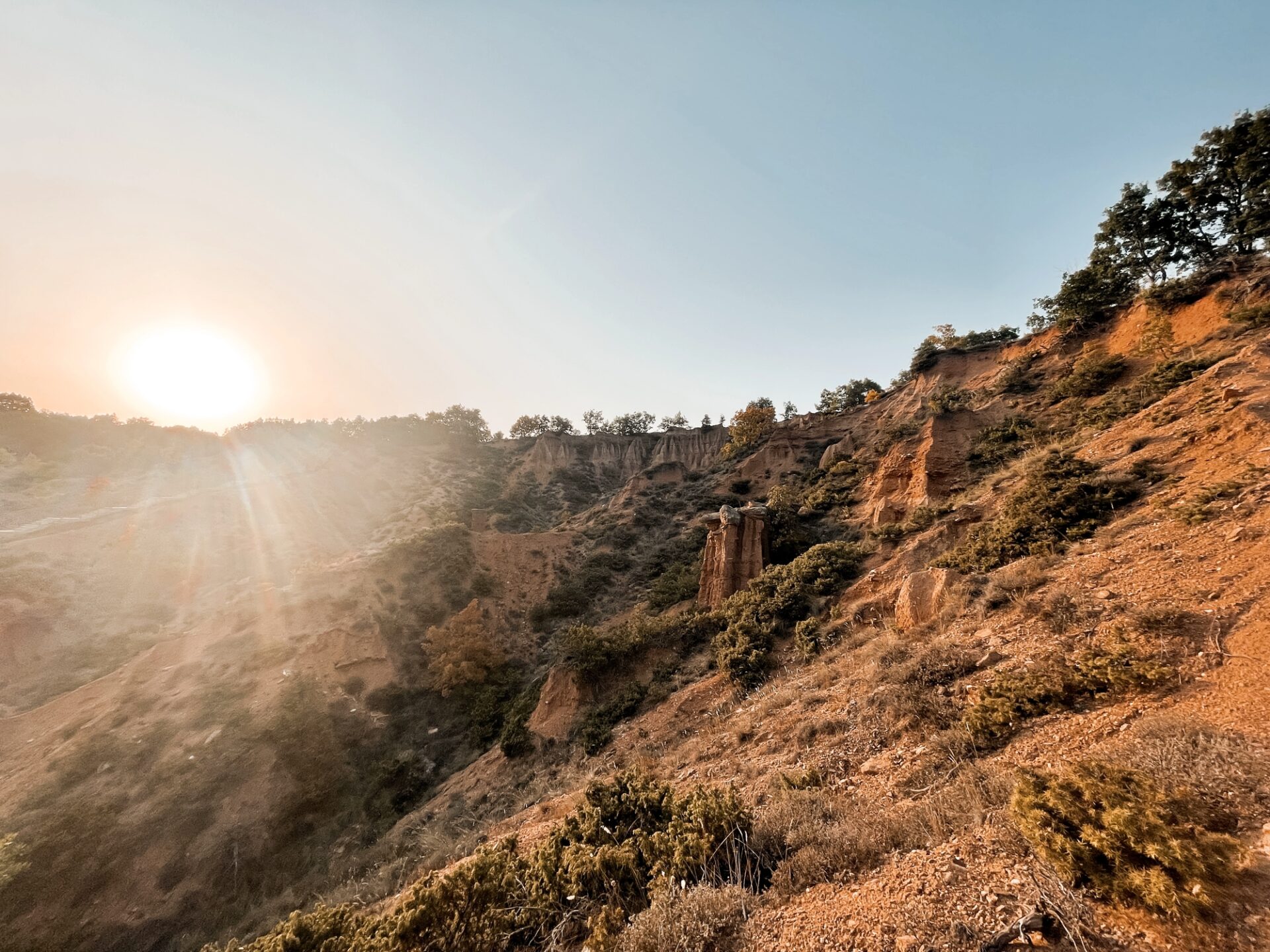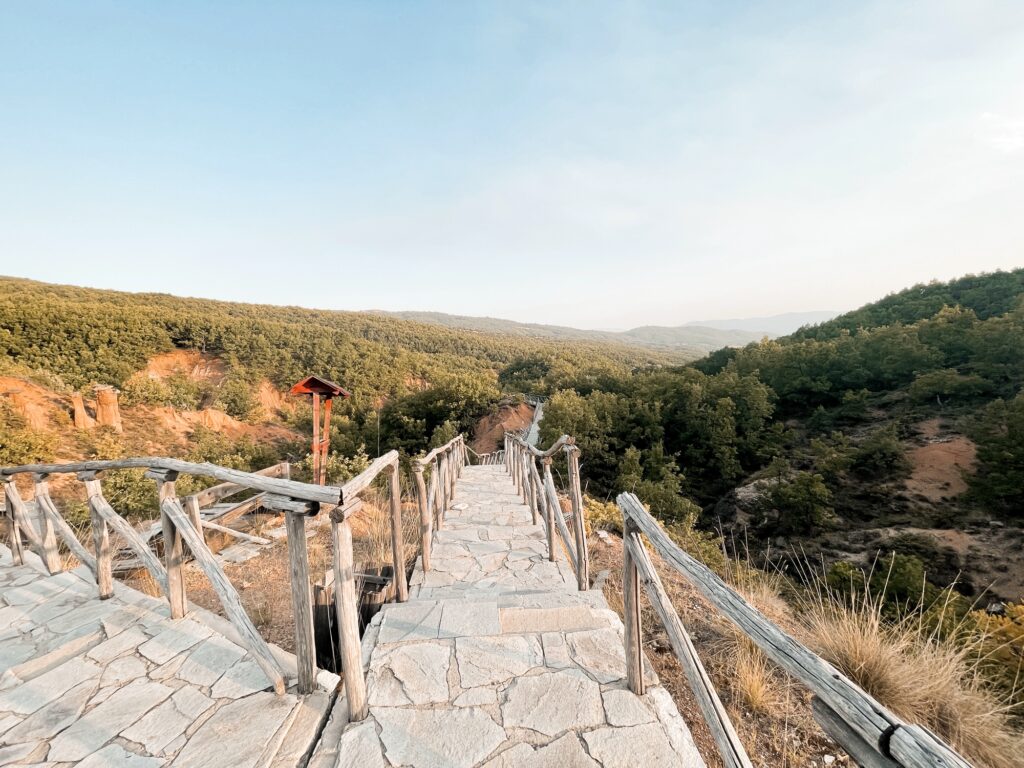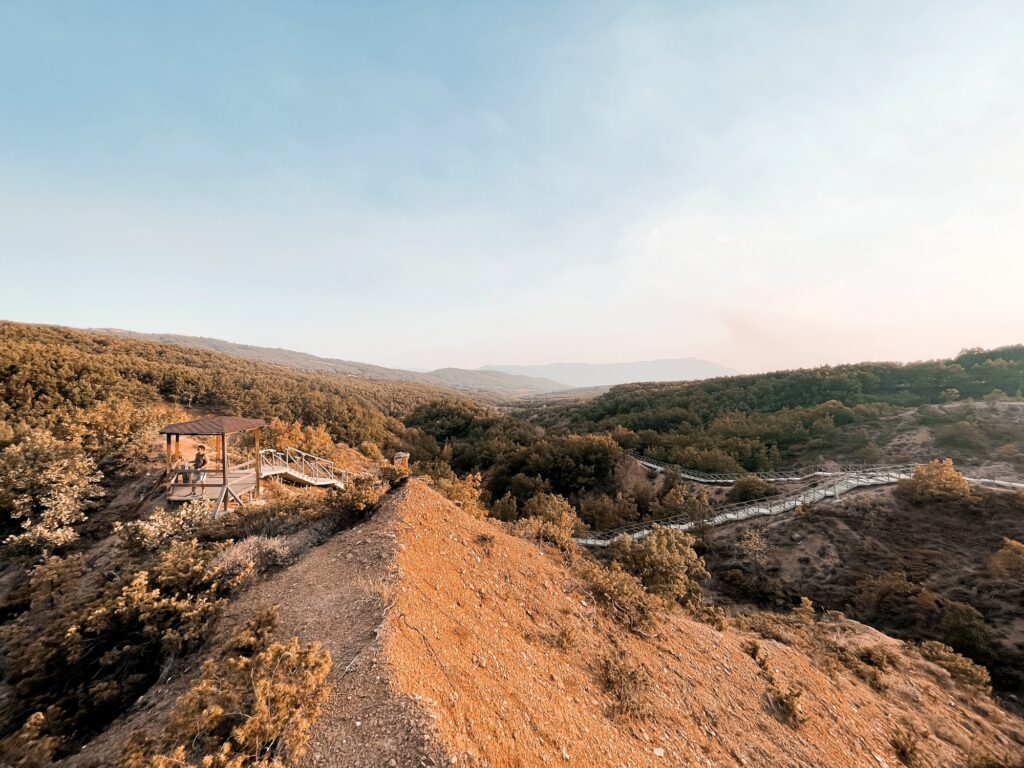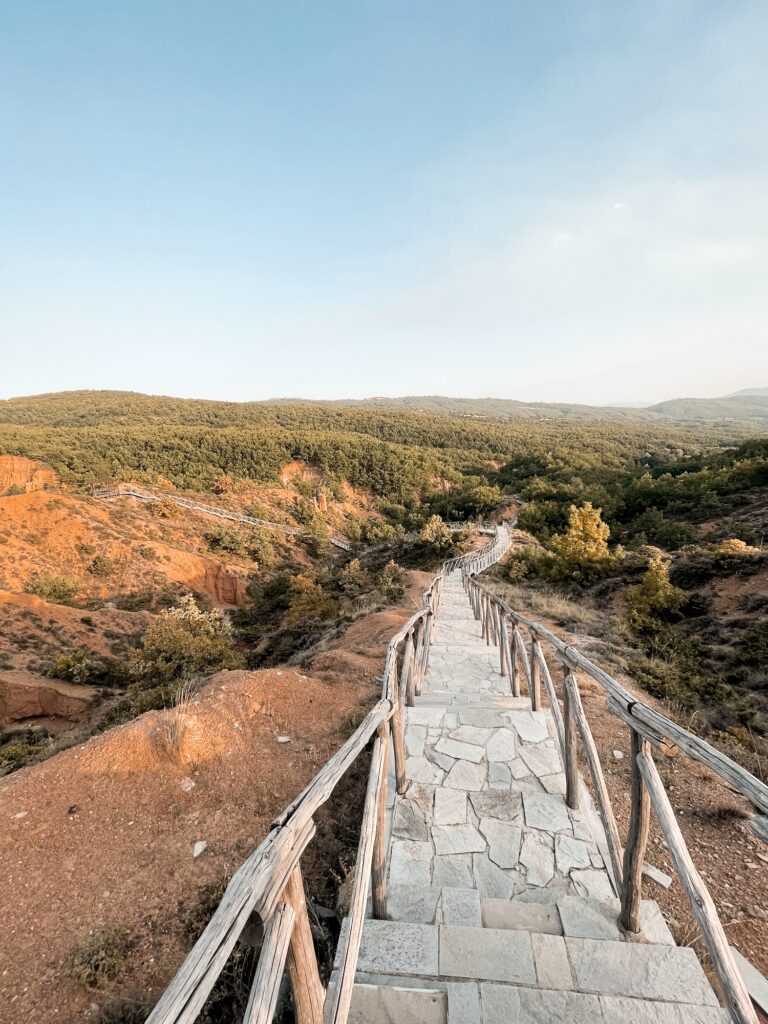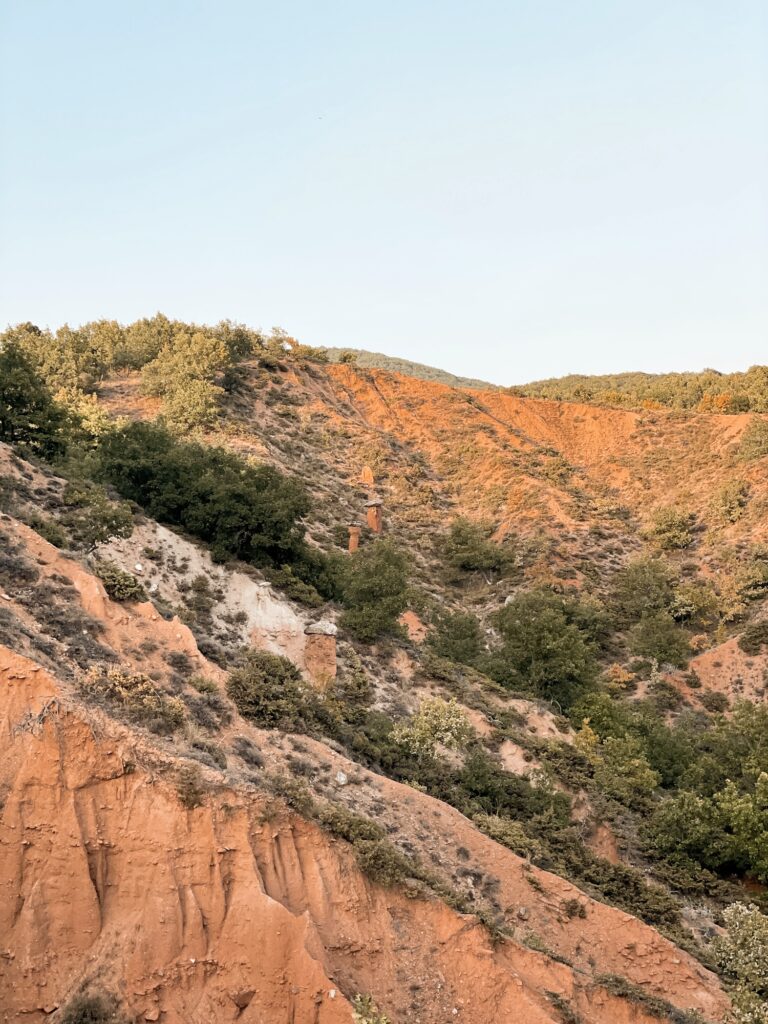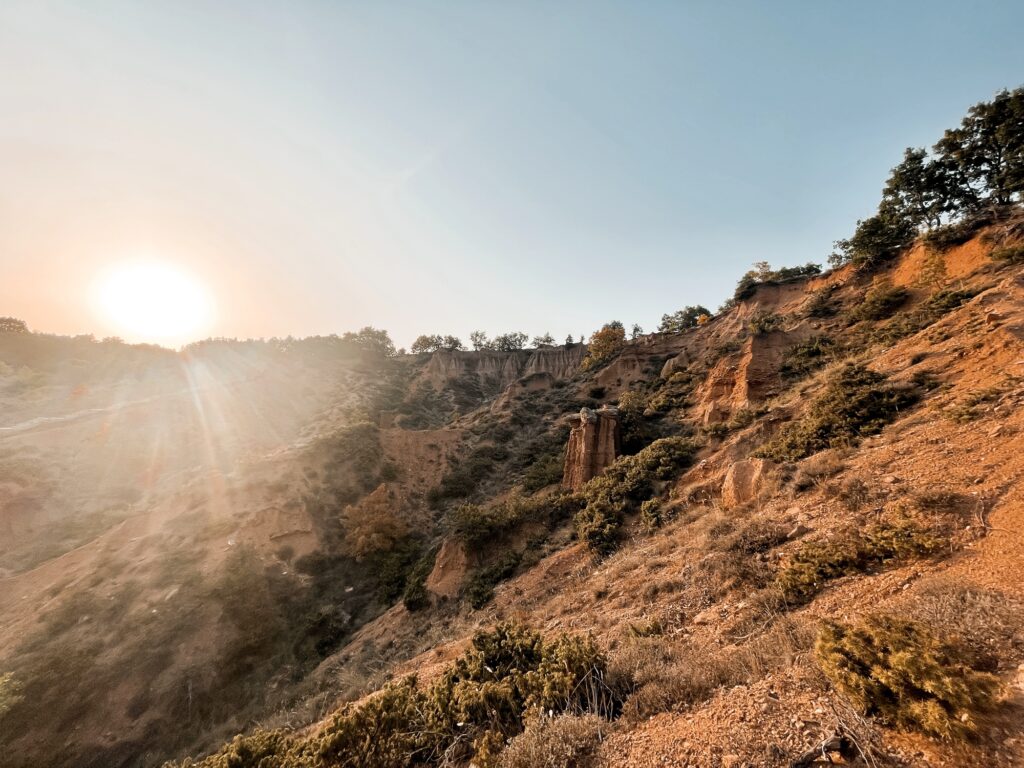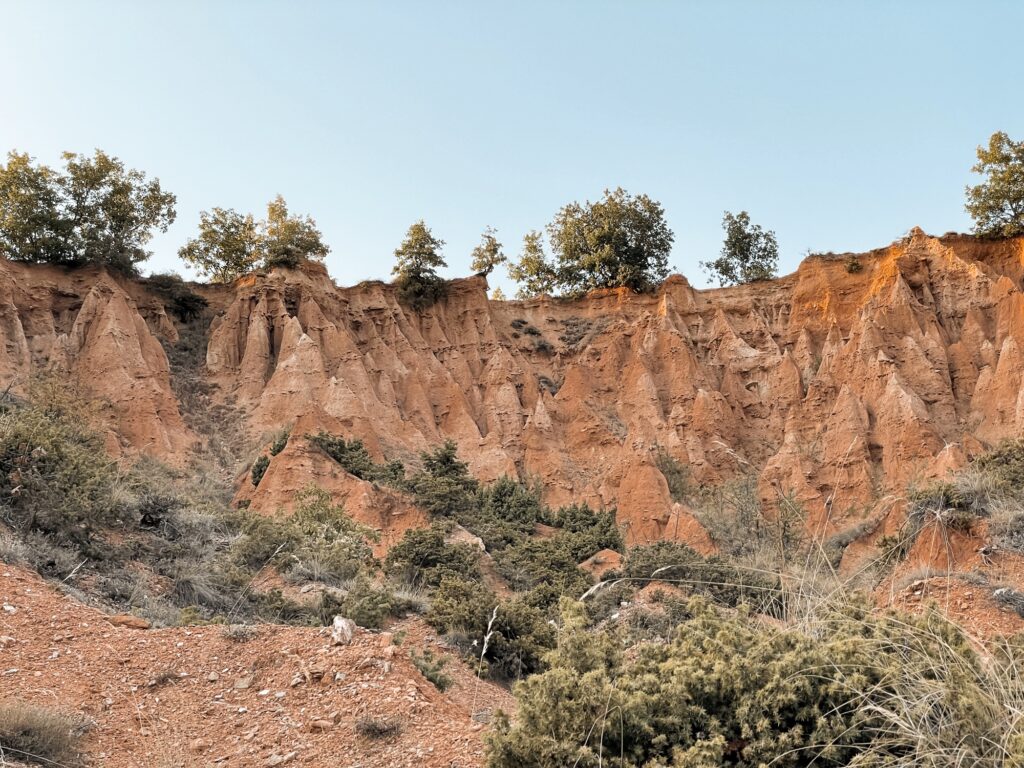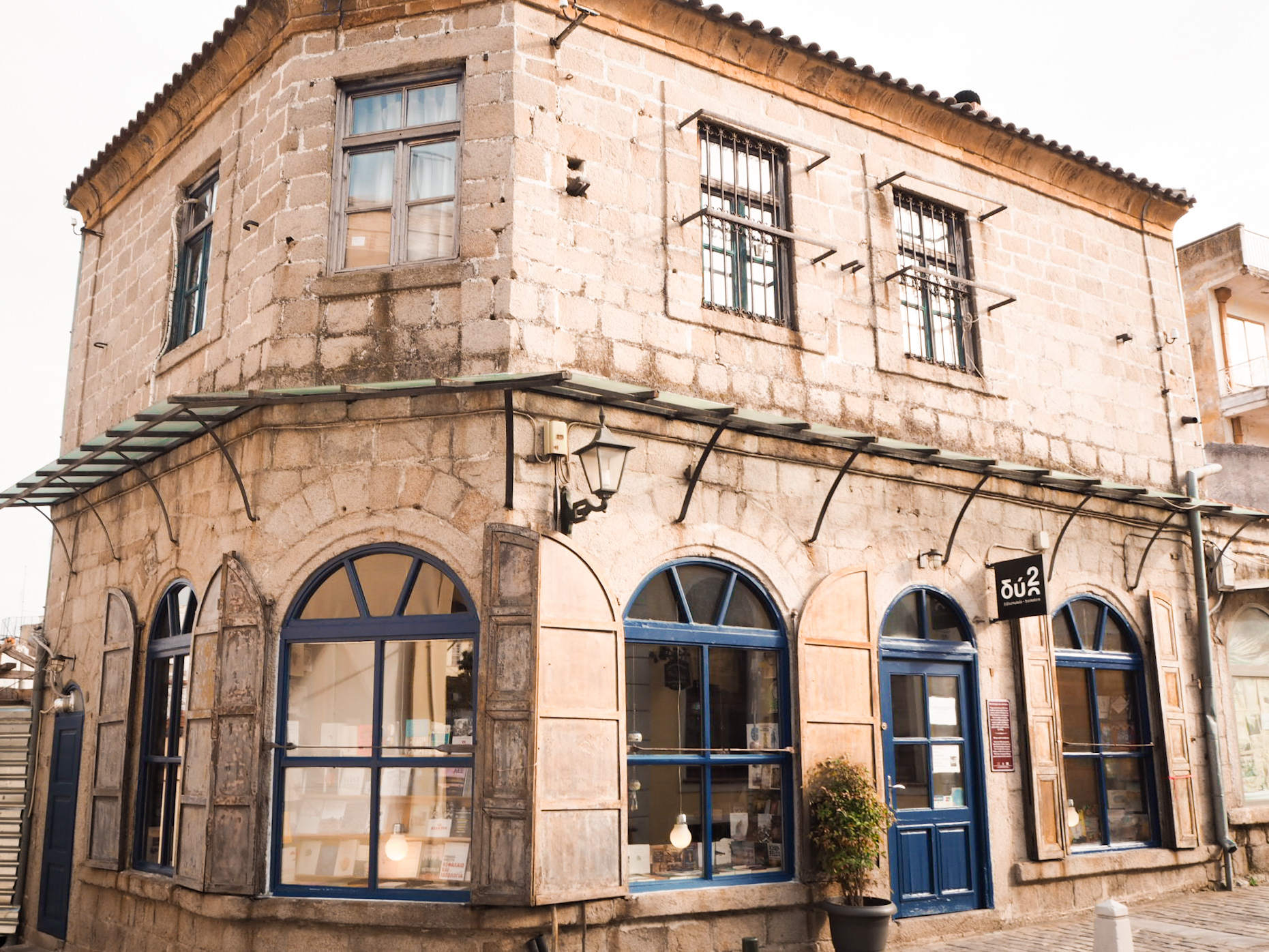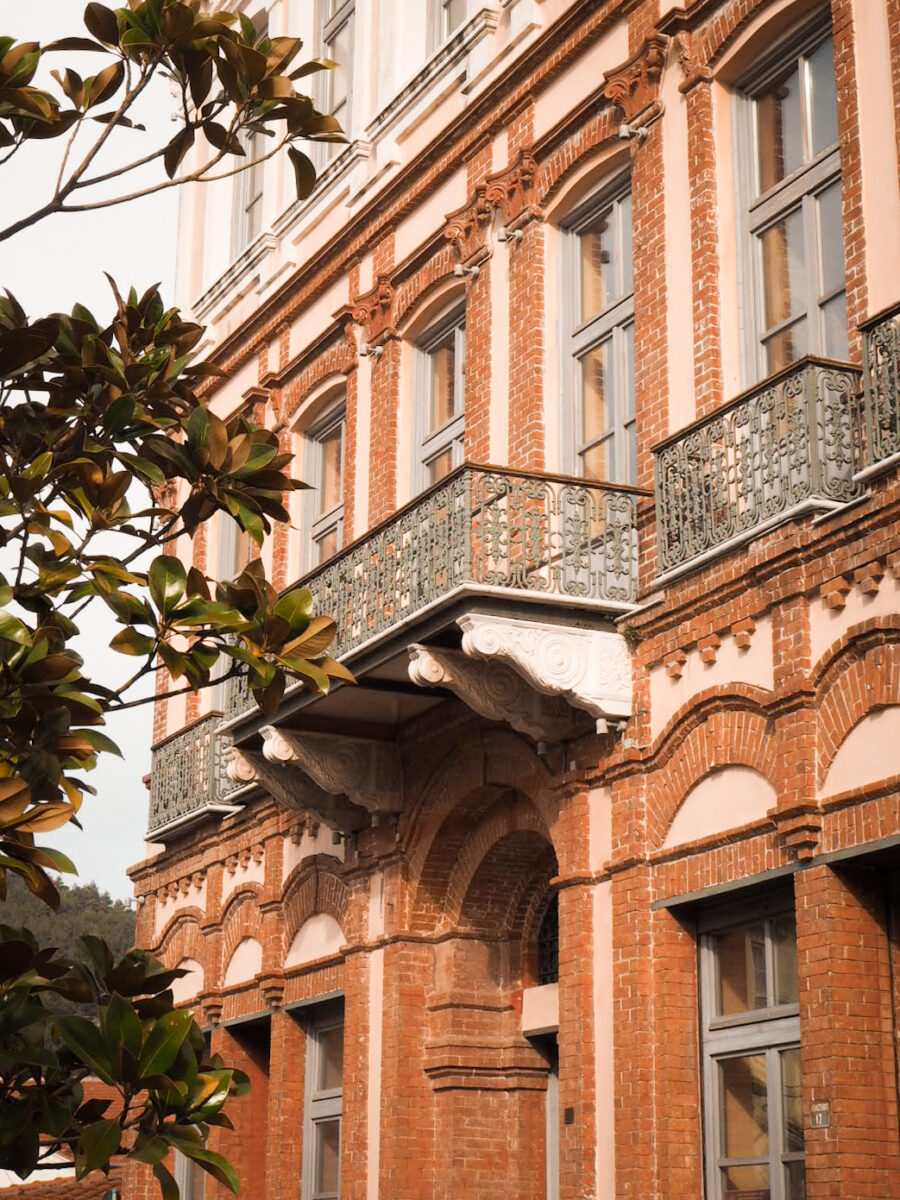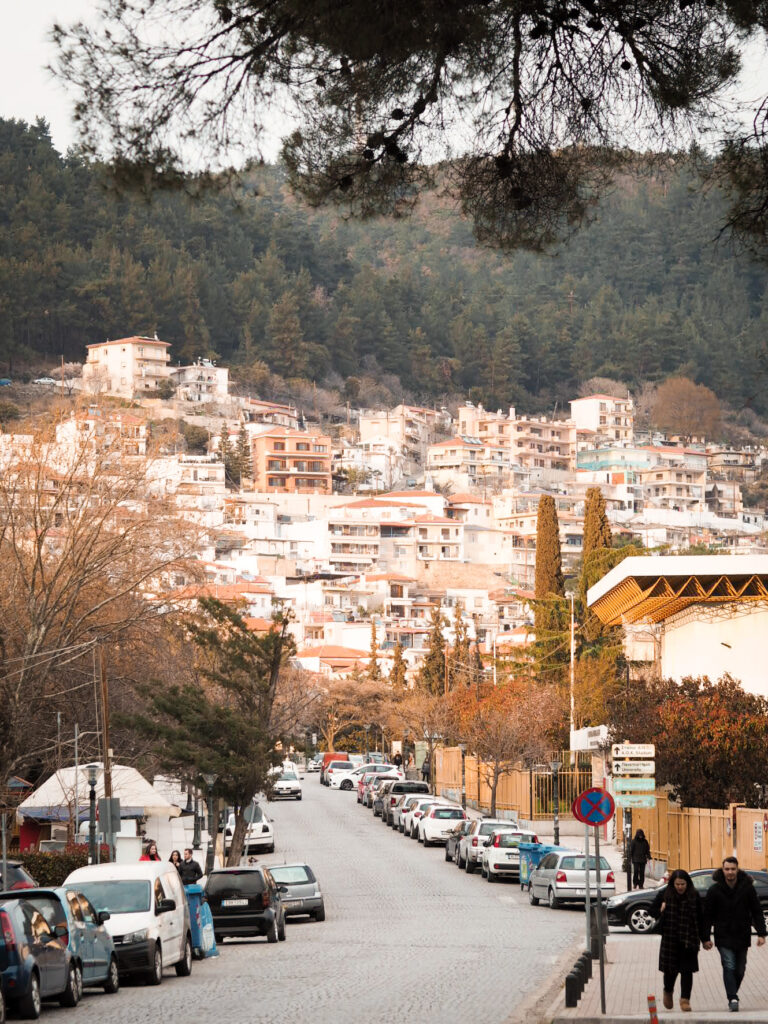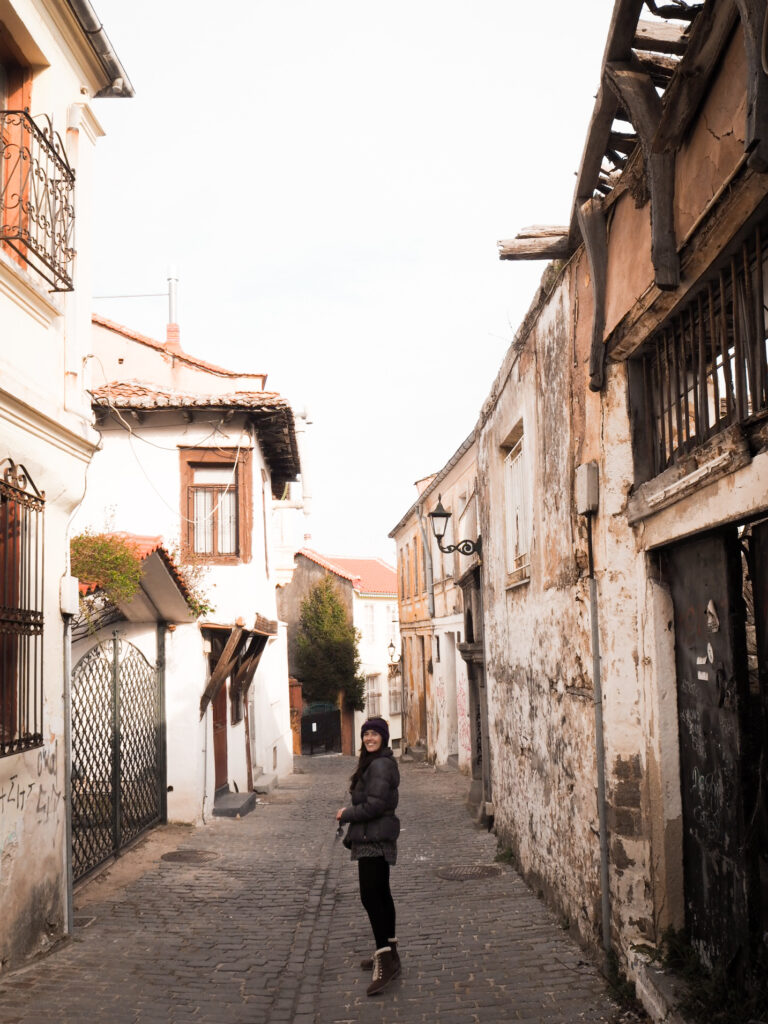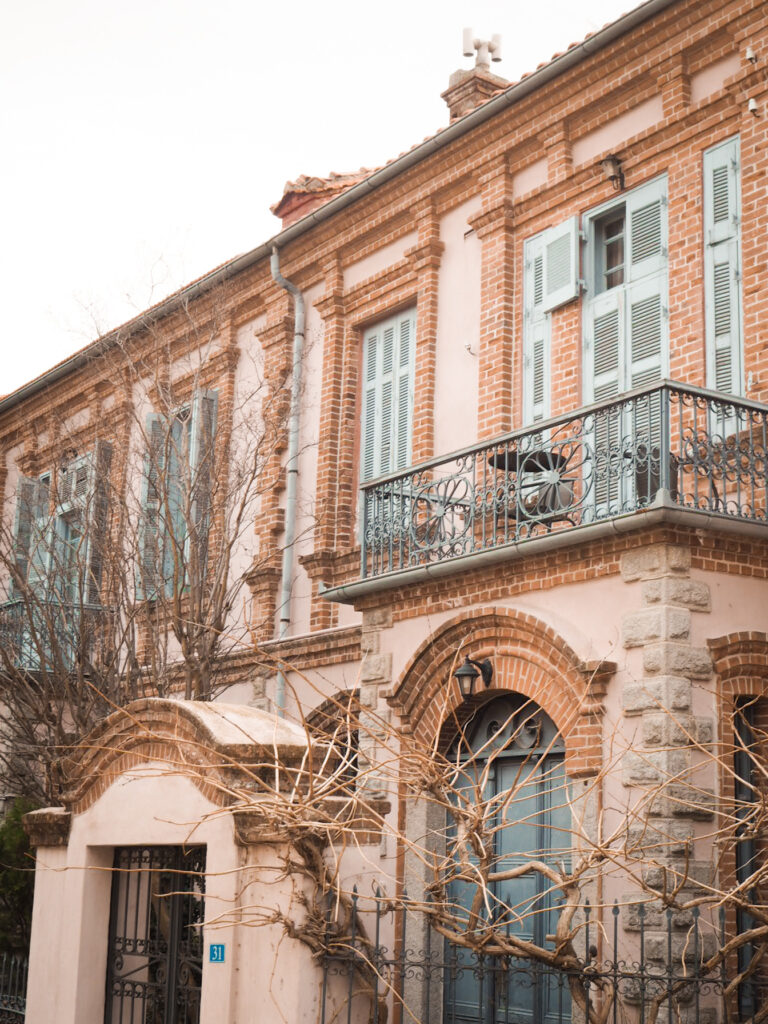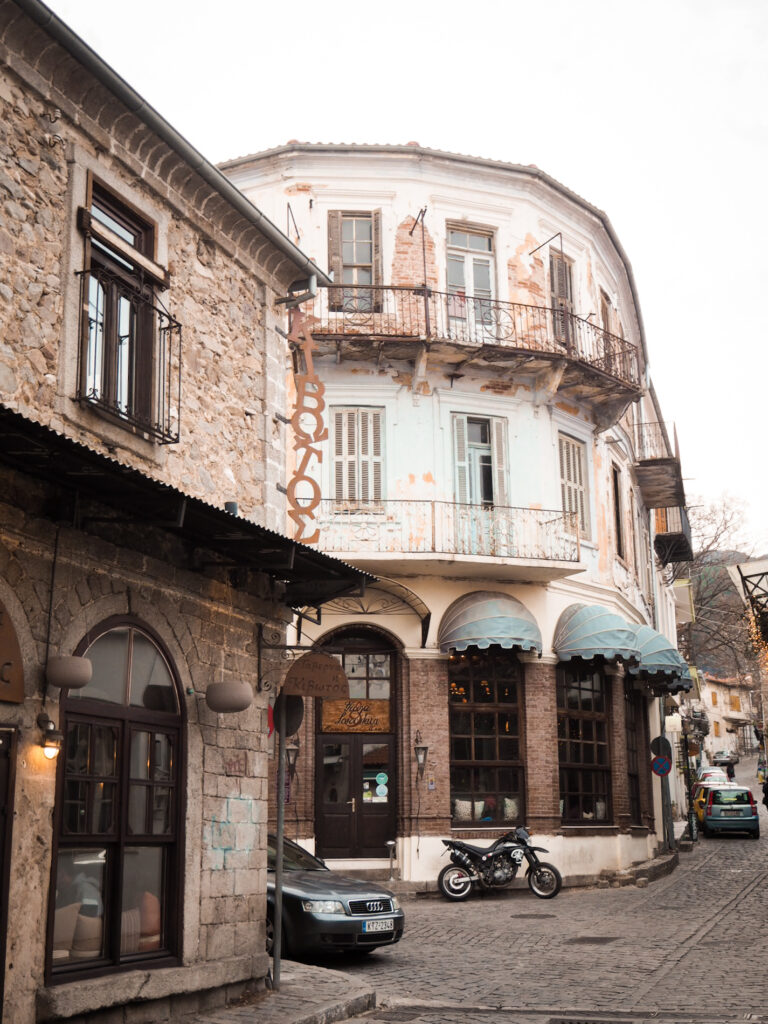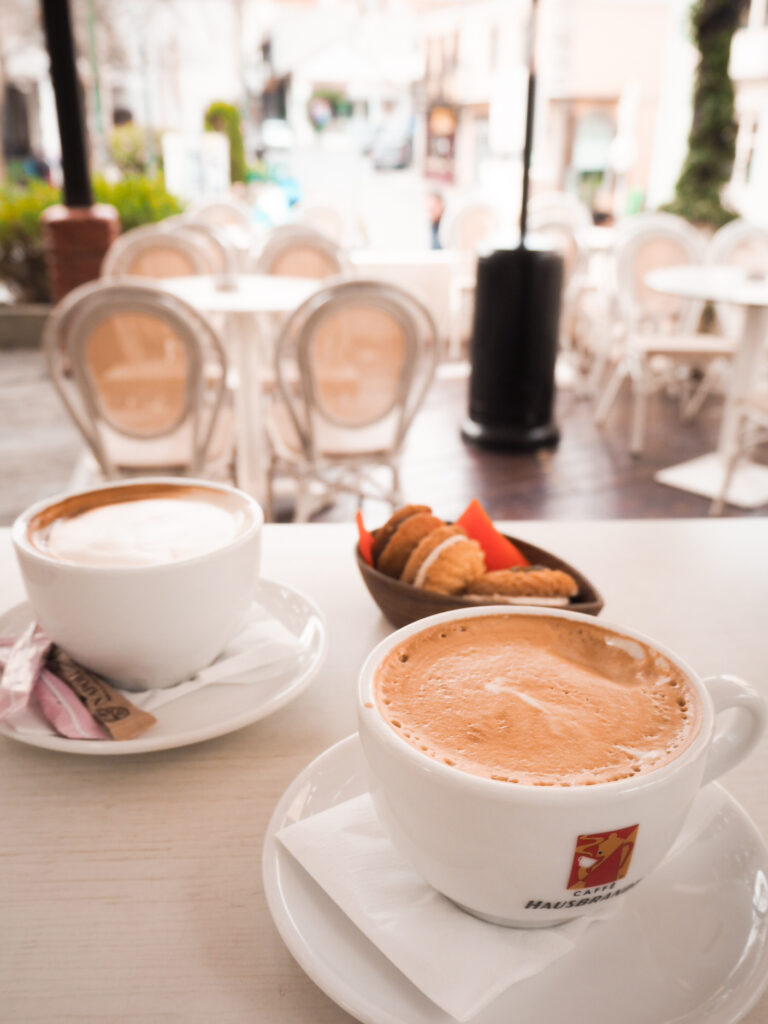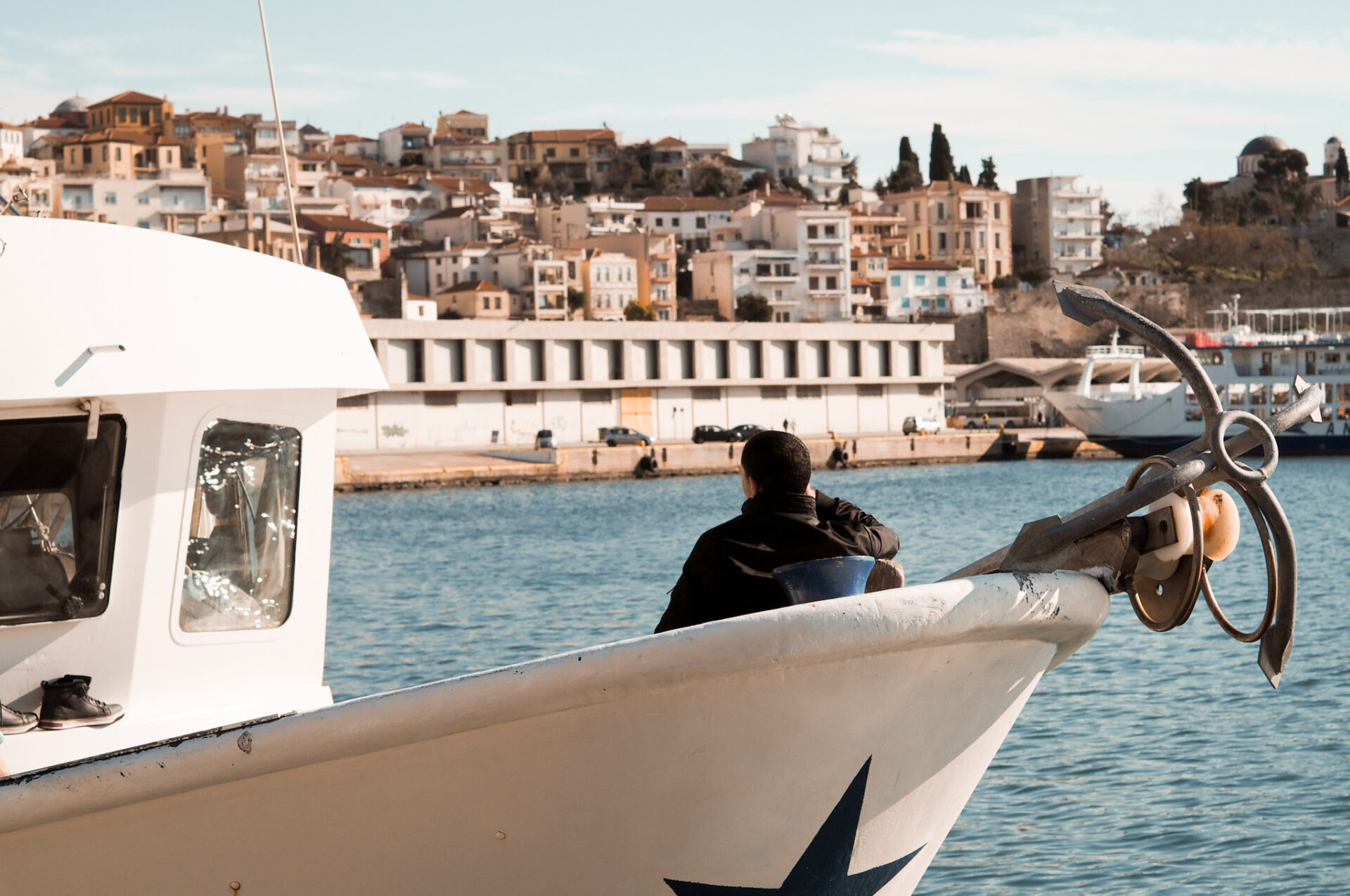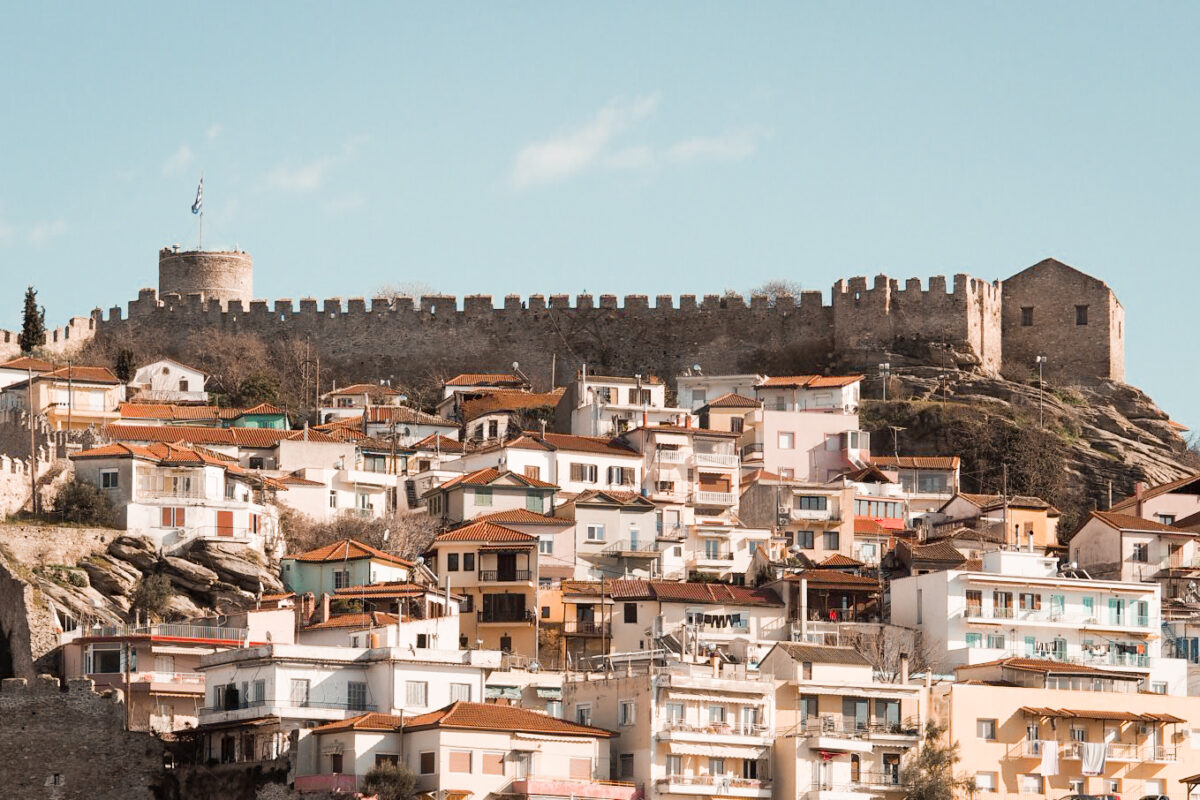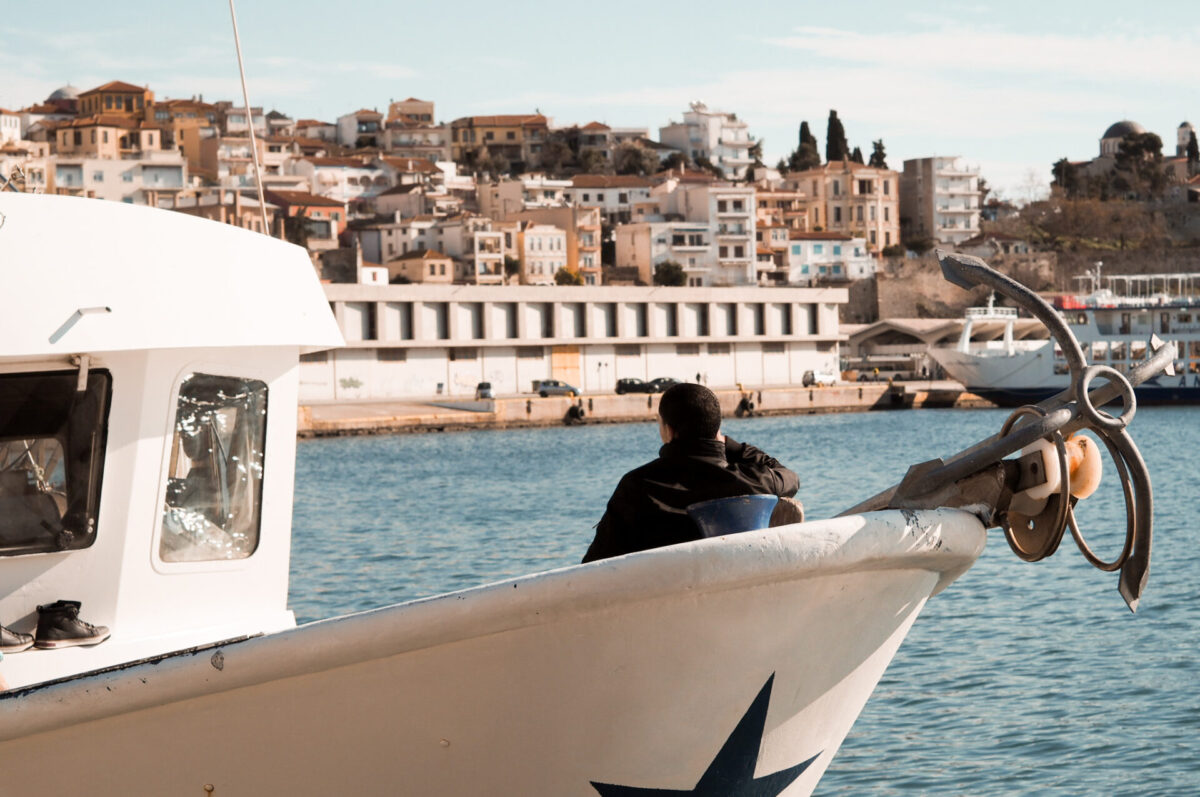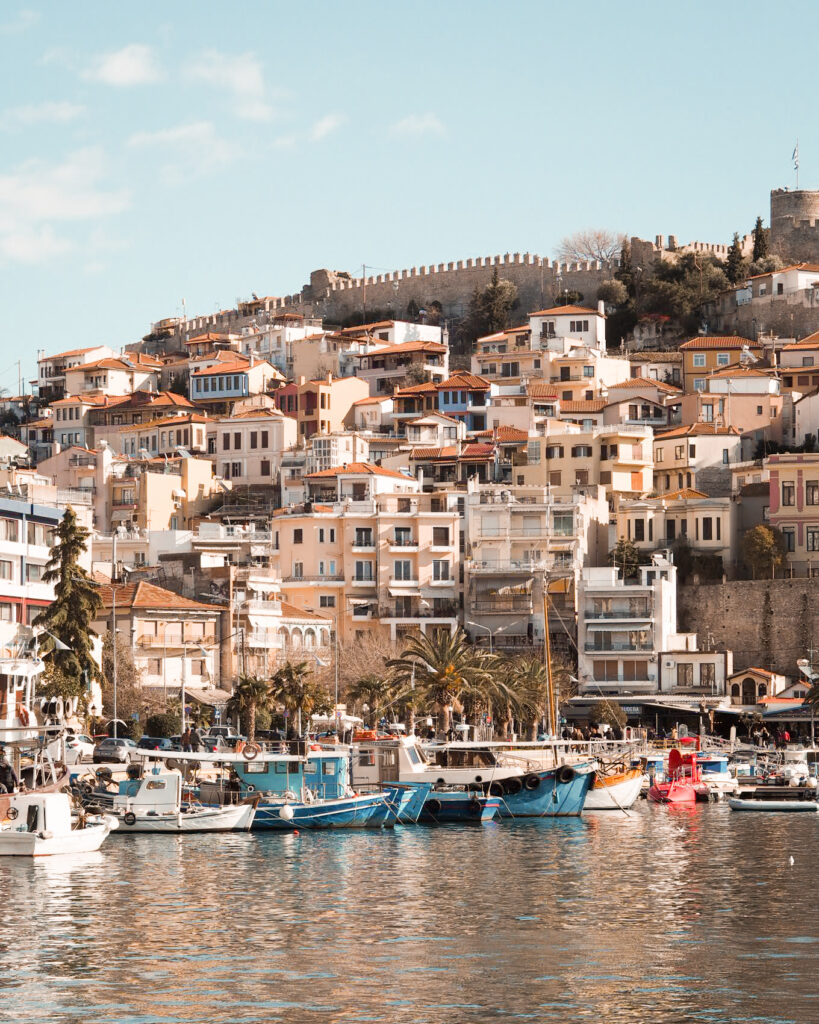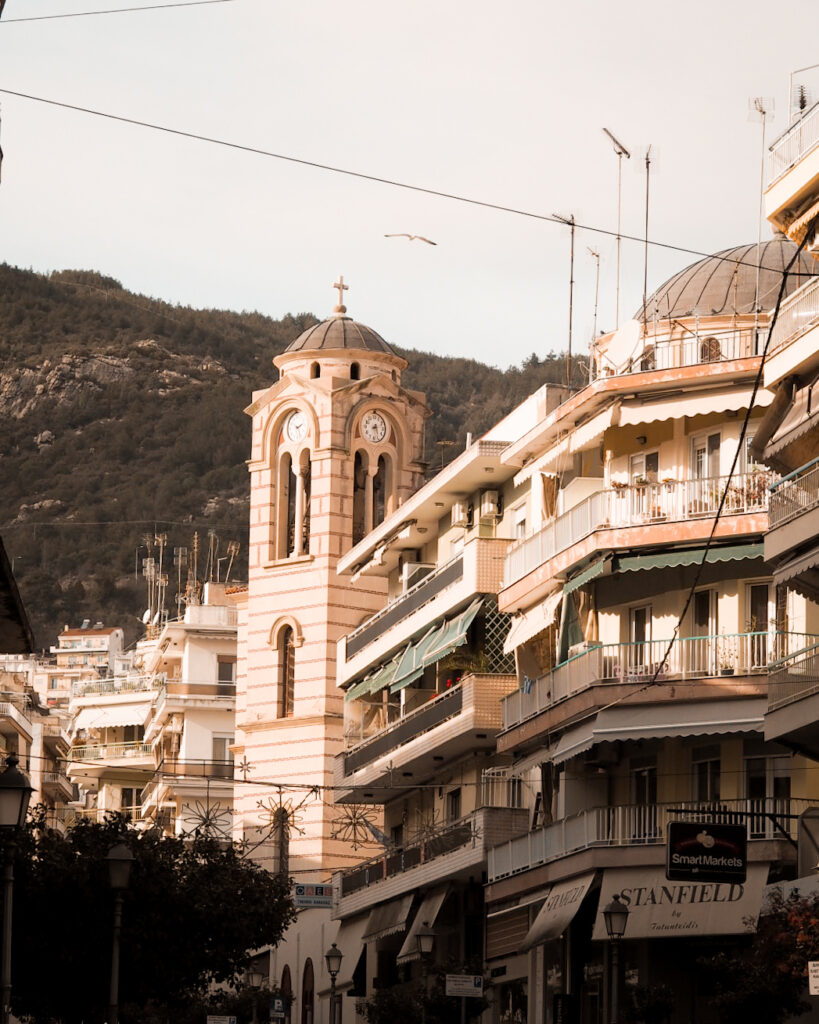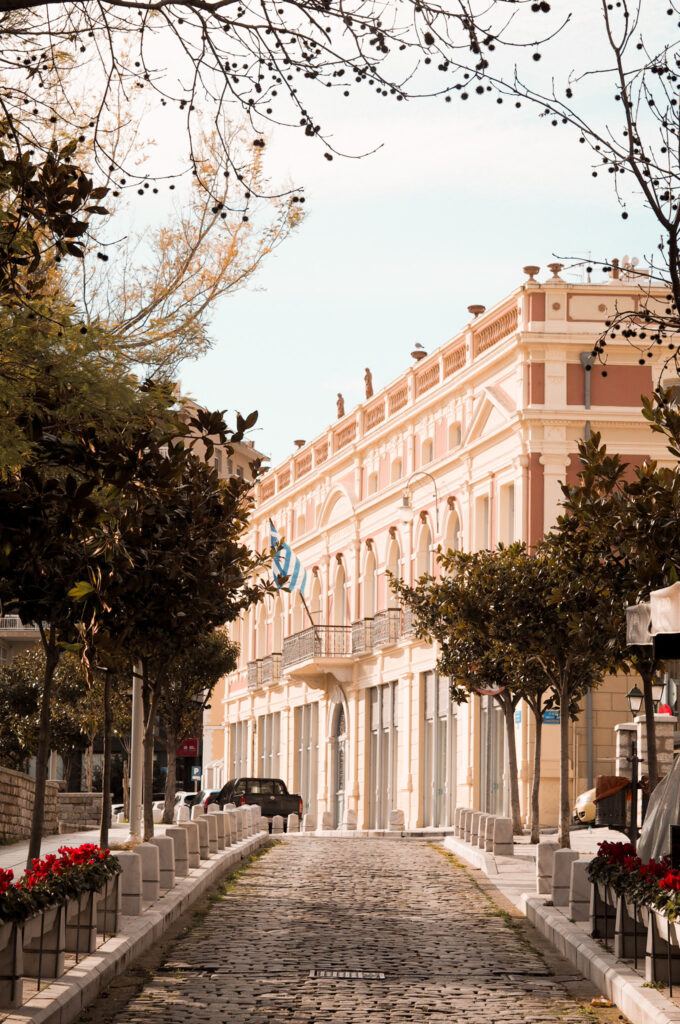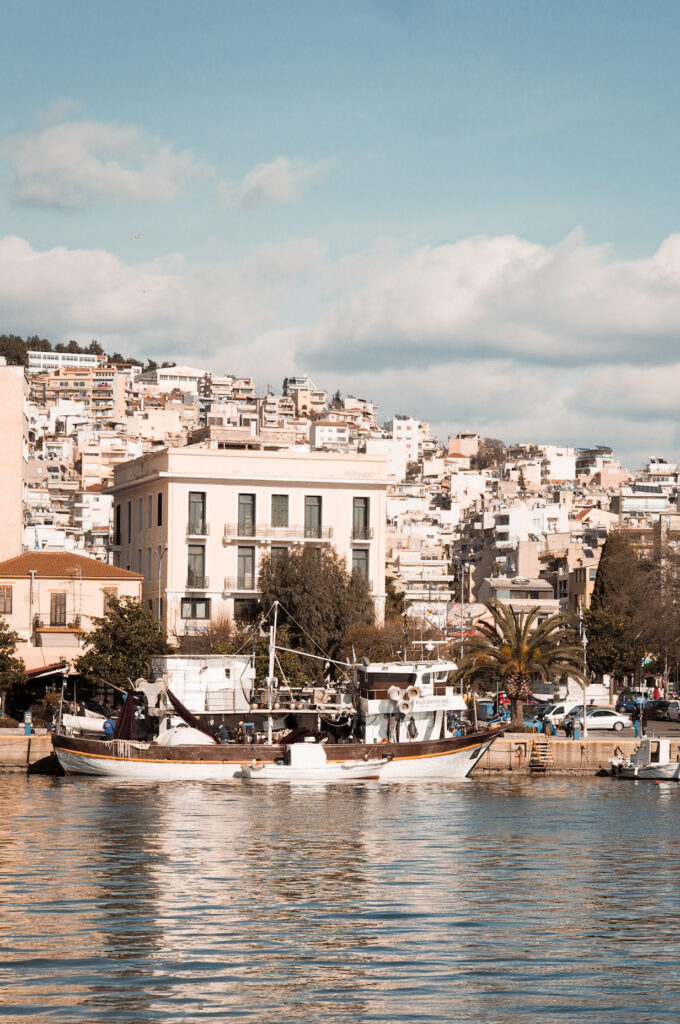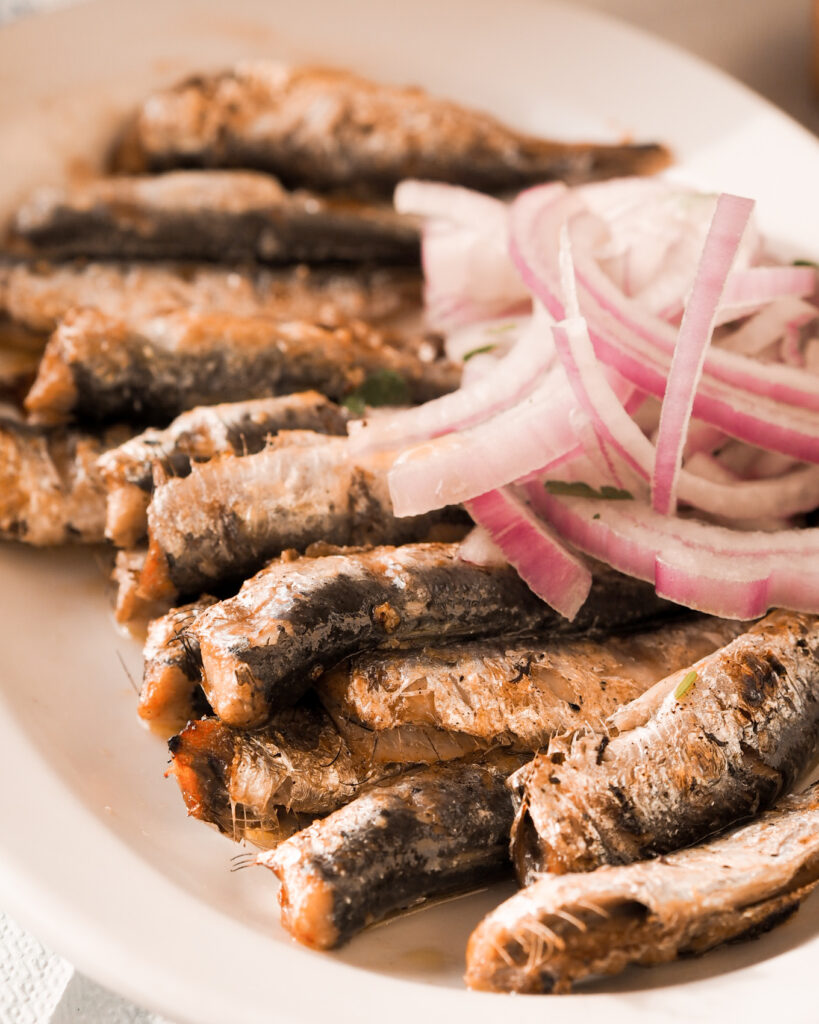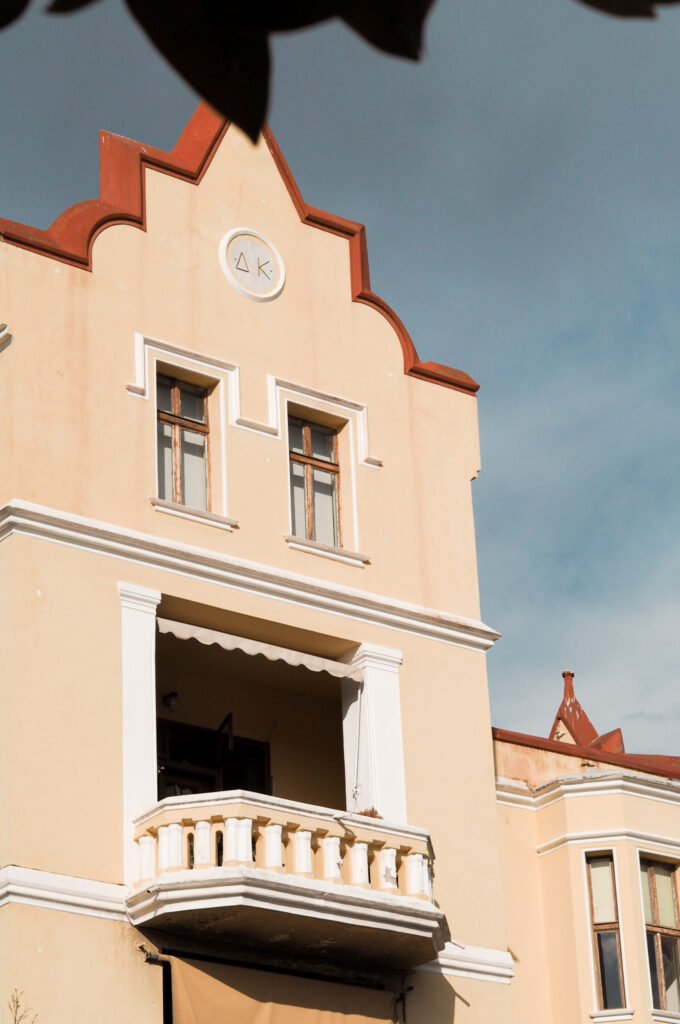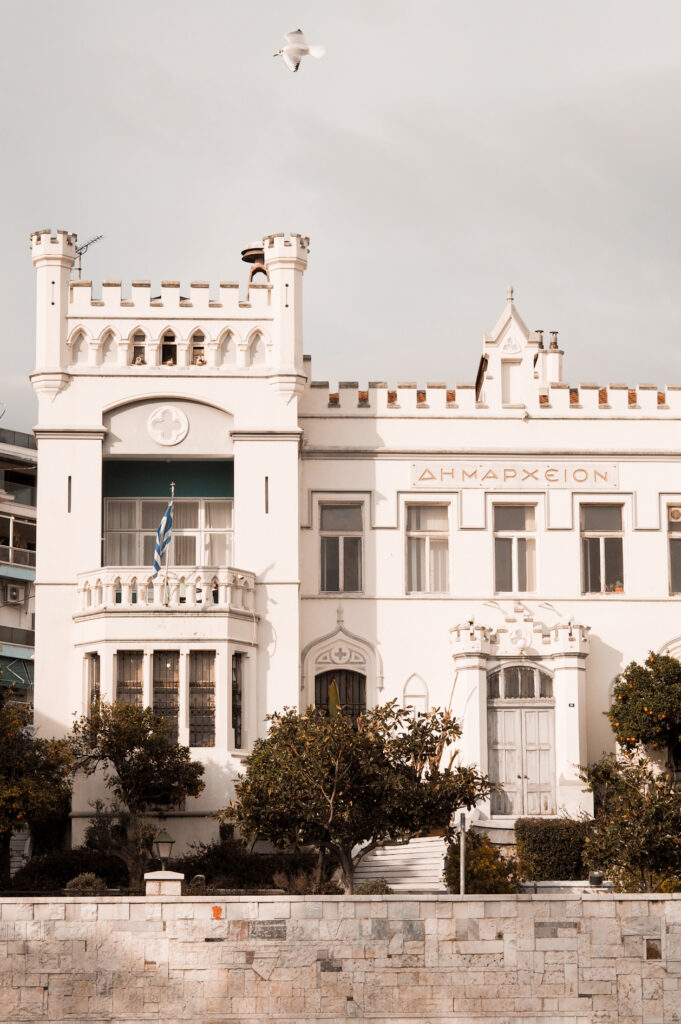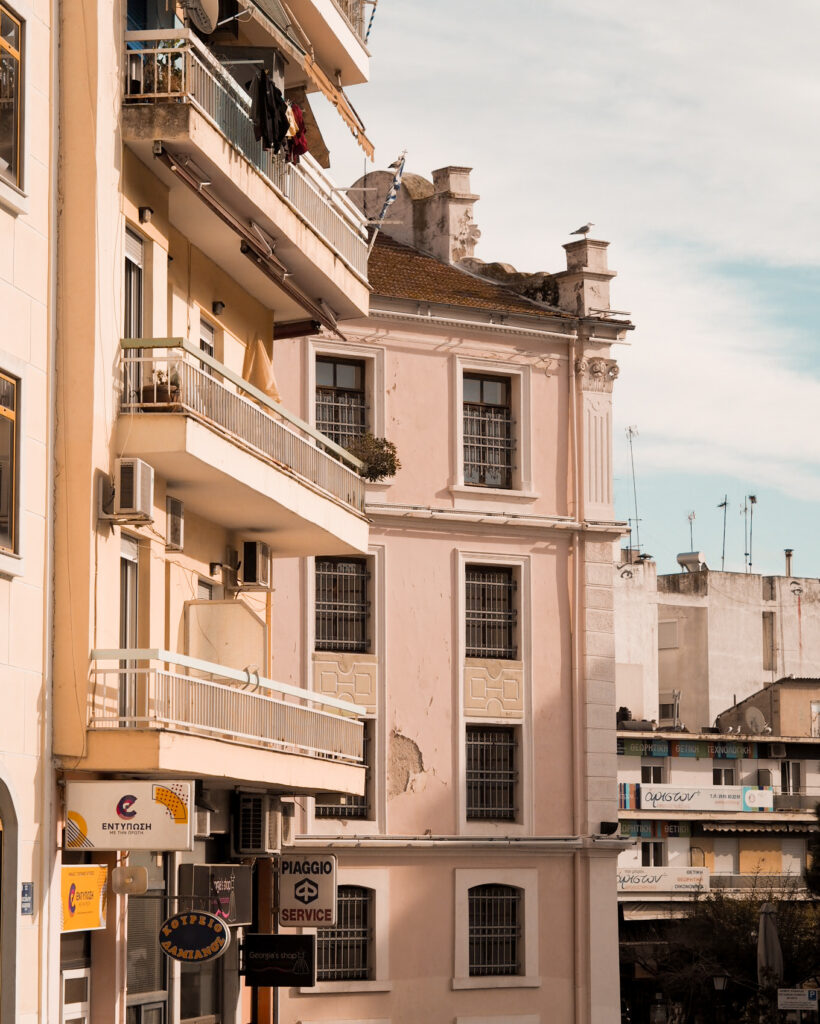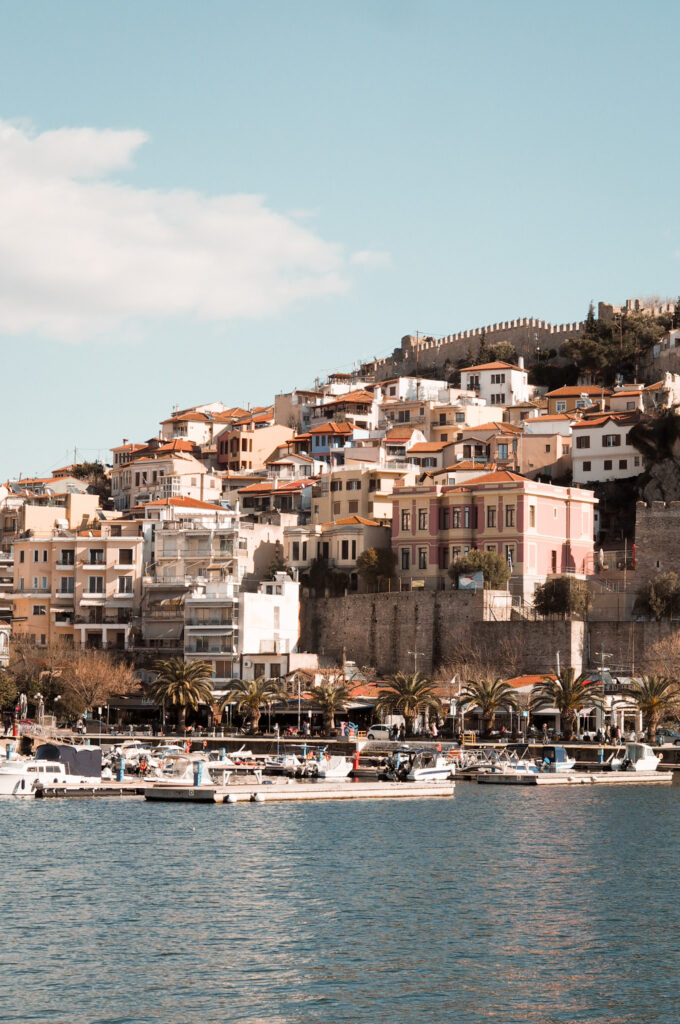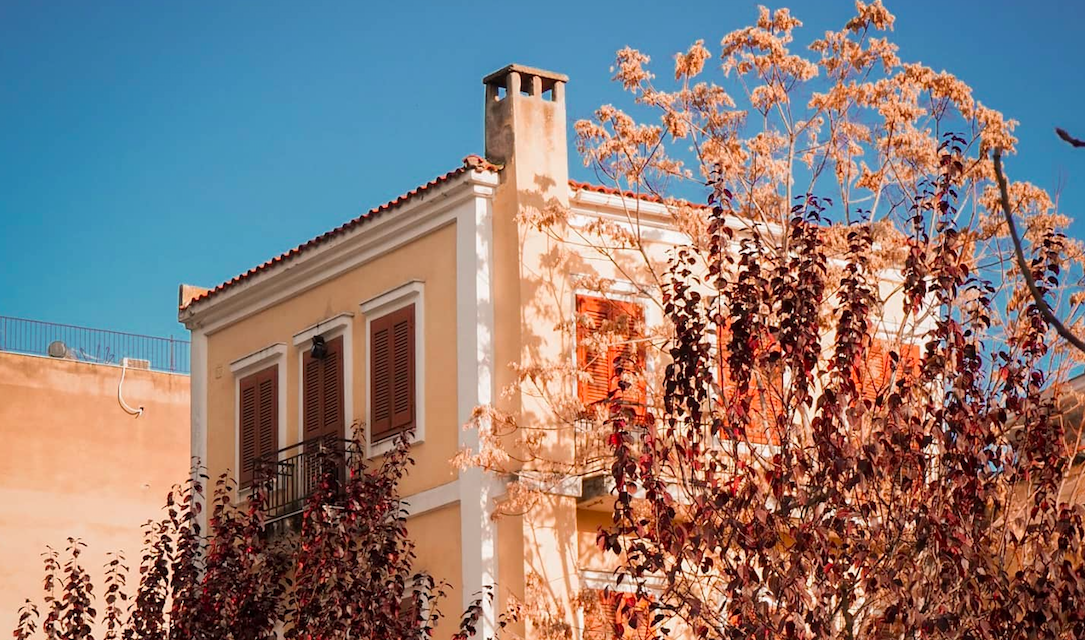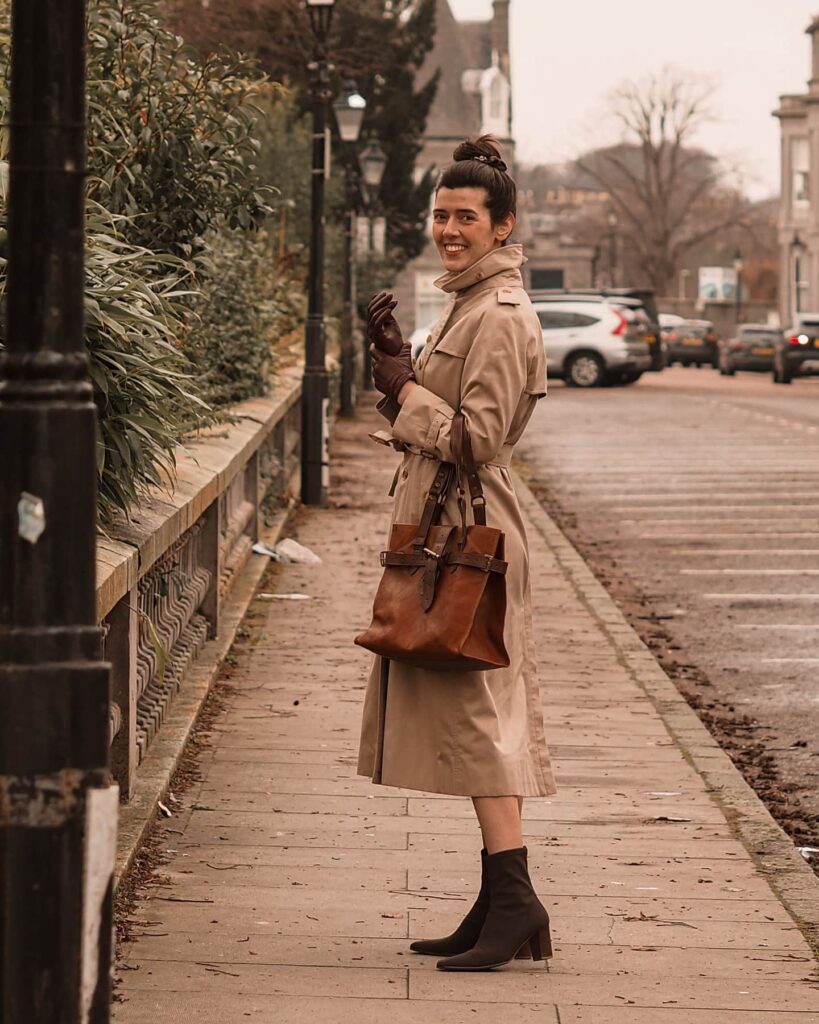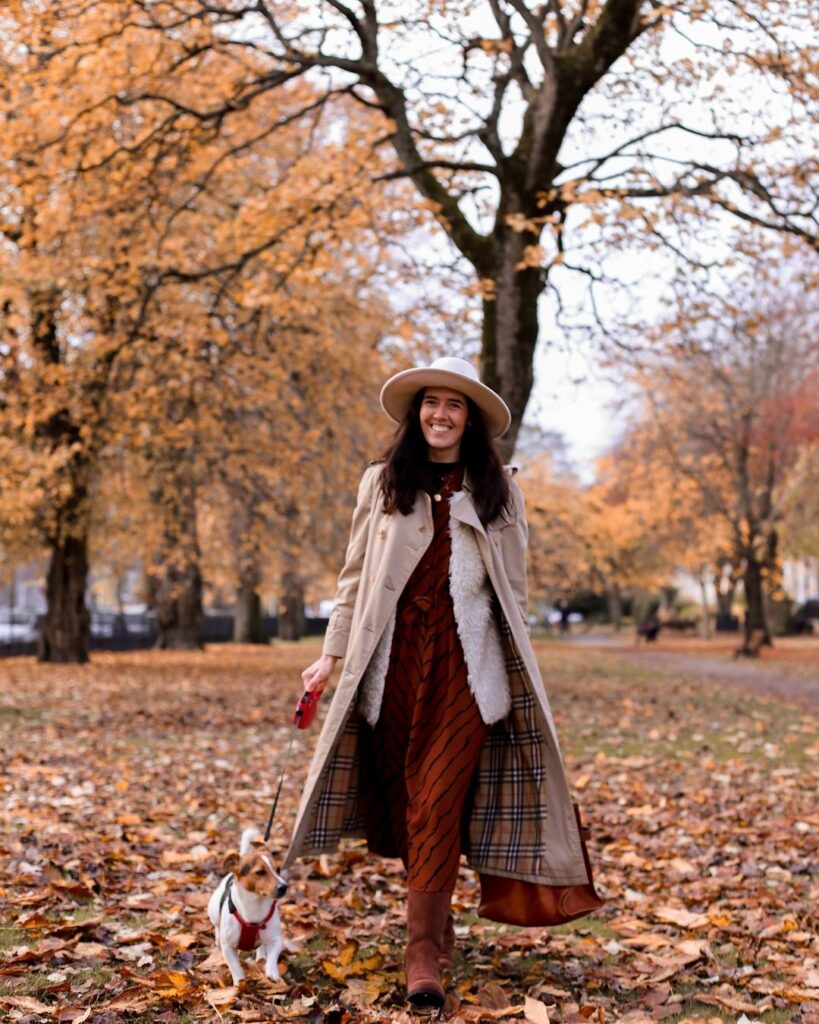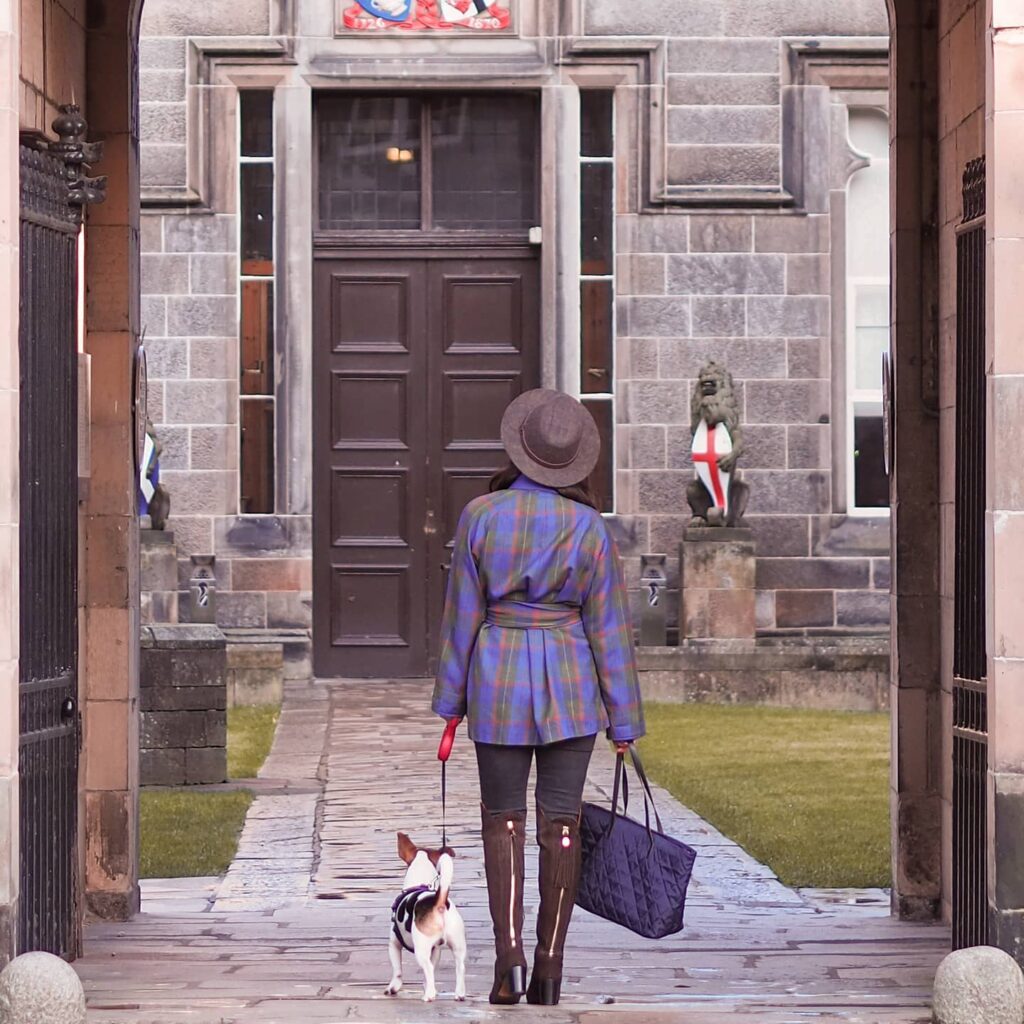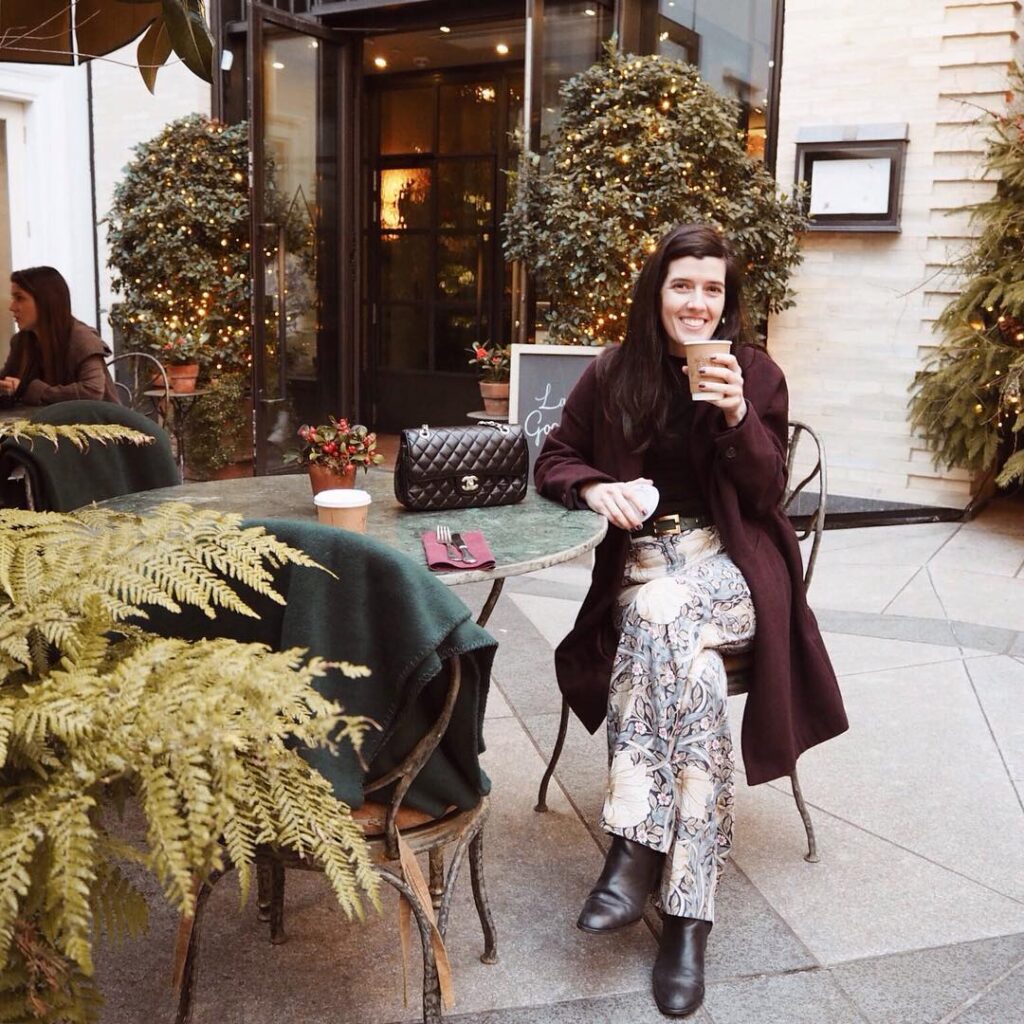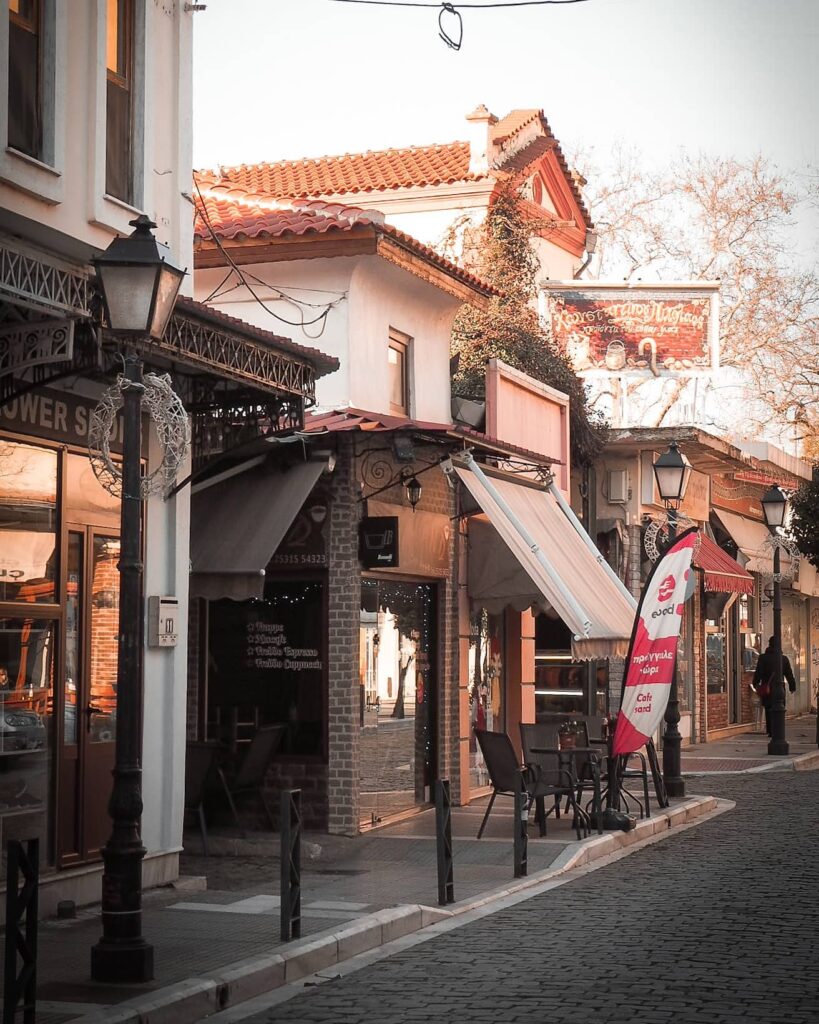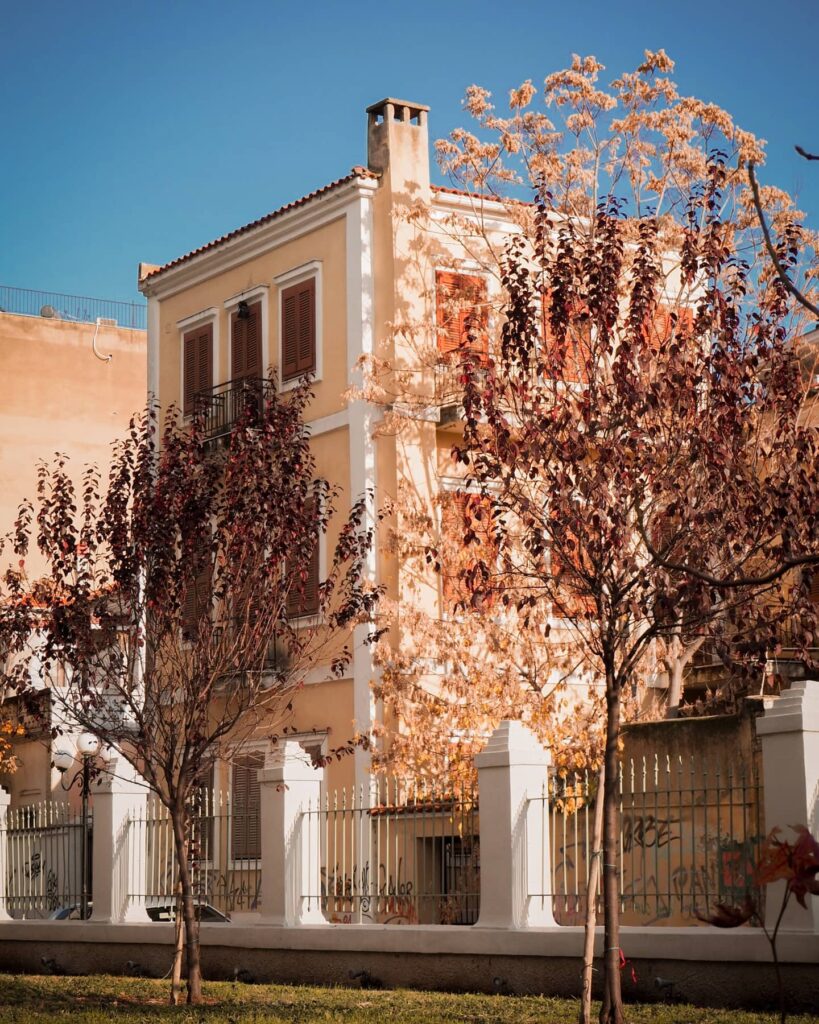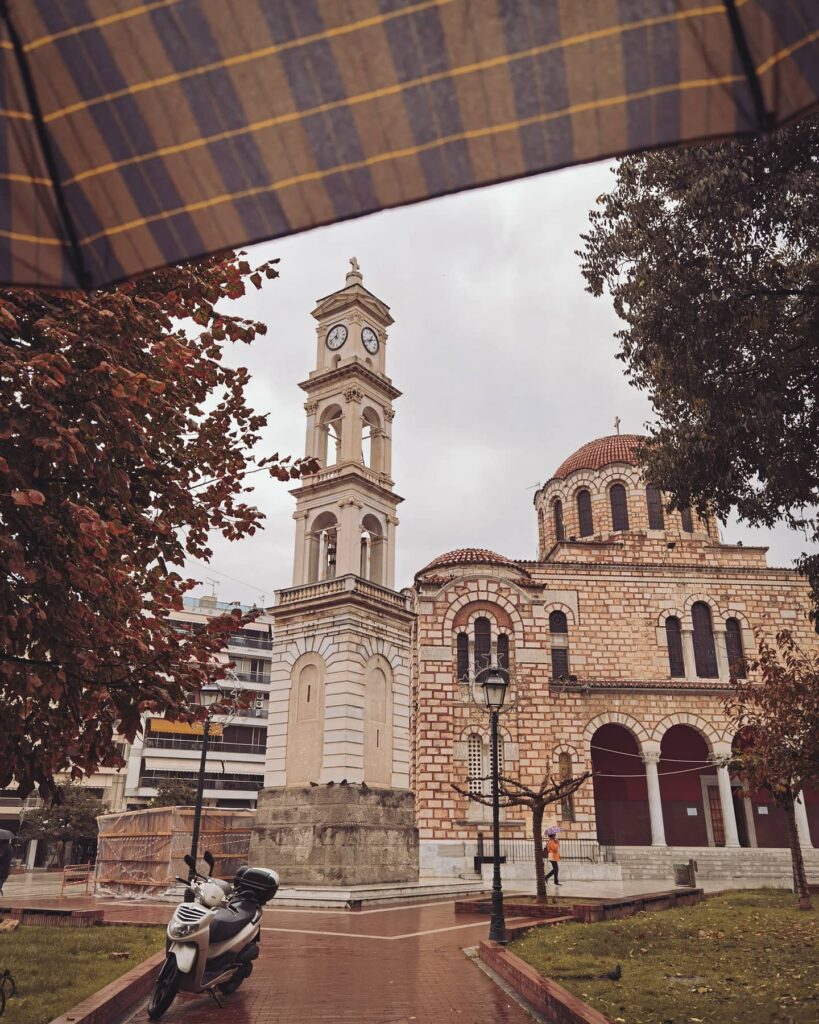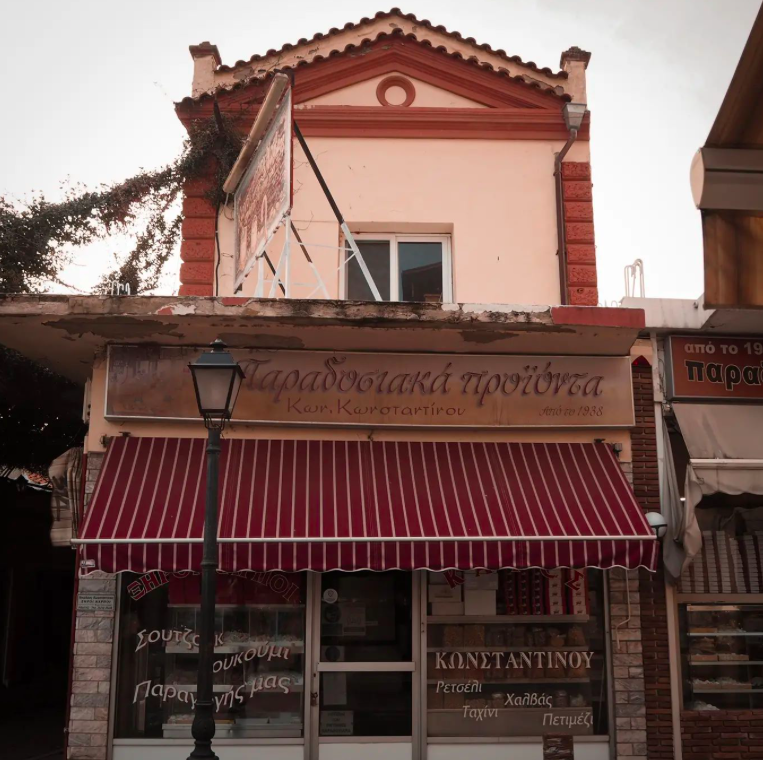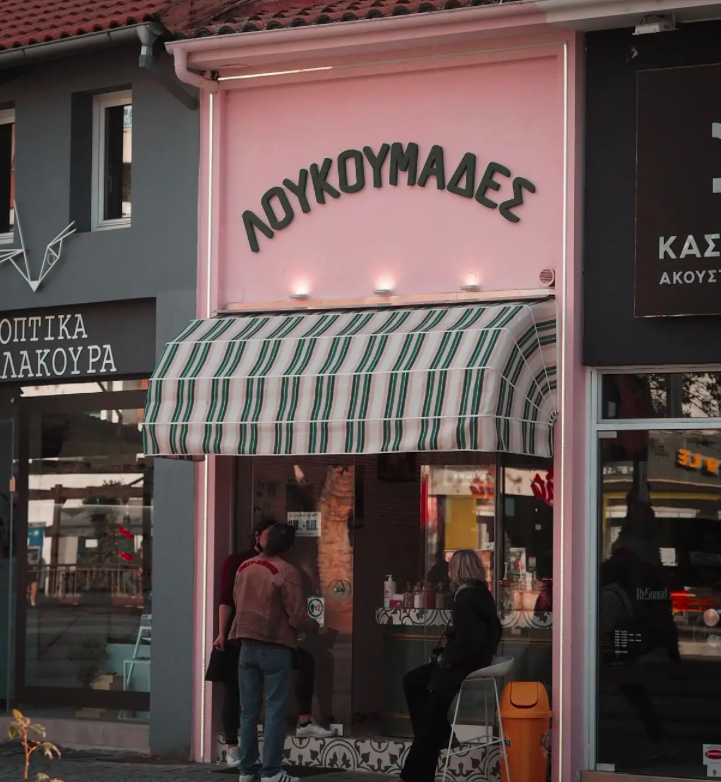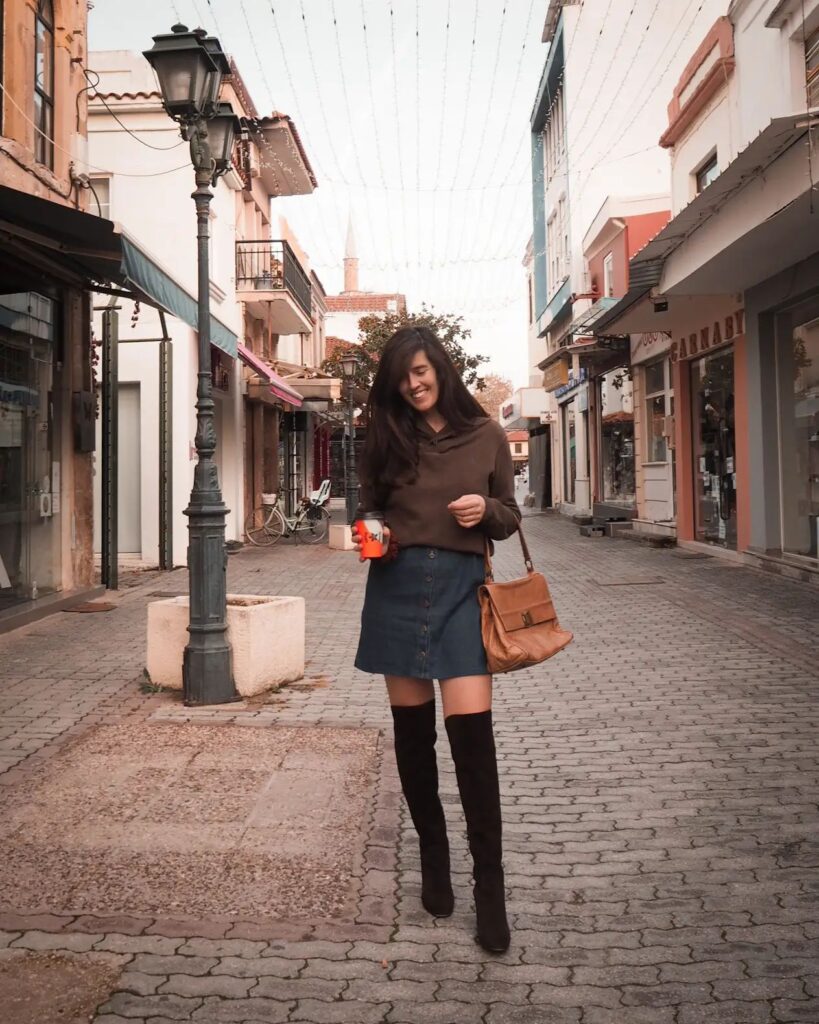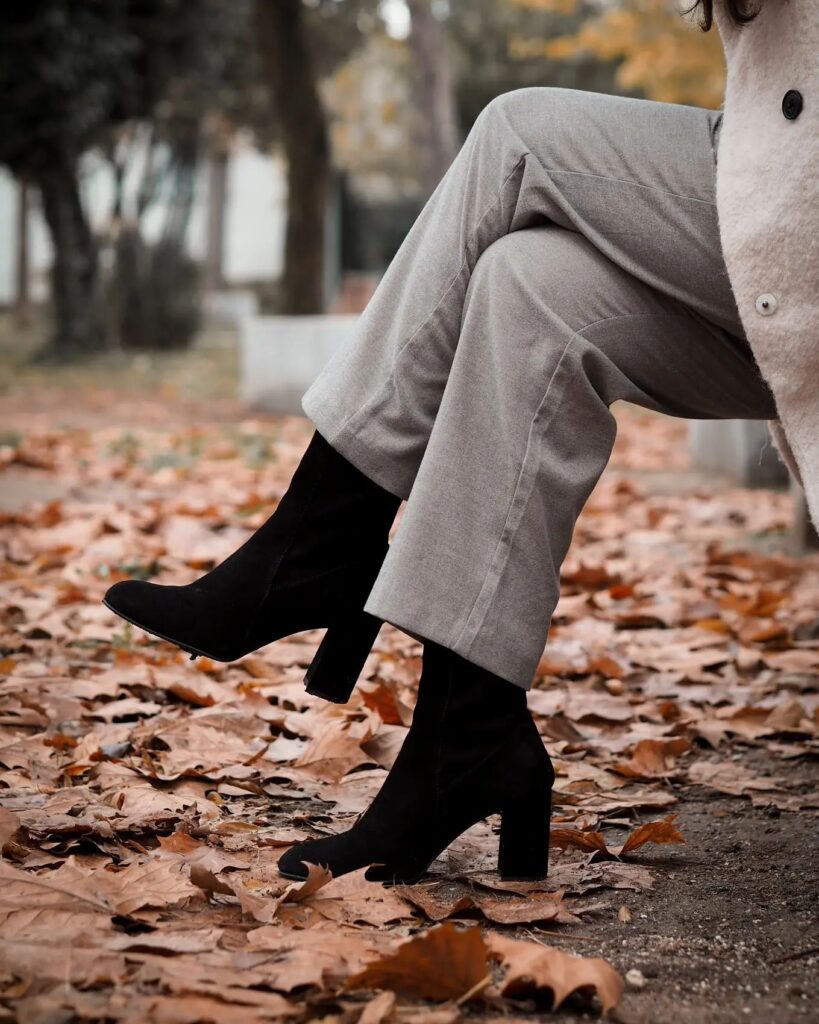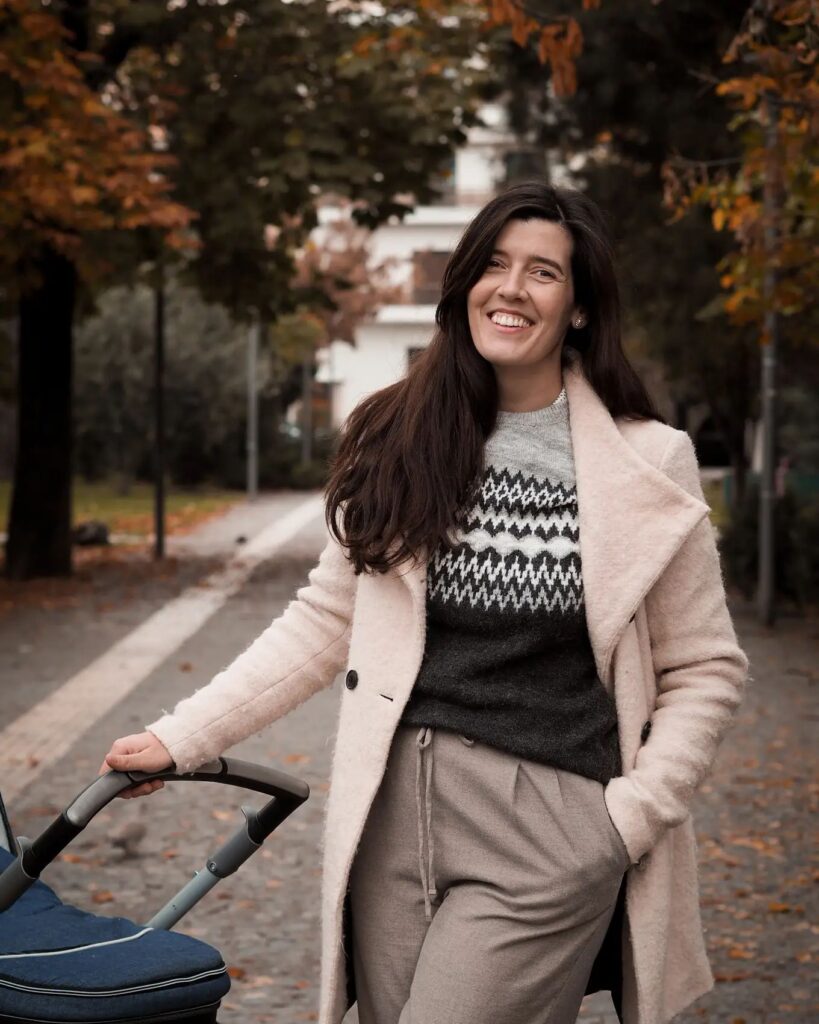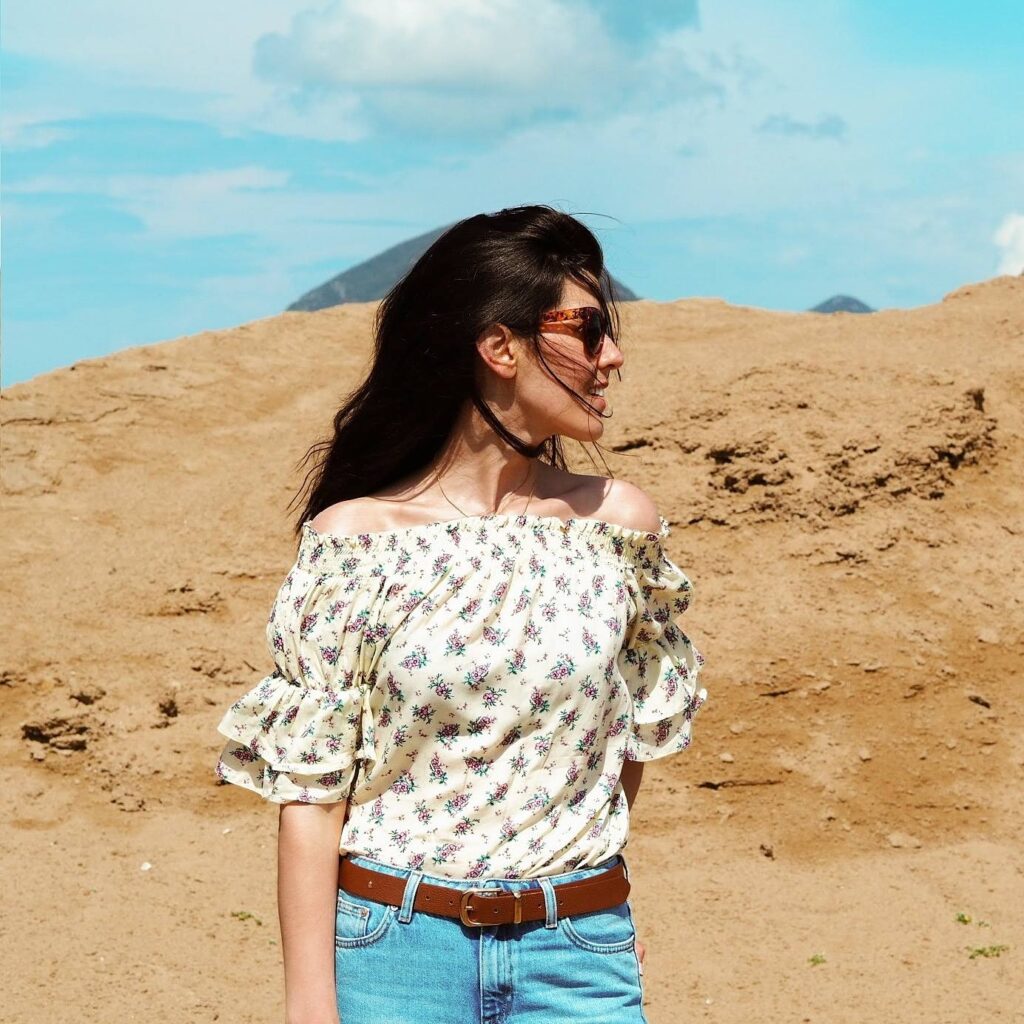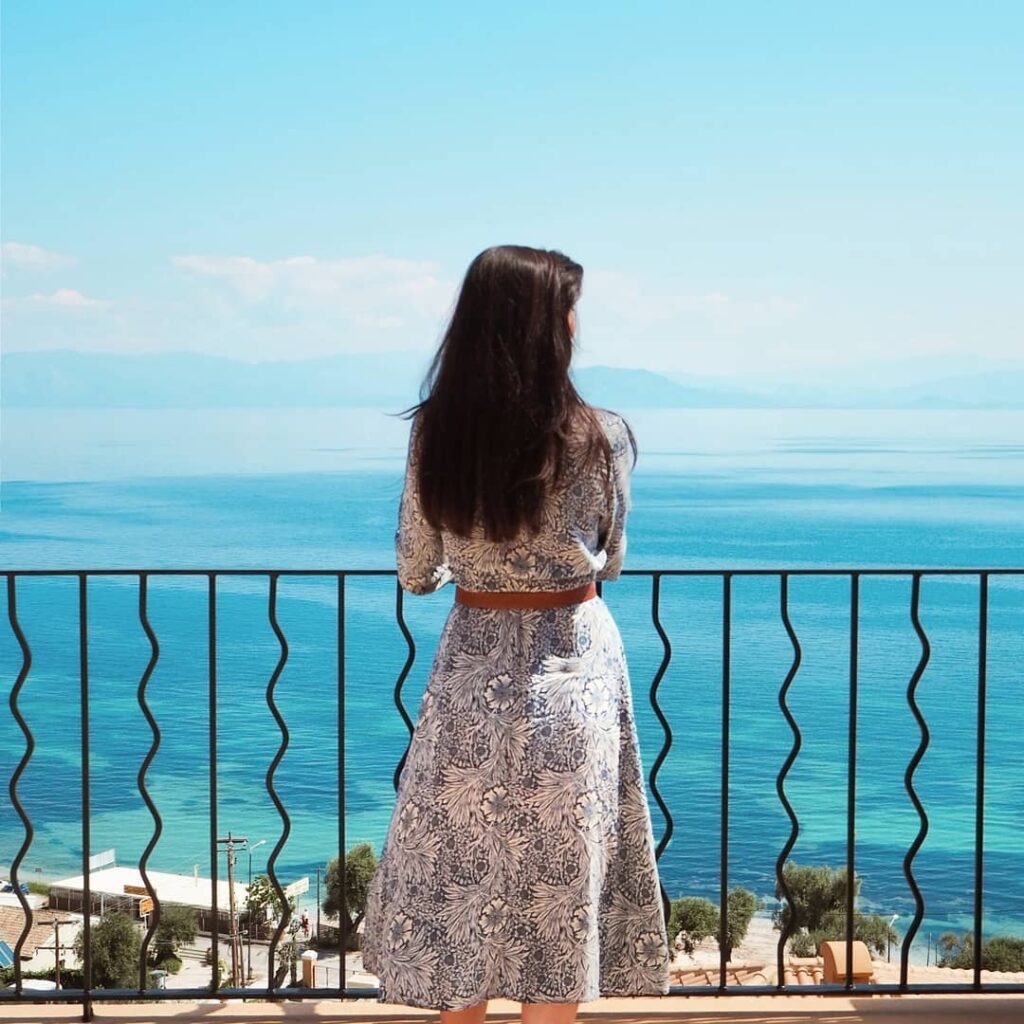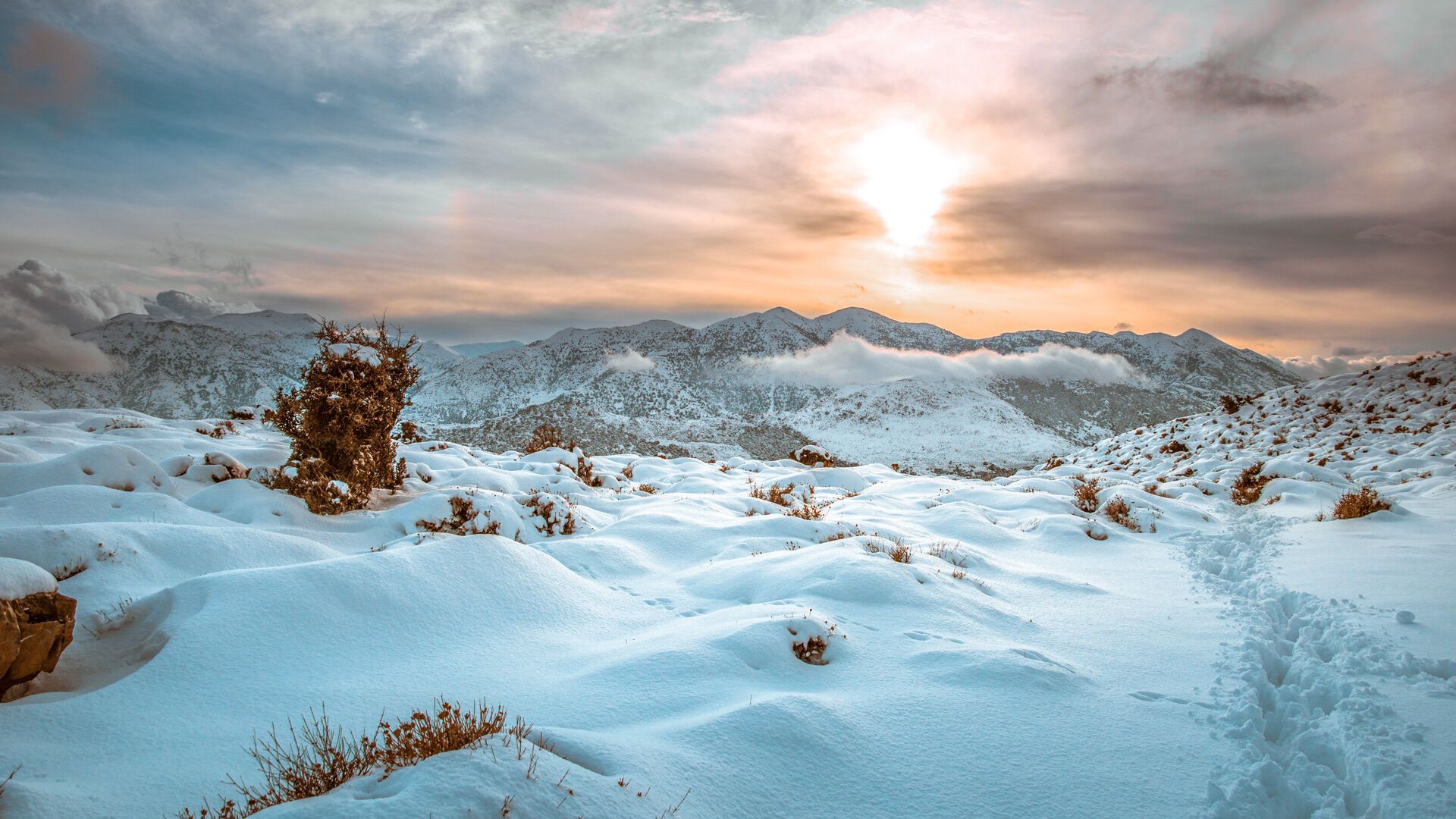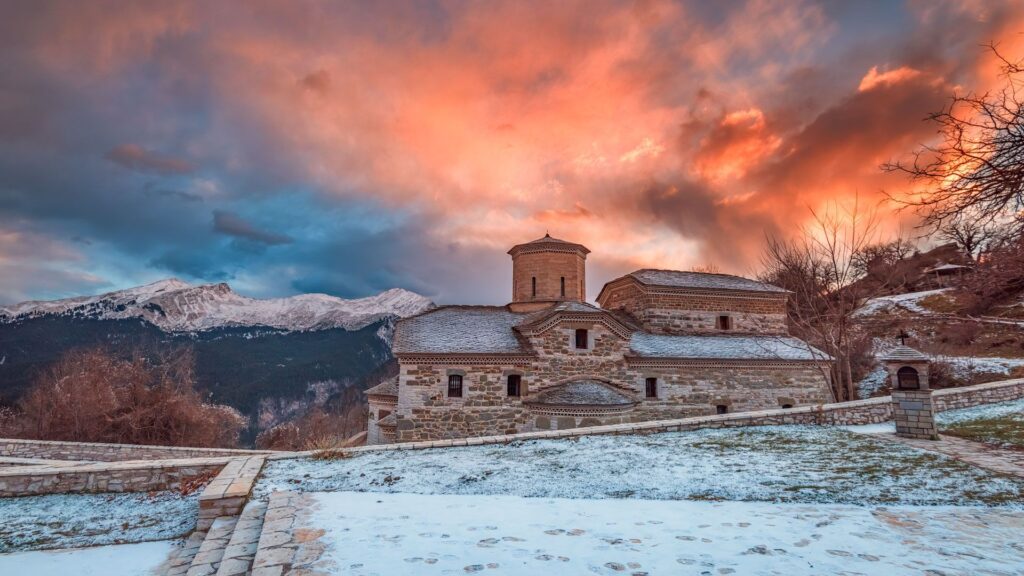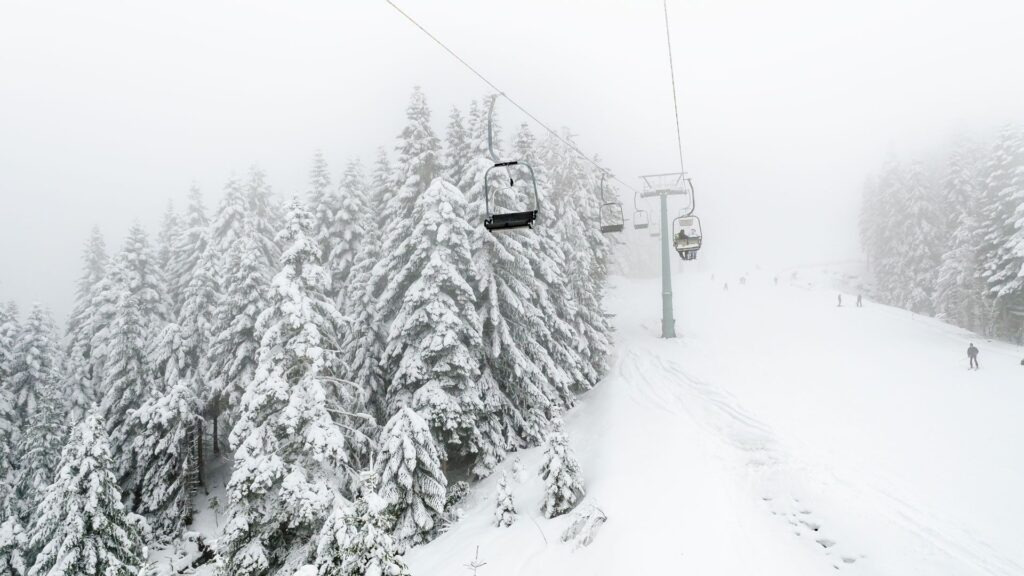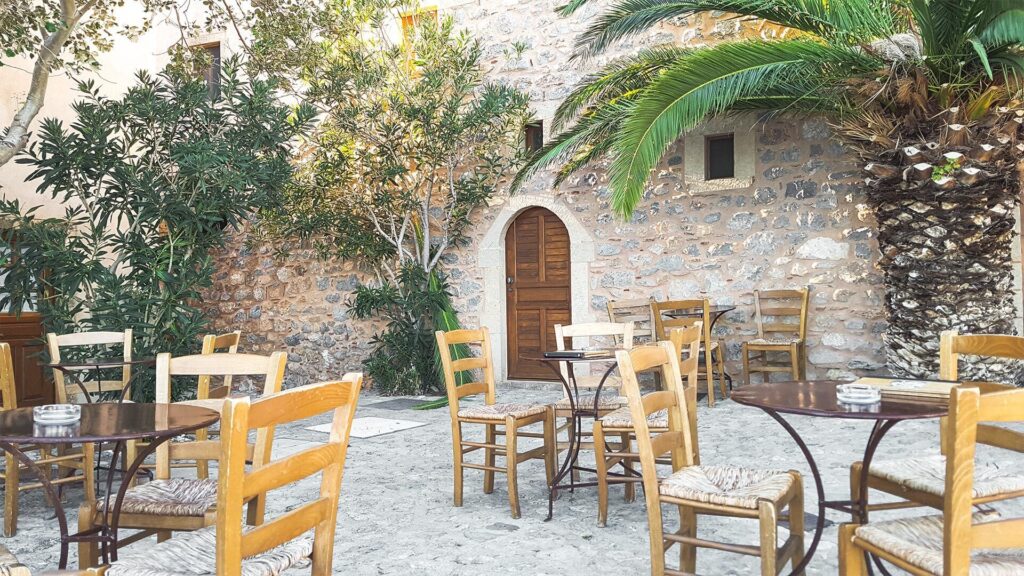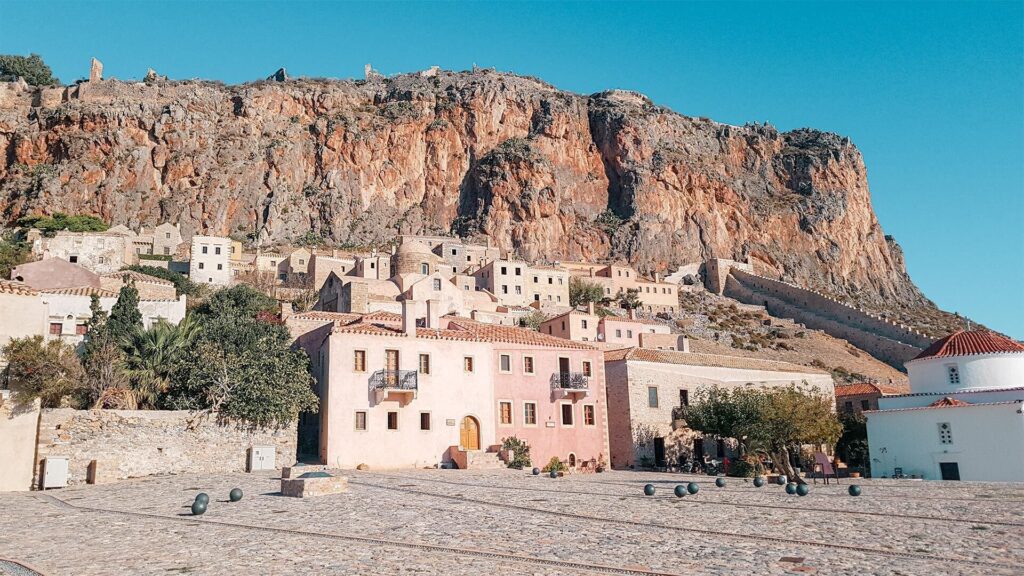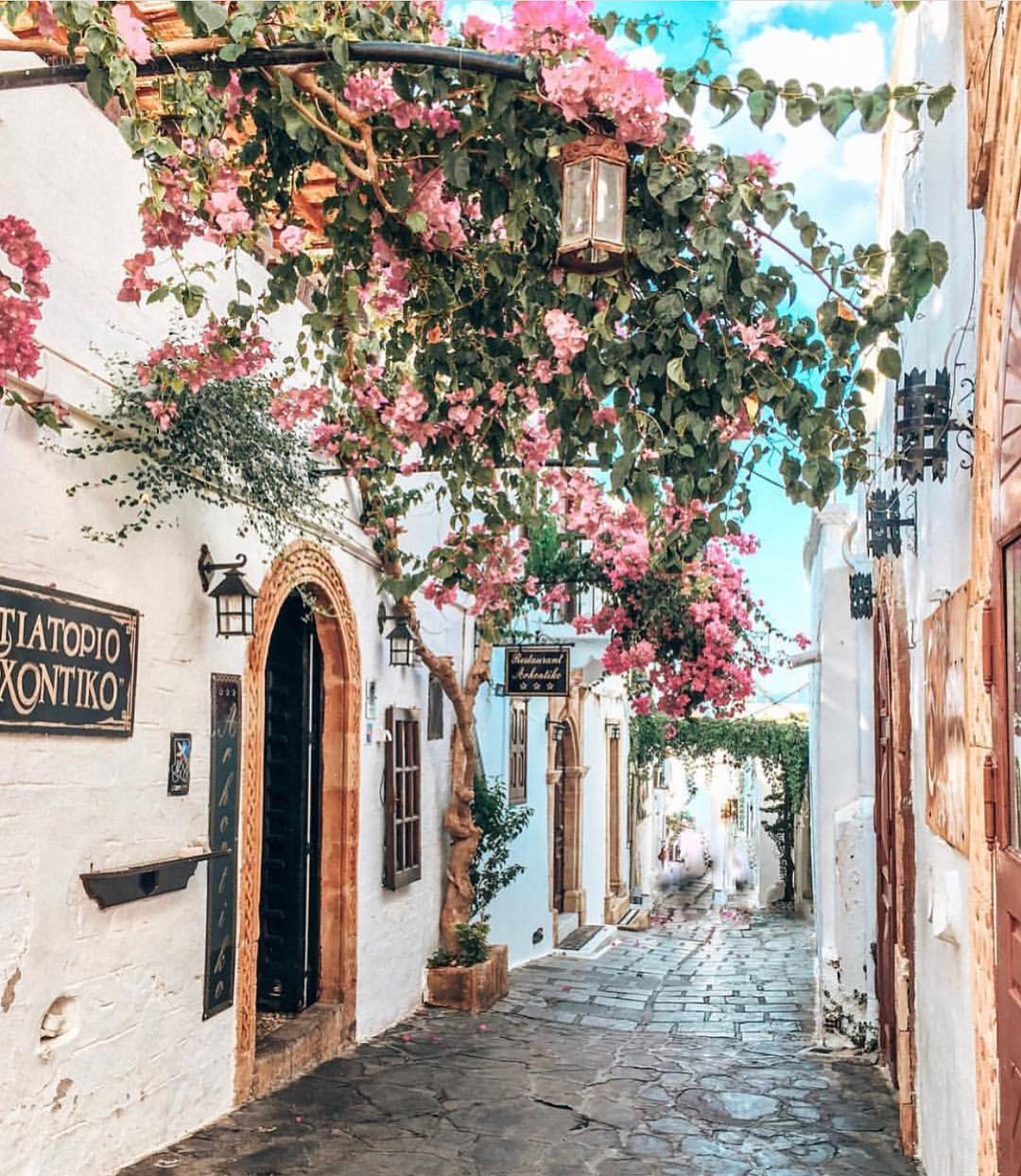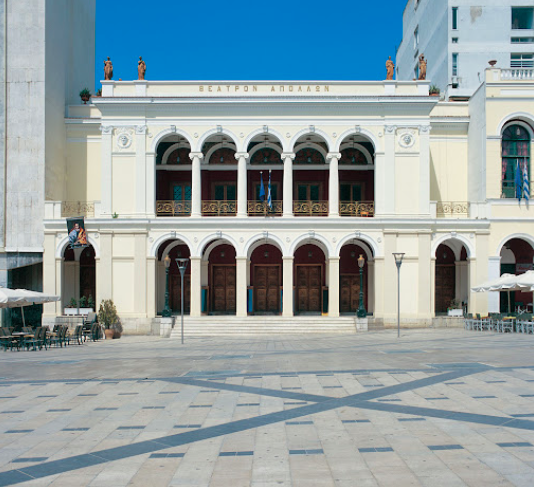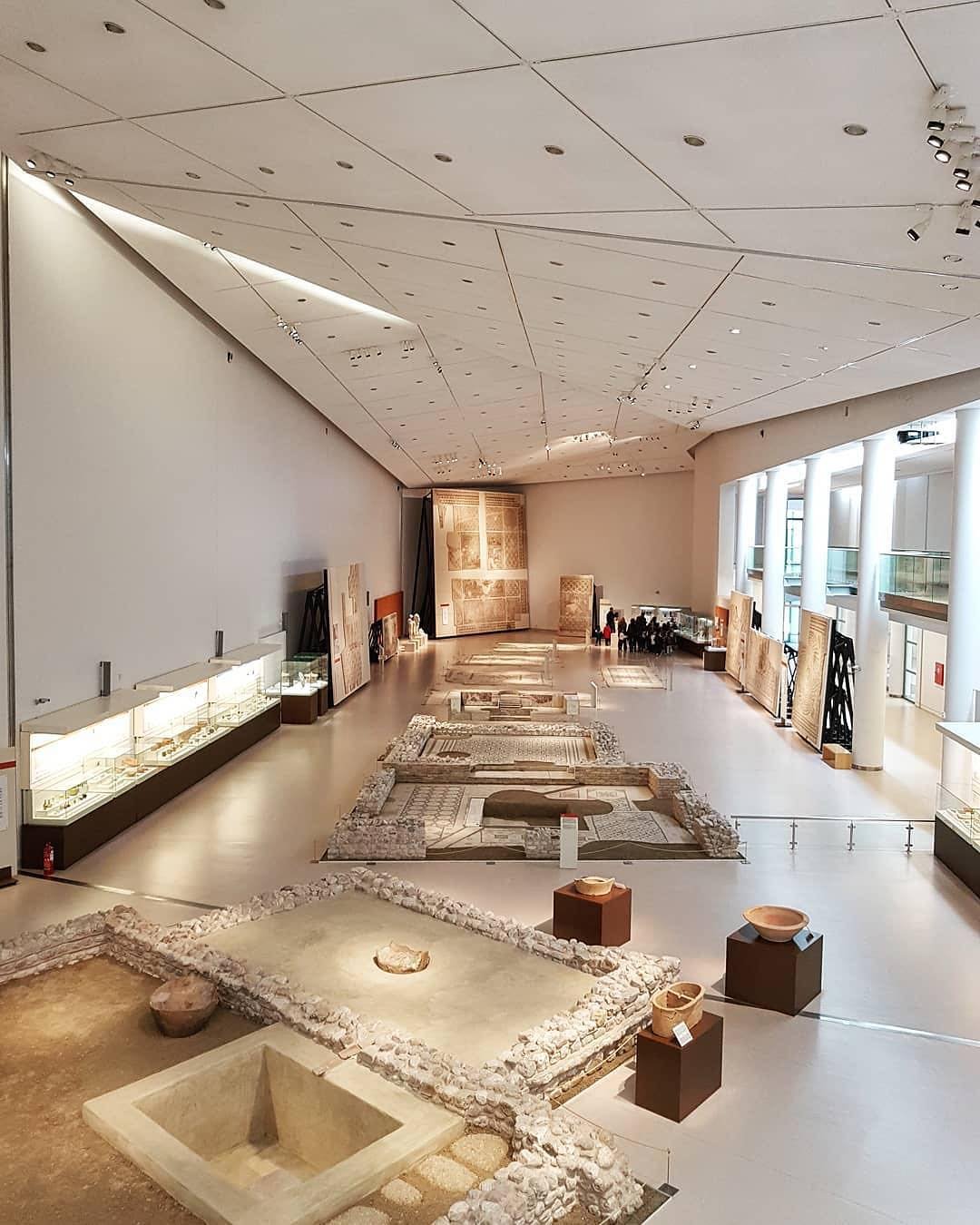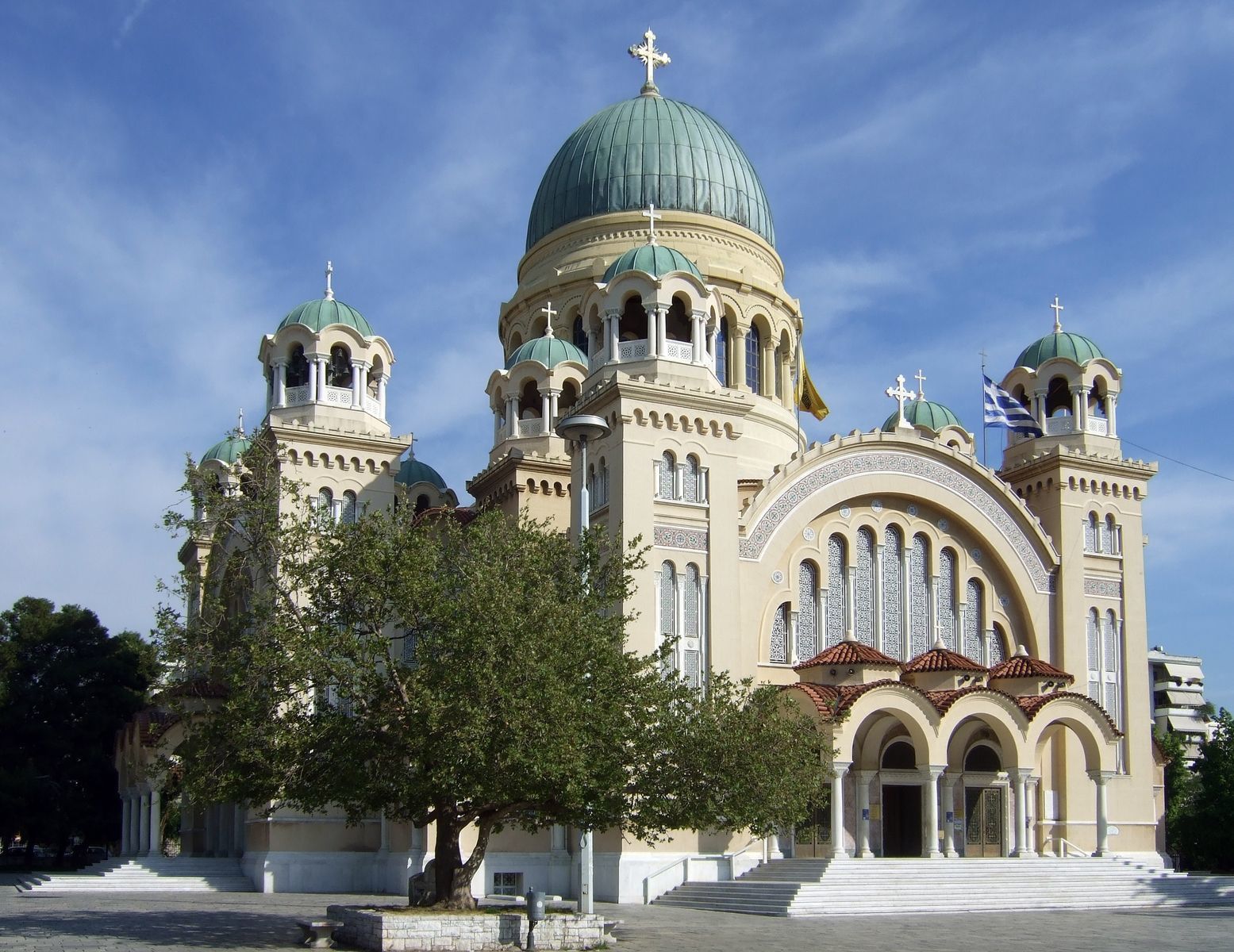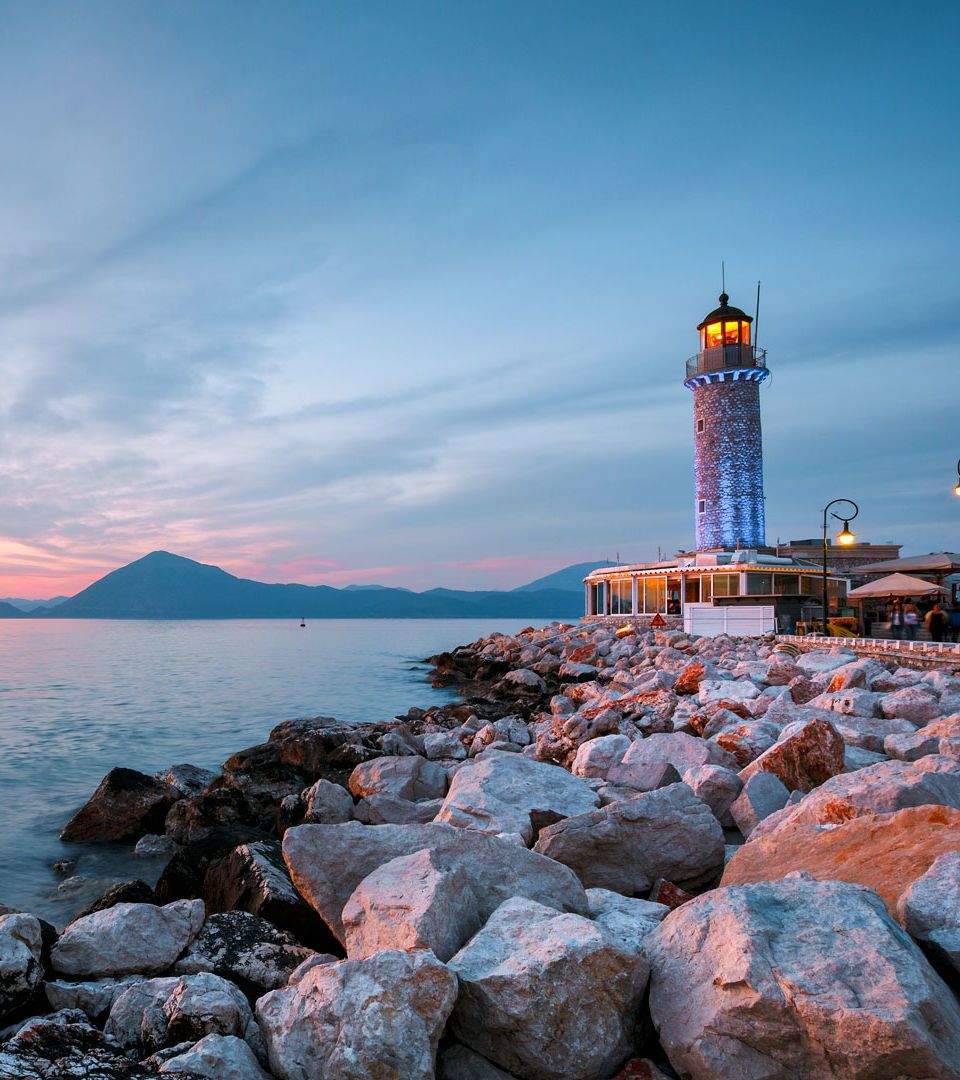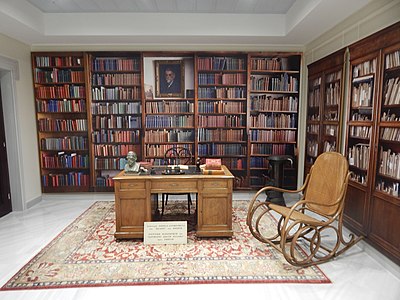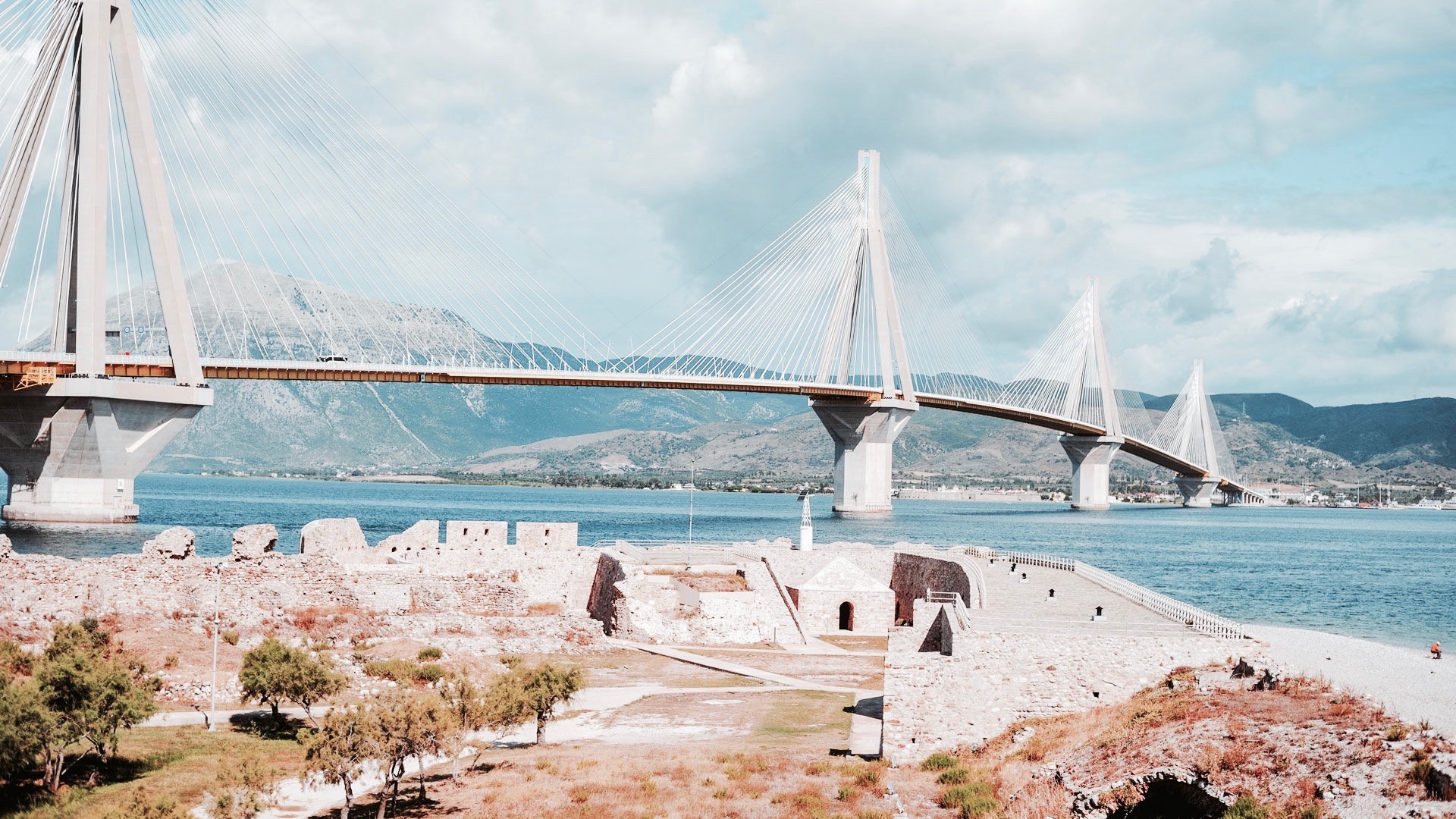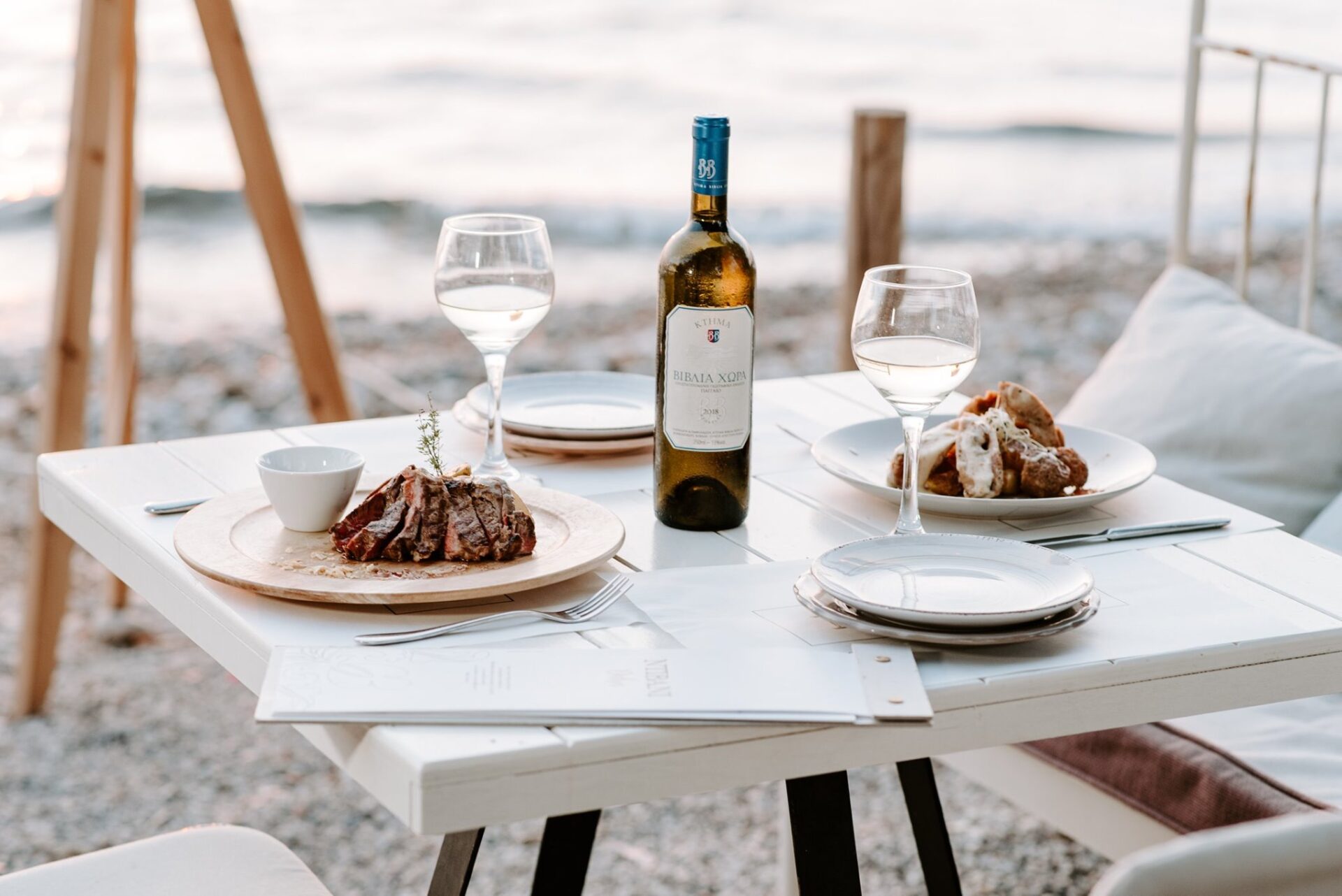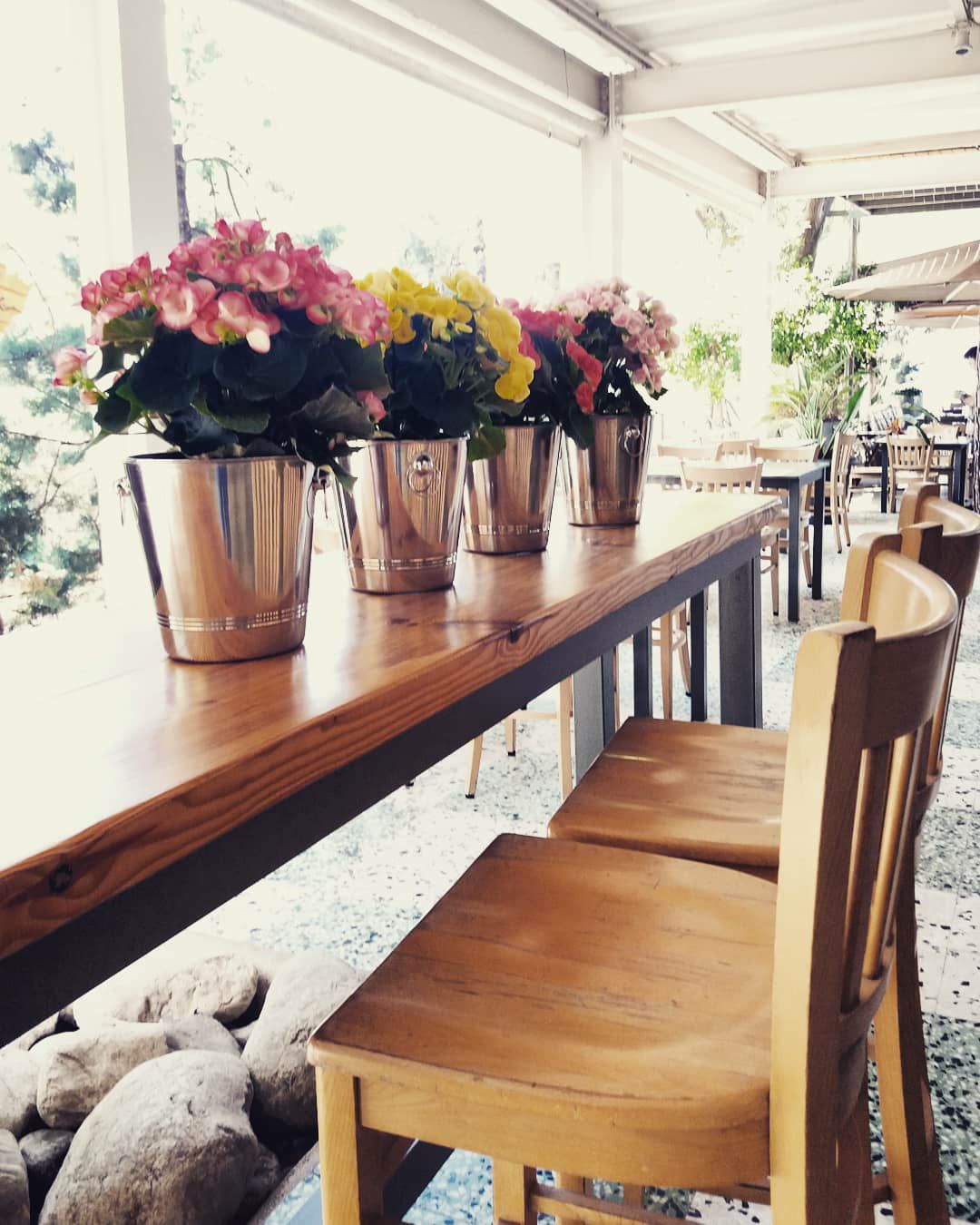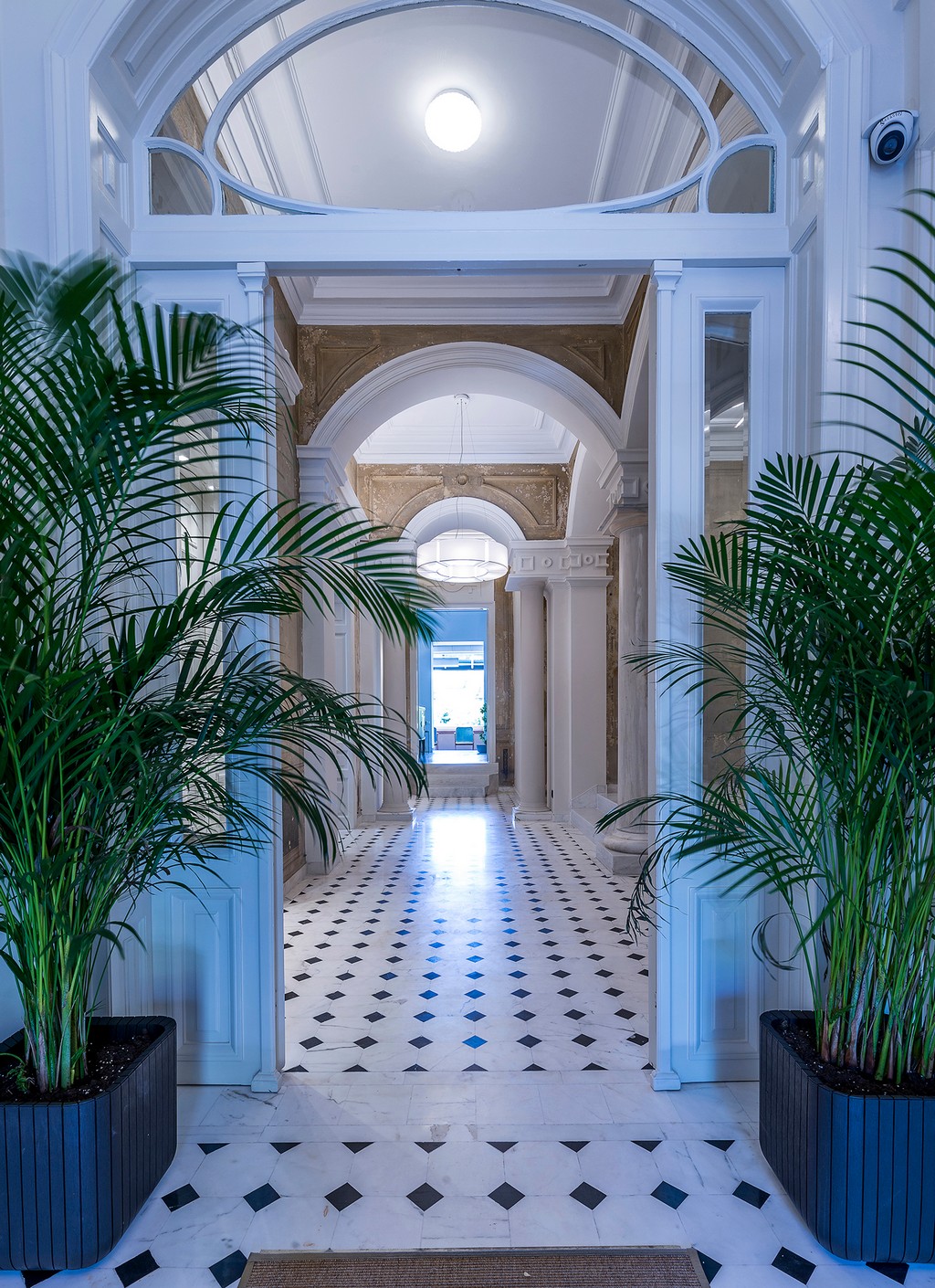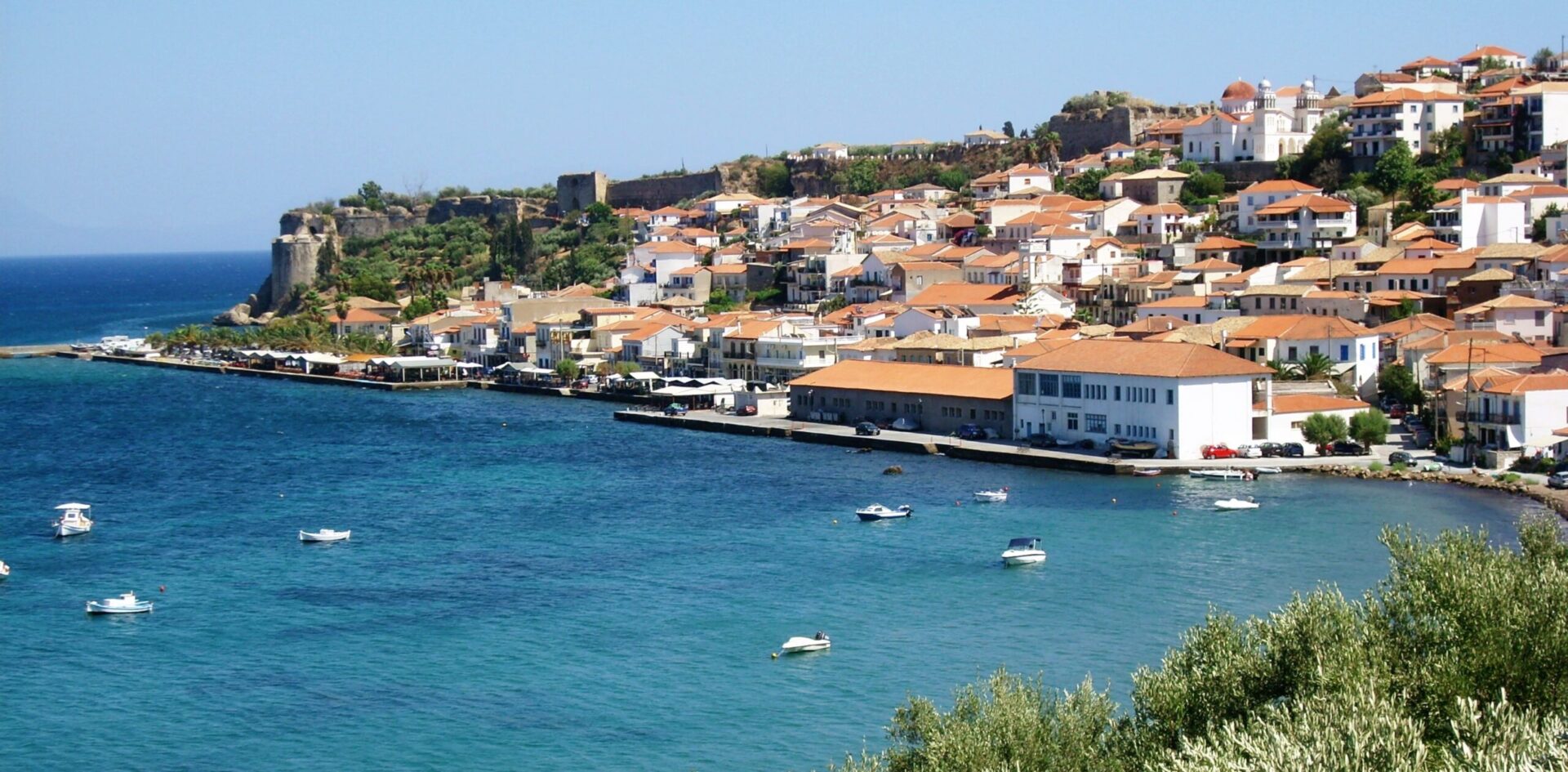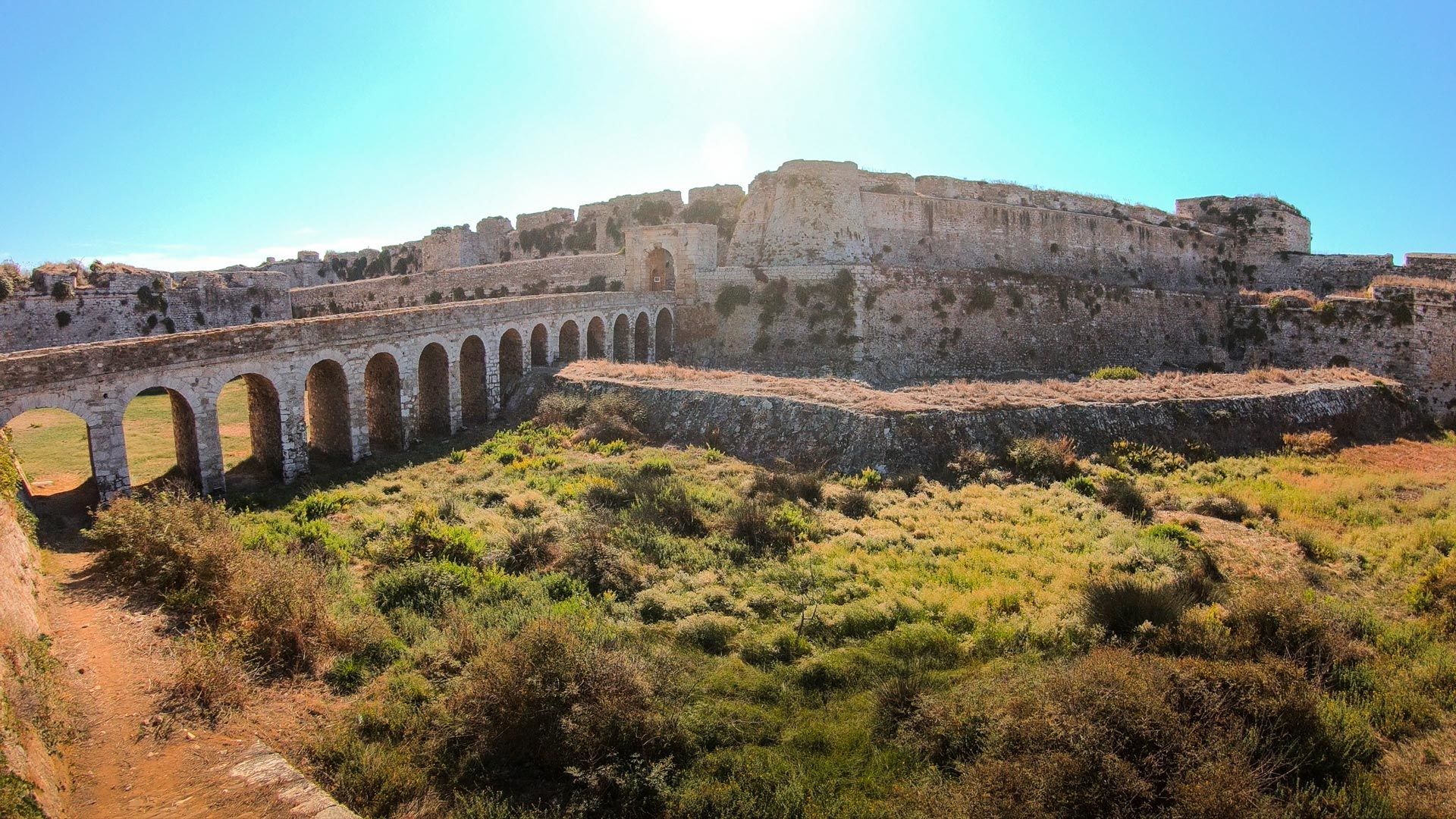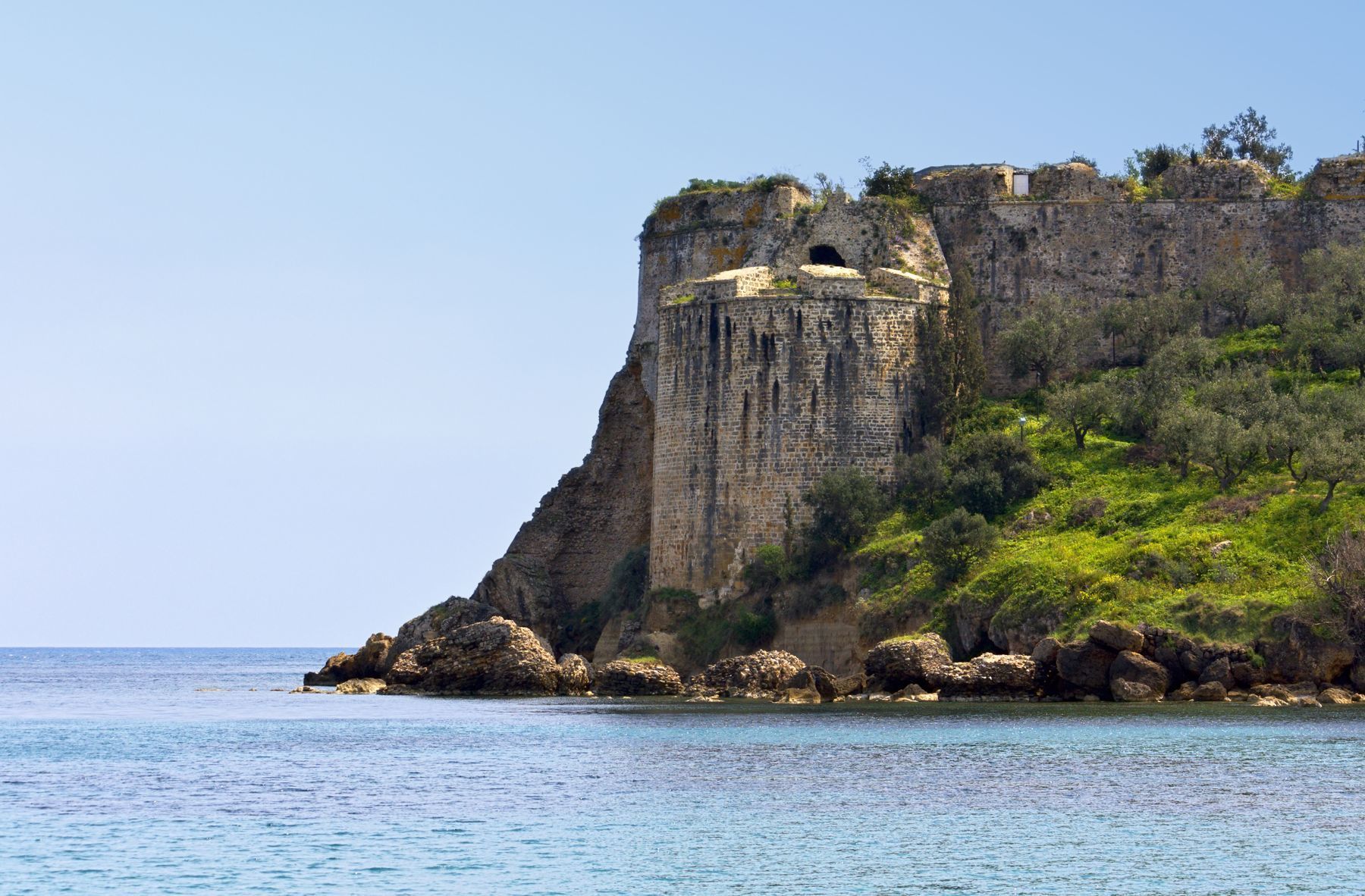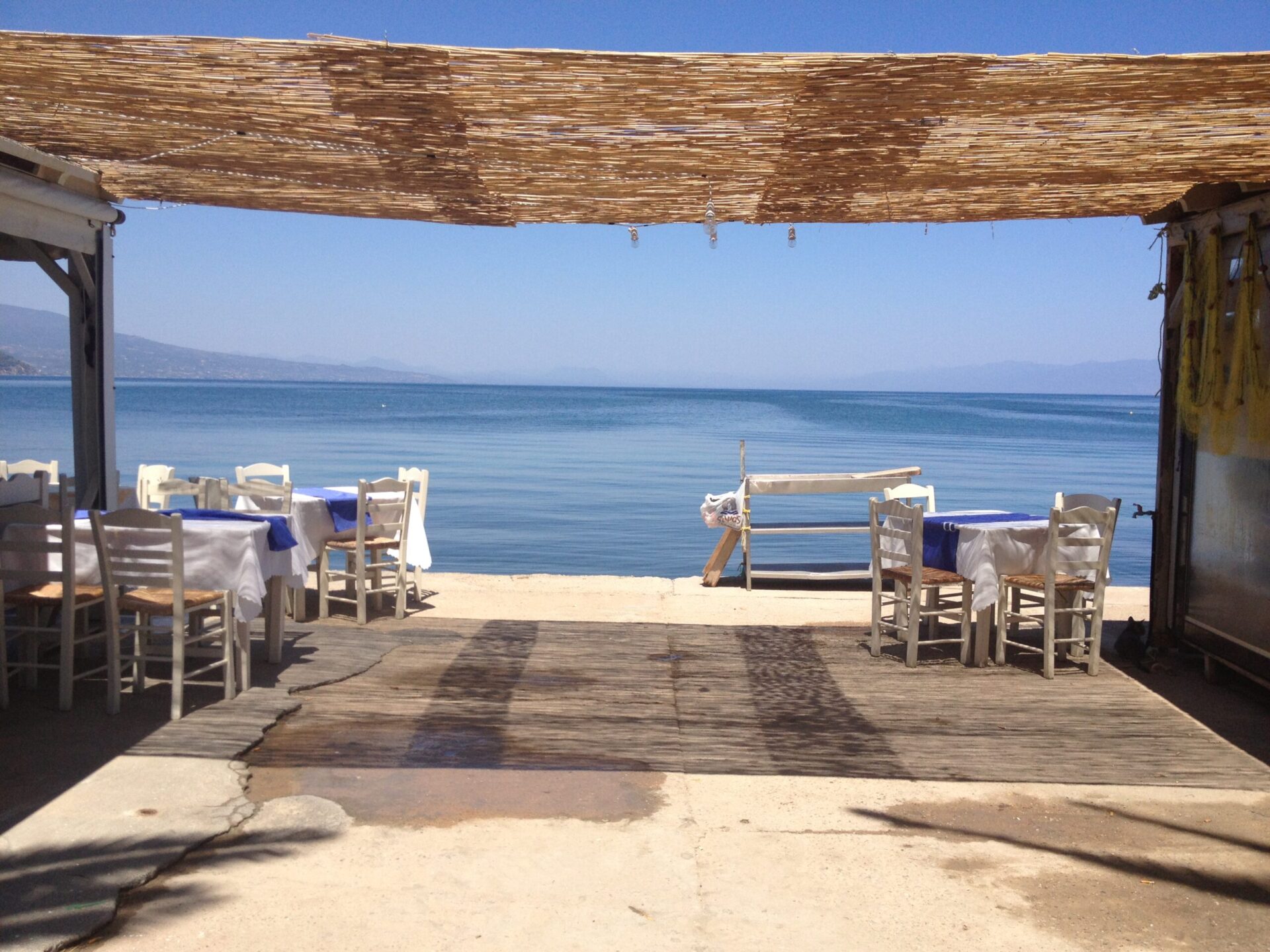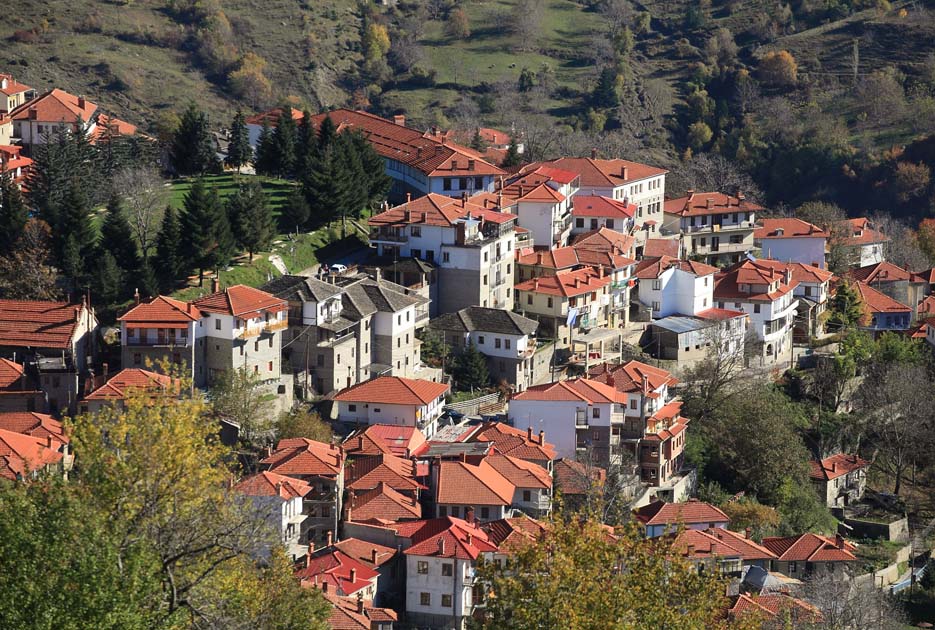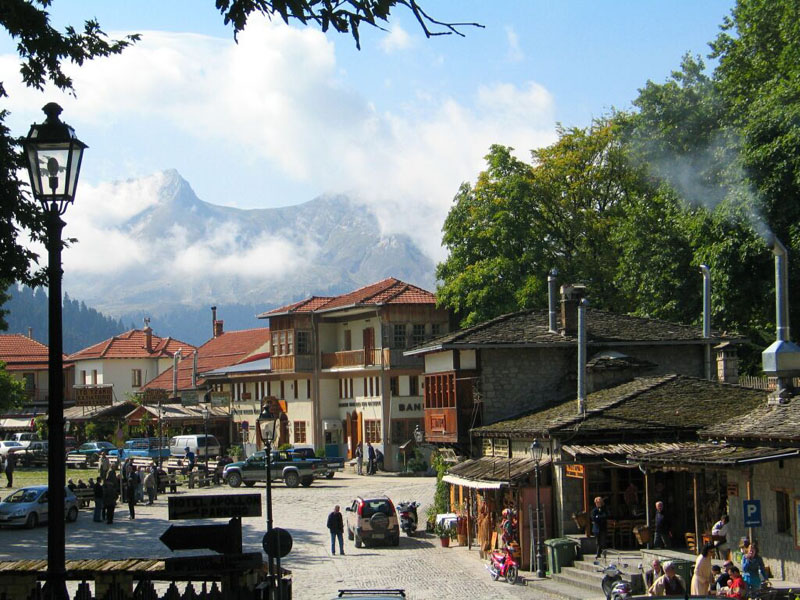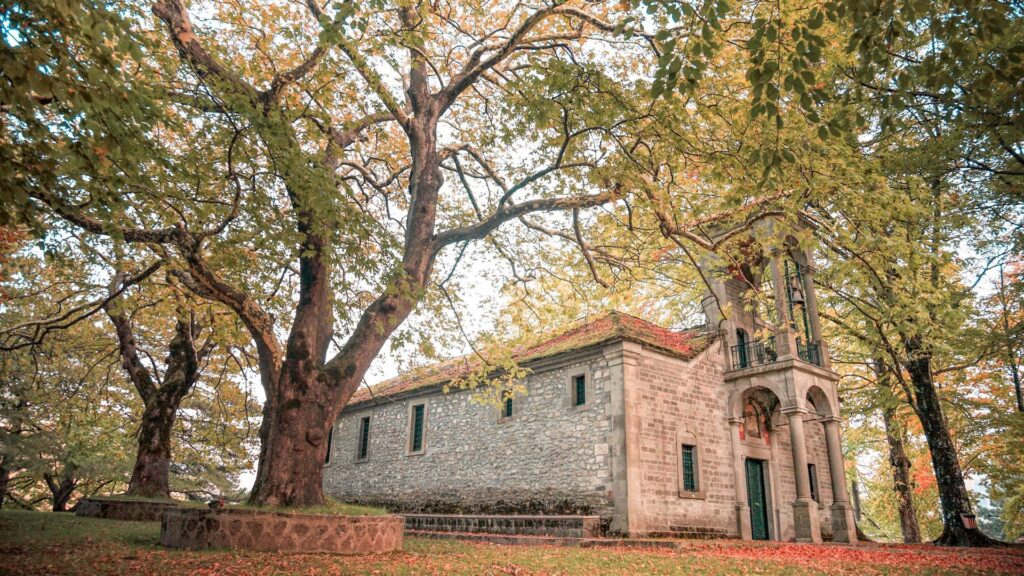Discover our complete travel guide to Trikala, a wonderful destination in central Greece, blending history, natural beauty, and warm Greek hospitality.
A model city for not only Greece but all of Europe – in recent years, Trikala has entered the tourist map and the list of interesting destinations in Central Greece, thanks to its environmentally friendly initiatives.
With a wide network of footpaths and cycle paths, the Litheos River running through the centre of town, endless outdoor activities, and a rich history – Trikala is an ideal winter escape.
Travel Notes
Perfect place for
Couples, groups of friends, and a leisurely winter weekend away.
Where to stay
In the center of the city is the best place to stay, as you can get around on foot or rent a bike and visit nearby attractions.
Where to sleep
Αnanti City Resort is a peaceful retreat a few minutes by car from the city of Trikala. (Loggaki, Trikala)
Gallery Art Hotel is a modern, boutique hotel, right in the centre of town. (Ring Road, Trikala)
Τrikala River House is a cozy and modern apartment, also in the center of Trikala. (2 Vyronos)
Vintage Suites Trikala are warm and inviting suites that are ideally located halfway between Trikala and Meteora. (EO Trikalon Ioanninon 254, Trikala)
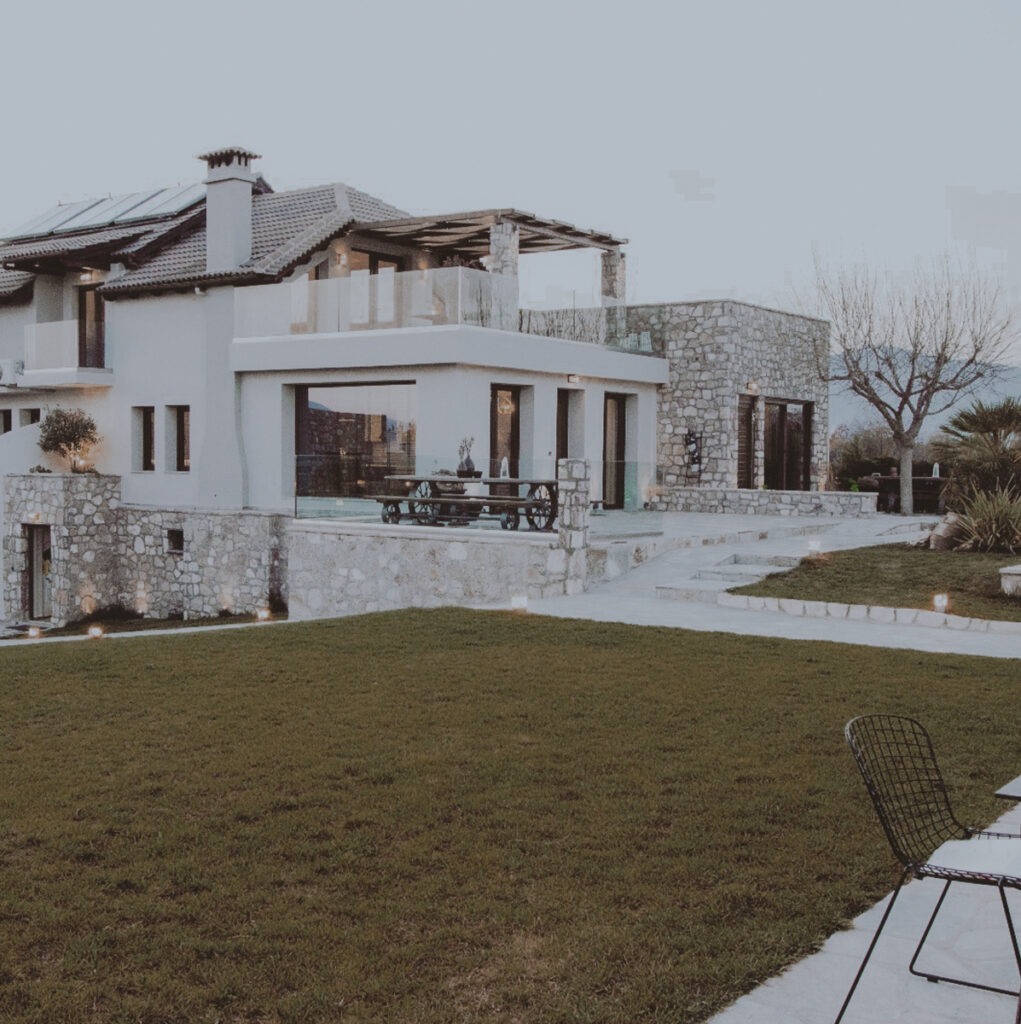
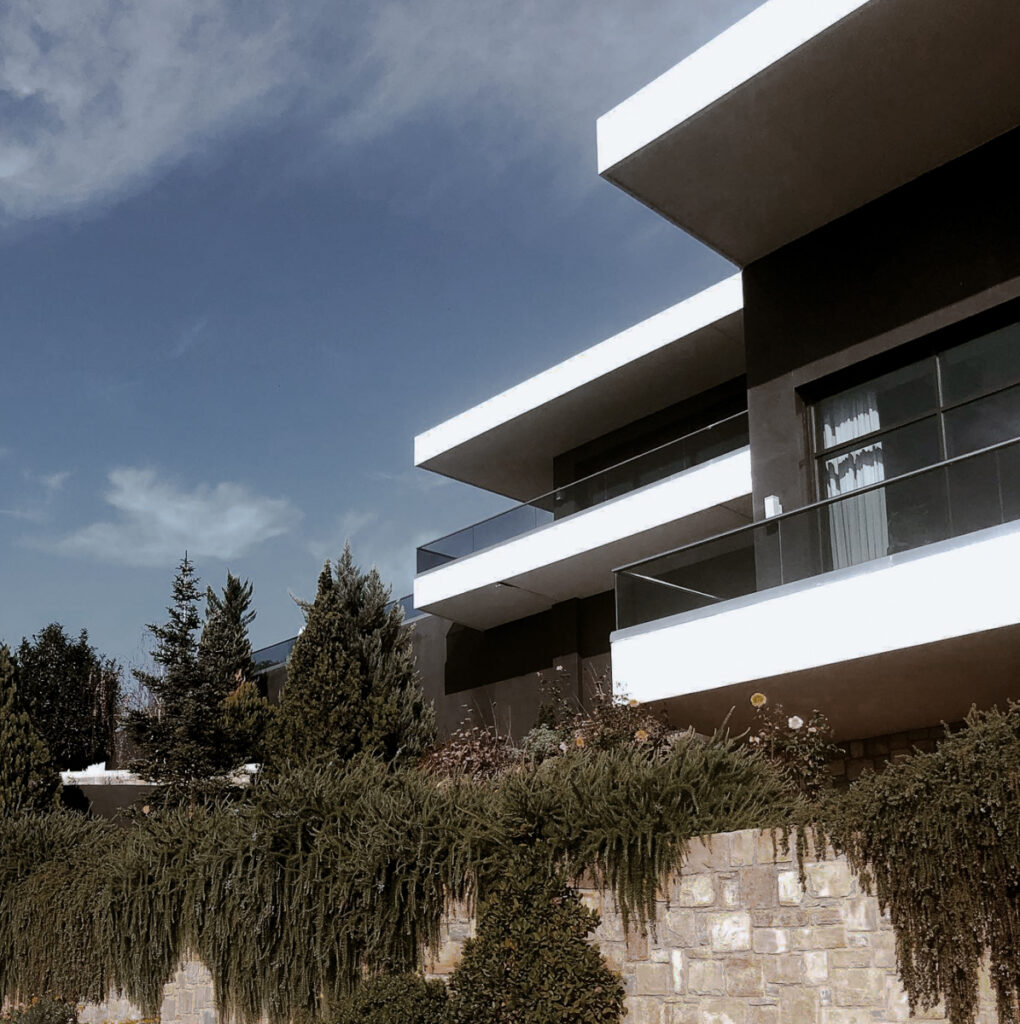
Must See + Do
Bicycle is the trend…
In Trikala, the straight lines of the plain favored the development of the use of bicycles and many residents use them to get around. The municipality offers the possibility to rent bicycles for free for 3 hours at the Infopoint in the central square of Iroon Polytechniou. Get on the saddle and get to know the city through the 8 kilometers of bike paths.
Stroll along the banks of Lithaios River
…in the company of swans, ducks and families picnicking under the trees. If we had to single out one of the things that give Trikala the atmosphere of a European city, it would be how integrated its river is in the life of the city.
Go up to the castle…
One of the most accessible castles in Greece, the Byzantine castle of Trikala was built during the reign of Justinian in the 6th AD. century. It is divided into three parts, with five towers and several small battlements between them. What stands out, however, and steals the show is the Clock Tower, now a symbol of the city of Trikala. The 33-meter tower was built in 1936 on the site of an equally large Ottoman clock, dating from 1648.
Walk around the Manavika neighbourhood at night
Perhaps the coolest neighborhood of the city, here you will find some of the best taverns and bars.
Take a tour of Meteora…
Even if your time is limited, the road leads you up – although the walking route is worth the effort and time if you can spare it.
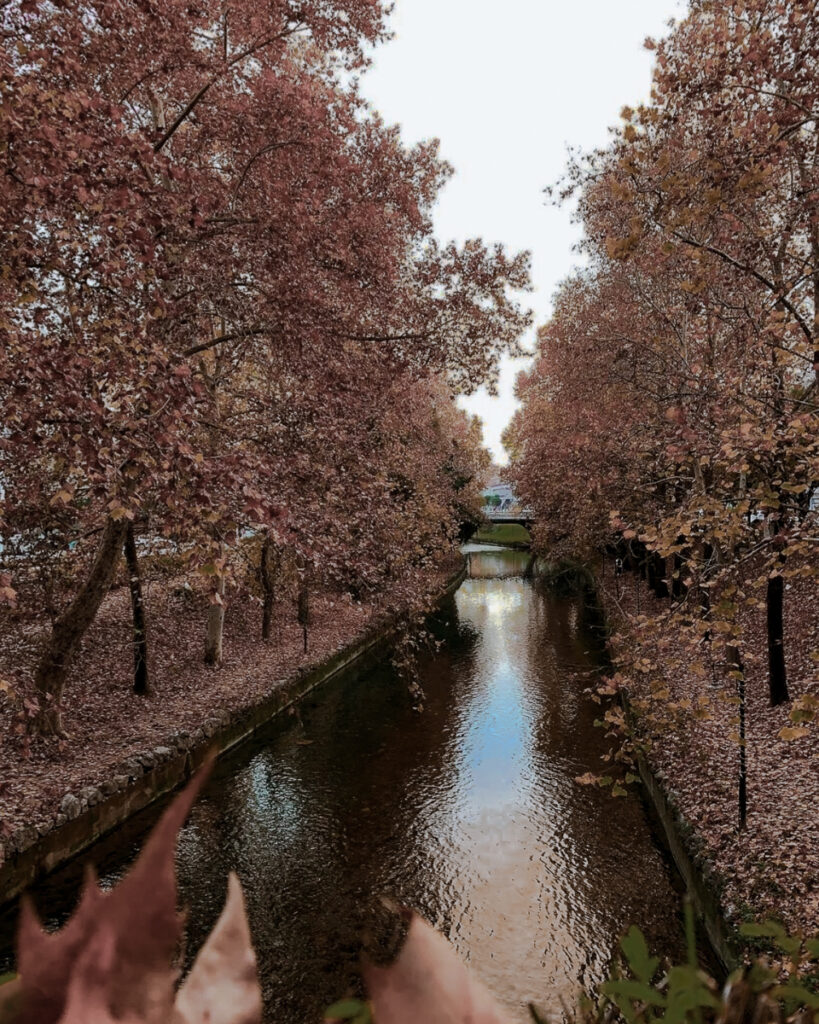
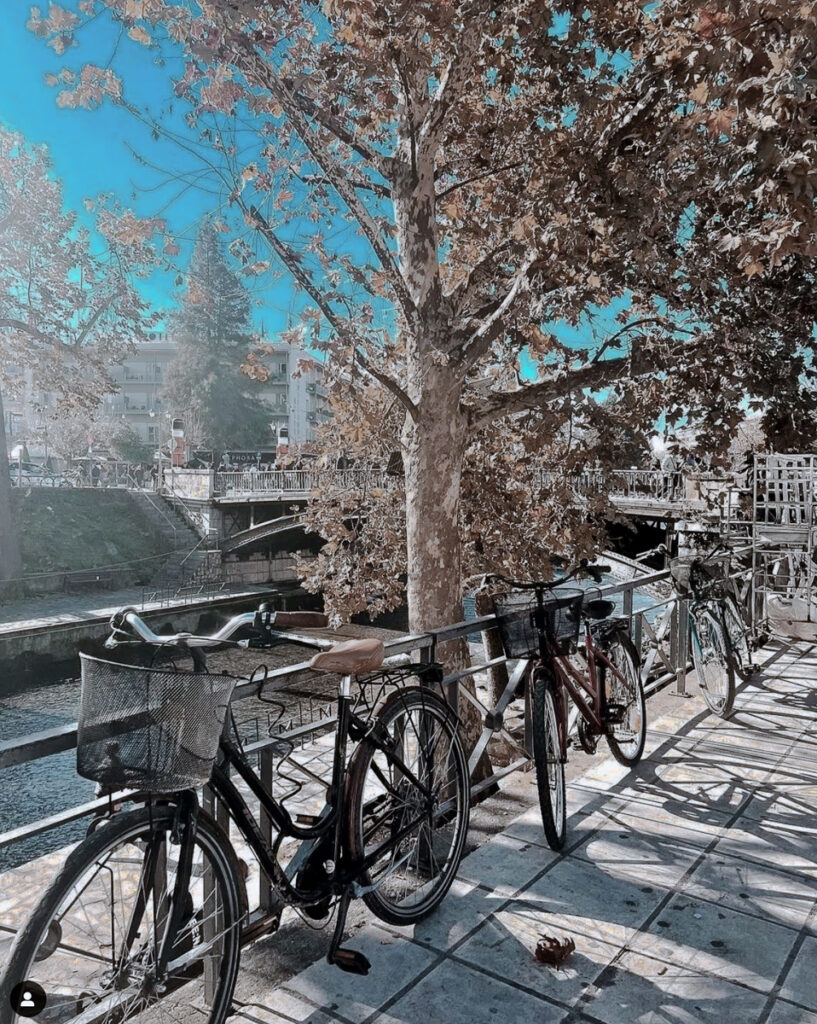
Cultural Hotspots
In the centre of town, there is the Kliafa History and Culture Center, an industrial museum which, in addition to the old mechanical equipment of the factory, also exhibits a large collection of bottles, labels and caps from all over the world, correspondence, photographs, paintings and old advertisements. In addition, in a separate room, there is a museum of local history in which the recent history of the city is presented through texts, manuscripts, old photographs, and small objects. Finally, on the walls are posted covers of local newspapers, photos of journalists and printers and various interesting collections. (Homer & Themistocles)
The “Research Center – Vassilis Tsitsanis Museum” is housed in the building of the old Trikala prison and here, through the exhibits, you will get to know the life and work of the great Greek composer and lyricist. Photographs, musical instruments, sheet music and personal items will take you on a journey through the fascinating life of Vassilis Tsitsanis. (1 Venizelou & Karditsis Trikala)
Do not miss visiting the imposing mosque of Osman Shah or Kursum. It is on the edge of the city and was built in the middle of the 16th century by the famous architect Sinan Pasha. Tradition has it that Prince Osman Shah, son of Sultan Suleiman, gave the order to build the mosque when he was cured in Trikala of the illness that afflicted him. It is considered a UNESCO monument and is used as a venue for cultural events. (3 Karditsis, Trikala)
Special Christmas Hotspot
During the festive season, the hottest attraction in Trikala is the Mill of Elves, Greece’s largest Christmas theme park. Every Christmas since 2011, this area has been transformed into a festive toy and confectionery factory, where Santa Claus and his Elves welcome guests from near and far, turning the space into a magical kingdom. There you will also find a huge Fun Park with rides, Christmas stores with lots of ornaments, food stalls with a variety of traditional dishes and delicacies from Trikala and a Candy store with lots of delicious sweets.
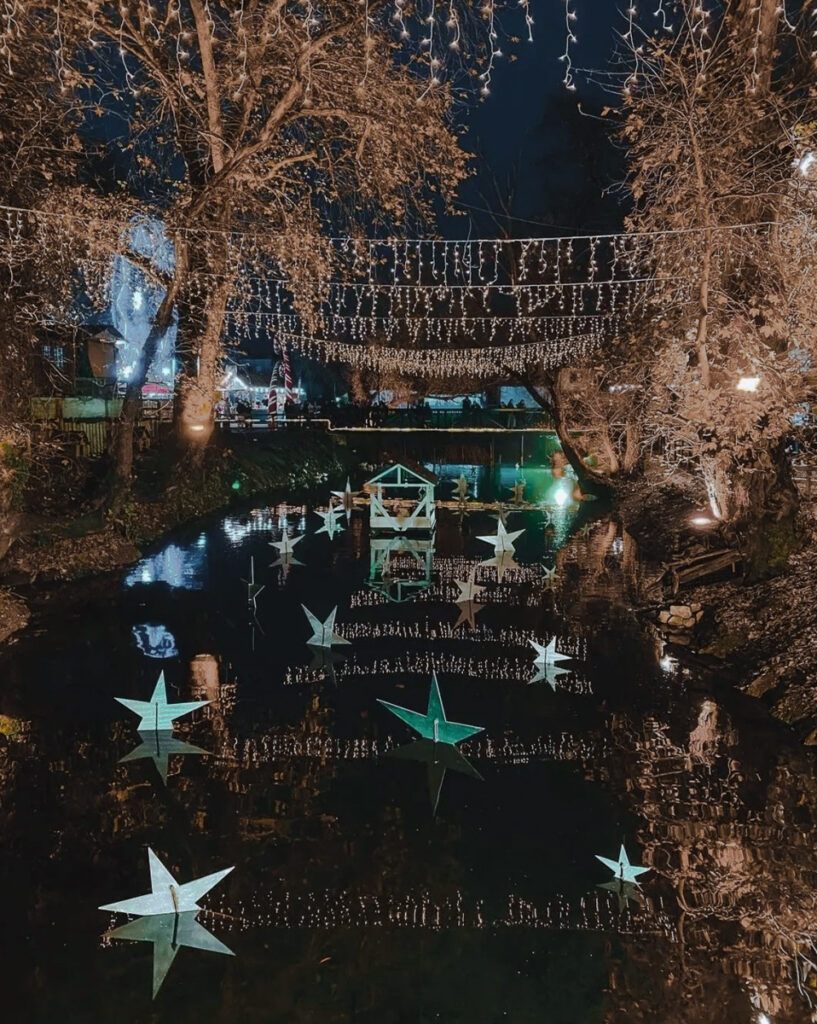
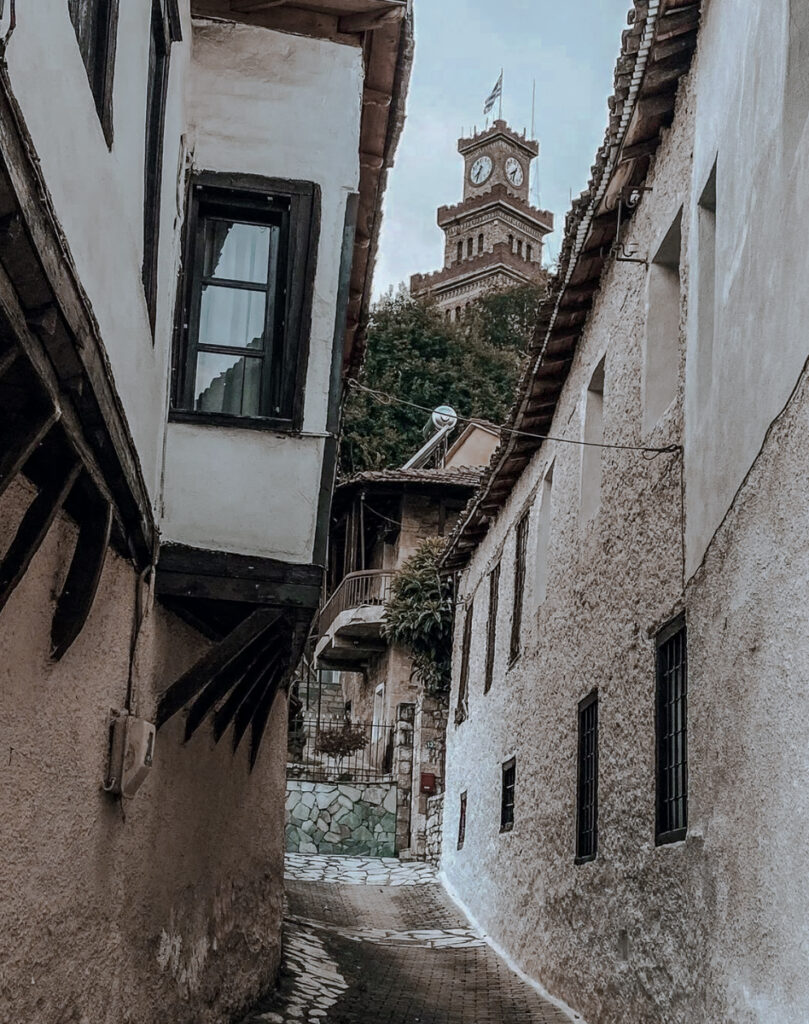
Eat + Drink
Breakfast/Brunch
Bonjour ( Canouta & Vironos, Trikala) A cozy coffee shop that serves a variety of quality coffee types and brunch choices (sweet or sour) to choose from.
Sto Spitaki (Lakmonos & Psaron Trikala 421 00) In the centre of town is the best place to start your day with a cup of coffee and a delicious breakfast.
Vesper (9 Karanassiou, Trikala 421 00) A beautiful old house preserved with a warm atmosphere, friendly staff and a menu for breakfast lunch and light meals all day.
Ivy (Kapodistriou 18A, Trikala 421 00) This cozy cafe has a warm and inviting ambiance, with wooden furniture, dim lights, and relaxing music.
Lunch/Dinner
To Xani (Pylis 2, Trikala) It is considered one of the oldest buildings in the city, also known for its unique modern-traditional architecture. Xani provides traditional flavours and a wide variety of wines. Must try: Pork shank, Fried leeks
Ιl Cucinotto (Karaiskaki 65,4210 0) is a restaurant with authentic Italian cuisine, a warm atmosphere, and a nice garden. Must try: risotto and buffalina con crudo.
Ladofanaro (Ypsilantou & Trikala) cozy traditional tavern with great flavors and traditional Greek dishes. Must try: any of the mezedes with pork.
Sweets
Narkissos (Ypsilantou & Kaningos, Trikala) Step inside this pastry store and be blown away by the gorgeous displays of decadent desserts and handmade cakes. Drink hot chocolate, try sweets with fresh cream of butter and milk and select sweets placed in pretty jars that you can take away and enjoy!
Drinks
Retous (Byronos 5, Trikala 421 00) An urban-style all-day bar, it’s one of the most popular spots in town and perfect for an unforgettable night out.
Krypti (Patriarchou Office, Trikala 421 00) Perfect spot to have a drink any time of day.
Pero (Stefanou Sarafi 4, Trikala 421 00) Unique bar playing funky music and serving original cocktails.
Tankoo (Stefanou Sarafi 6, Trikala) One of the best spots to enjoy an aperitivo– great décor, an impressive cocktail list, and jazz-rock music playing.
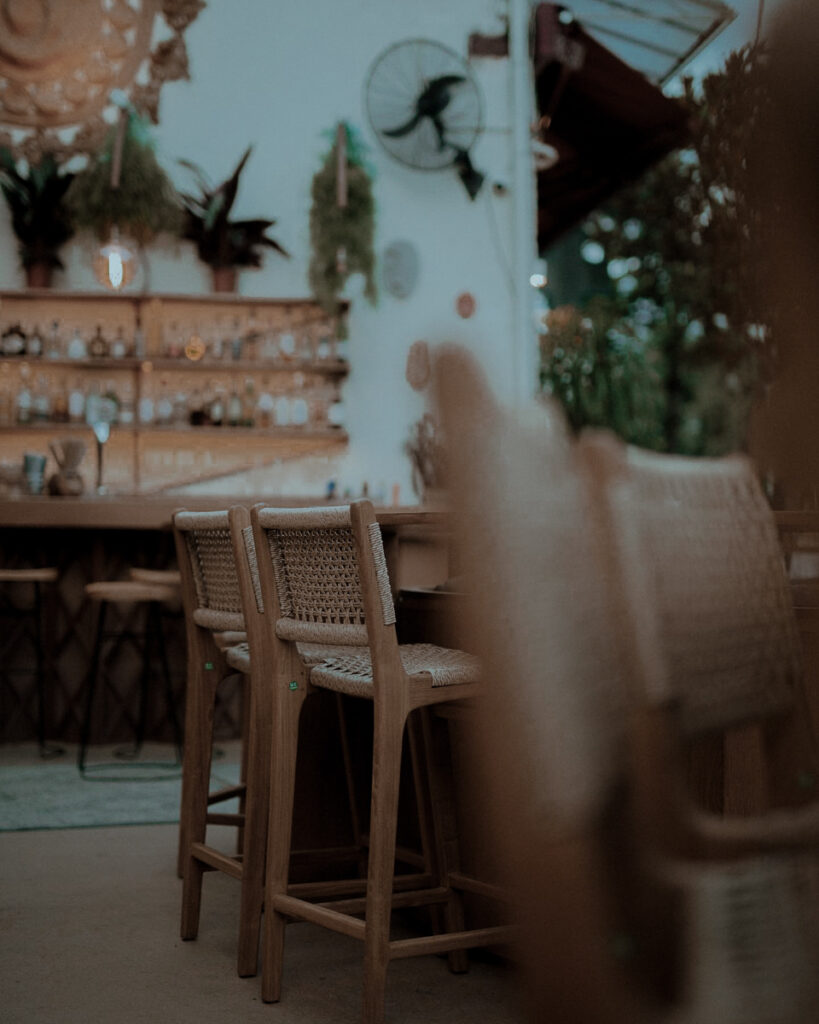
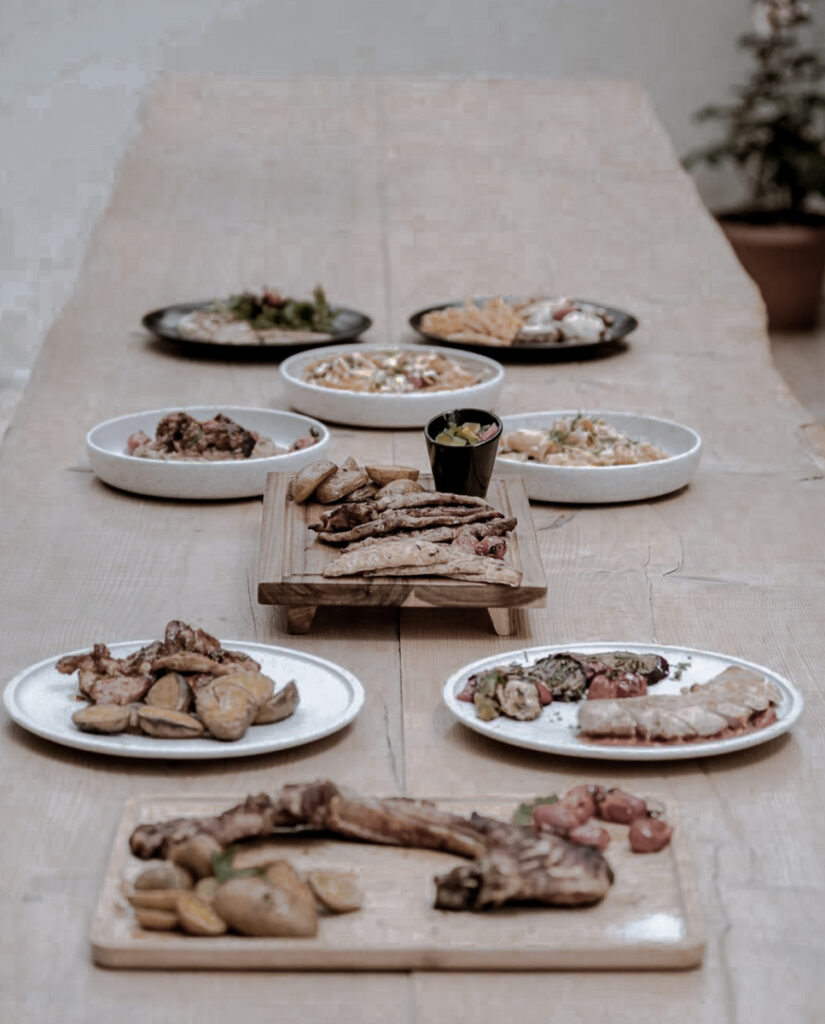
Discover
Best view
Climb up to the Byzantine Castle of Trikala and the Clock, a trademark of the city. The red roofs of the houses will stretch out in front of you and the horizon will not reach to accommodate the flat Thessalian plain.
Ultimate day trip
Meteora
One of the largest monuments in the world, protected by UNESCO and mentioned as a “Preservable and Protected Monument of Humanity”, Meteora is the most important (after Mount Athos) monastic centre in Greece. The first ascetics came here in the 11th century. Meteora, however, flourished as a monastic center between the 13th and 14th centuries as many people living in the nearby areas embraced the monastic lifestyle. Nowadays visitors are enthralled by the natural scenery and the fact that it is a place that offers all kinds of activities: from cultural tours and hikes to river rafting and truffle hunting. What you will remember, however, is the mystical, eerie atmosphere of the area that seems to have come out of a fantasy movie. You must see them for yourself to understand the greatness of this unique place. For even more impressive images, we suggest you observe the rocks and monasteries of Meteora at sunset-golden hour.
Pertouli
Pertouli is the picturesque mountain village of the Trikala prefecture. It is a highly recommended getaway for nature lovers as the area provides you with unique experiences that you will hardly find anywhere else. A wonderful ski resort and hiking trails are some of the many things that will enchant you in the area. Another place you must visit when you arrive in Pertouli is the forest which is the University Forest of Pertouli- here you will have the chance to admire a rare species of deer.
Theopetra Cave
The Cave of Theopetra is a unique archaeological monument. One of the most interesting caves in Greece from a historical point of view, it is located a stone’s throw from Trikala. A rocky limestone mass rises above the village of Theopetra, 3 km from Trikala, on the north-eastern side of which is the cave of the same name. It is the westernmost prehistoric site of the Thessalian plain, located at the foot of the Hasia mountain range, which is also the natural boundary between the geographical division of Thessaly and Epirus. The cave is about 100 meters (about 328.08 ft) altitude from the plain’s surface and 280 meters (about 918.64 ft) from the sea’s surface. In front of the cave flows the river Litheos, a tributary of Pinios.
Make sure you take home: local products such as the tsipouro, spoon sweets, pies, handmade pasta, and dried mushrooms.
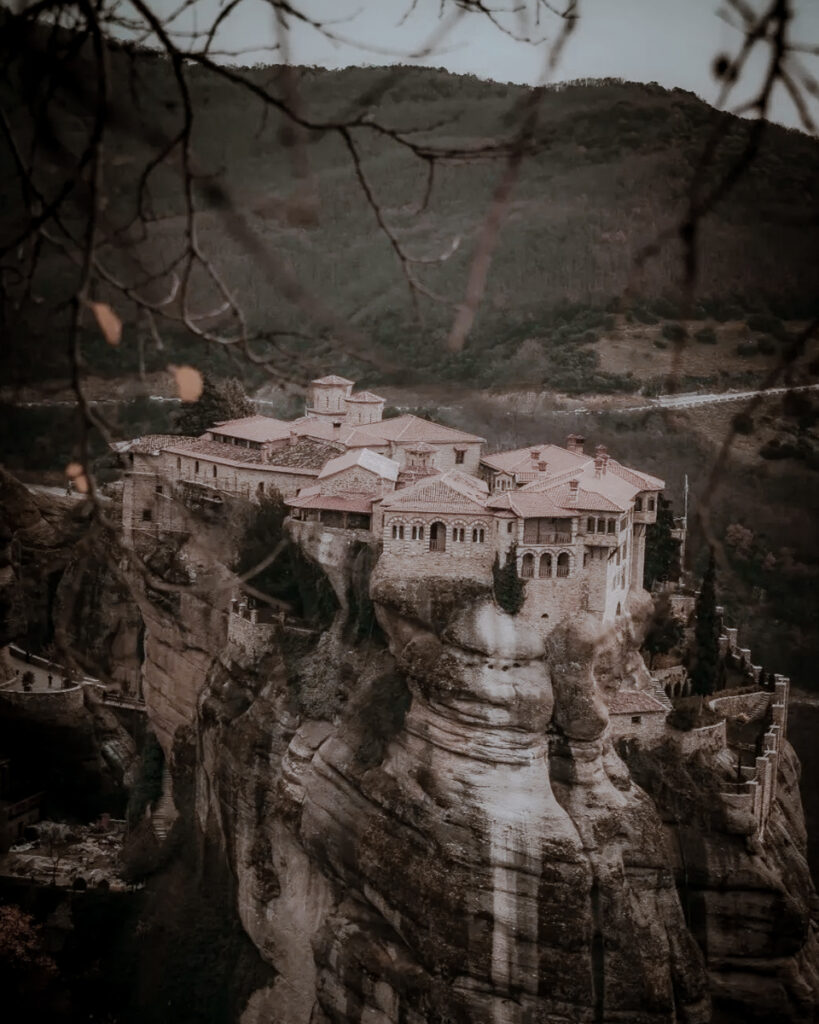
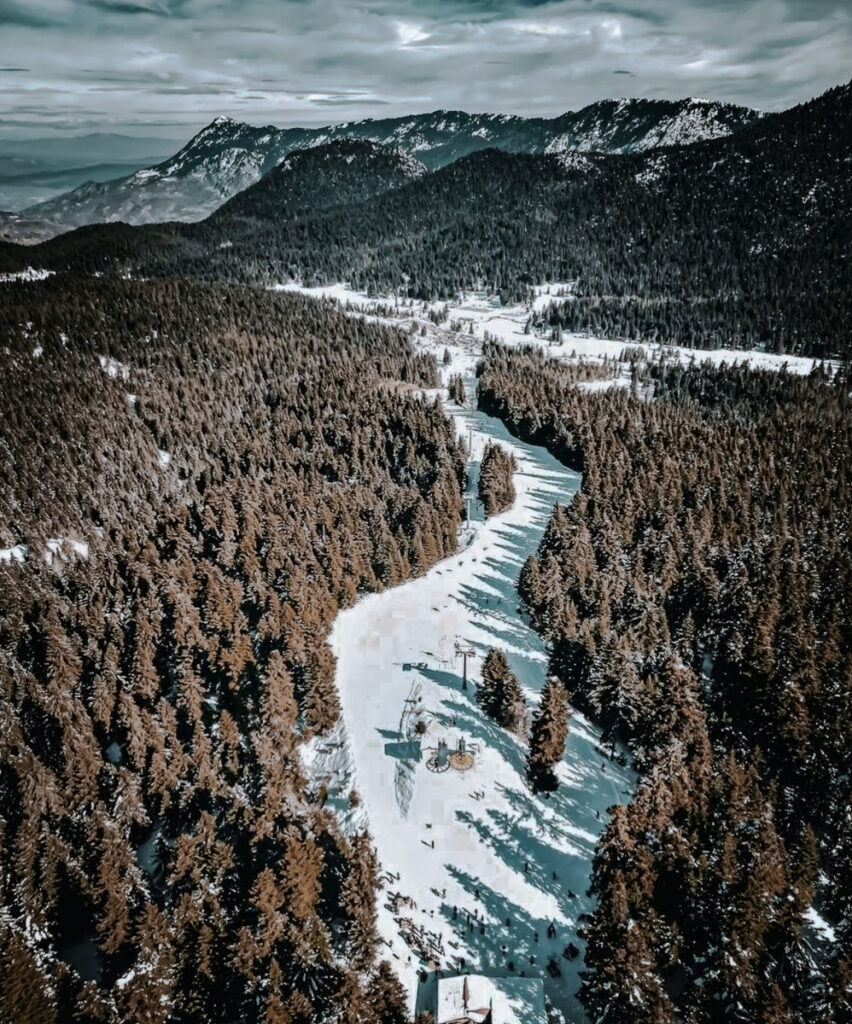
Essentials
Getting there: About 3.5 hours drive from Athens.
Best time to gο: Autumn/ Winter
Ideal time to stay: 2-3 days is perfect.
Getting around: Rent a bike or walk all around the city. Also, we highly recommend you rent a car for daily trips and a Meteora getaway.
What to pack: Comfortable shoes, warm clothes if you are visiting in Autumn/Winter (it gets quite cold in the cooler months), an umbrella for unexpected rain, and a scarf for windy days! Sporting attire if you are planning cycling, hiking, or any other physical activity!
Main Image Courtesy of Tankoo

